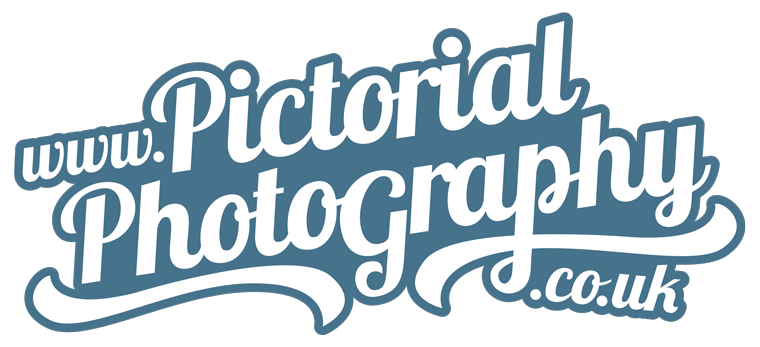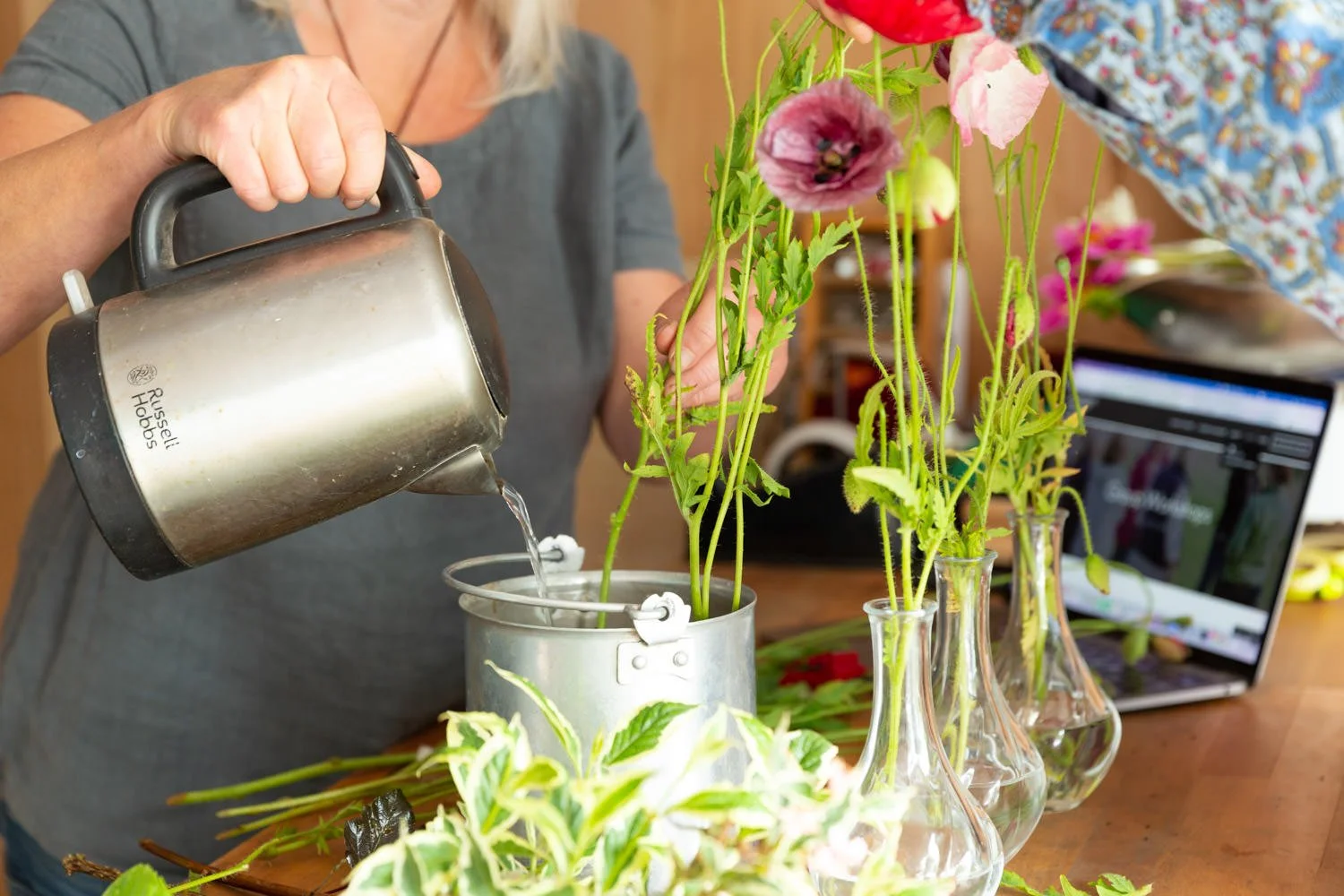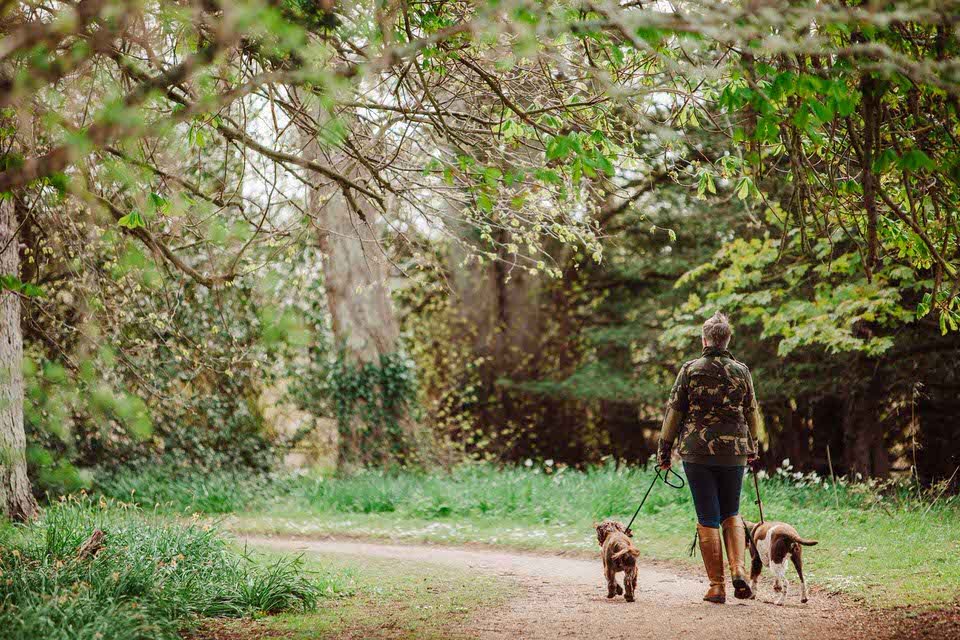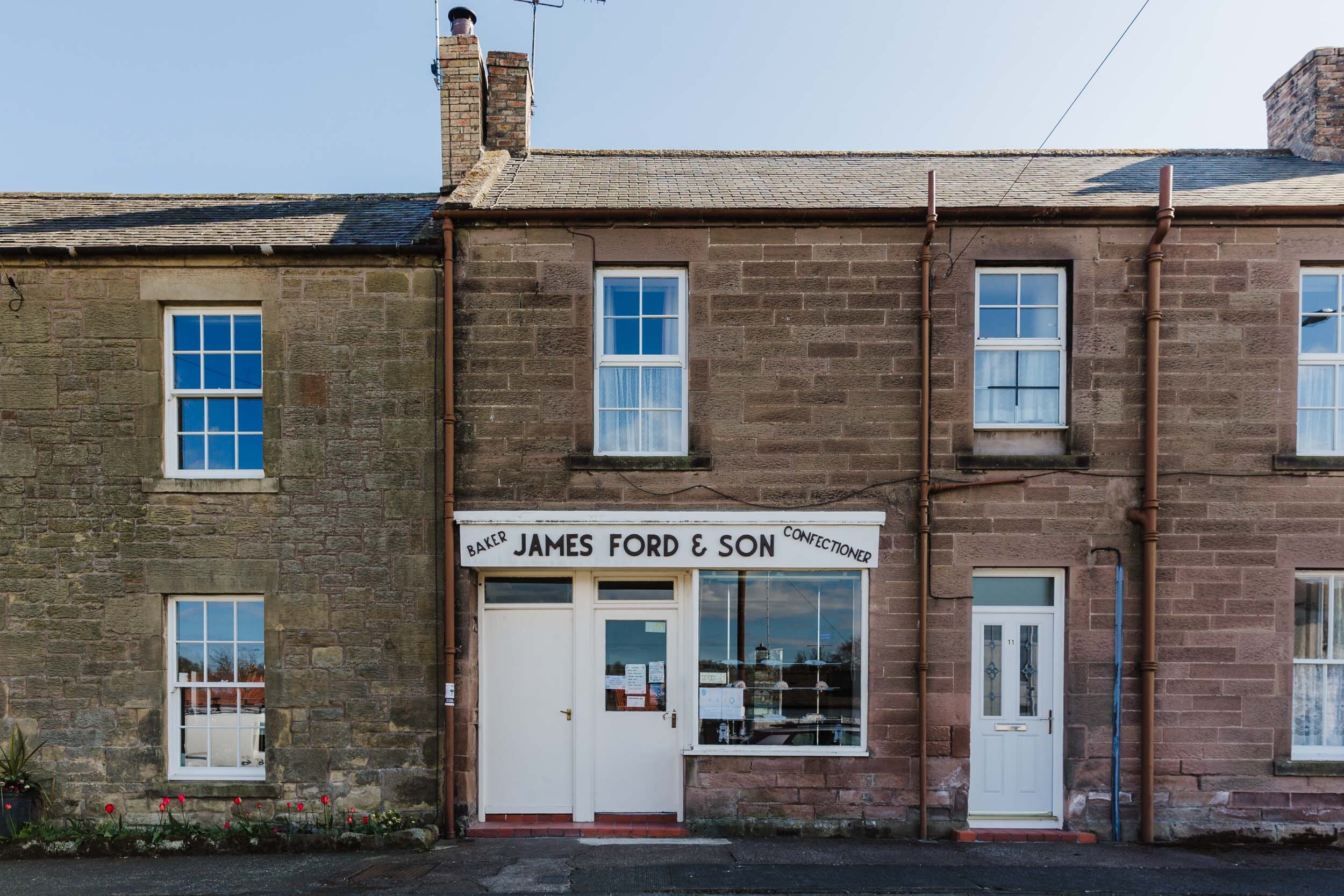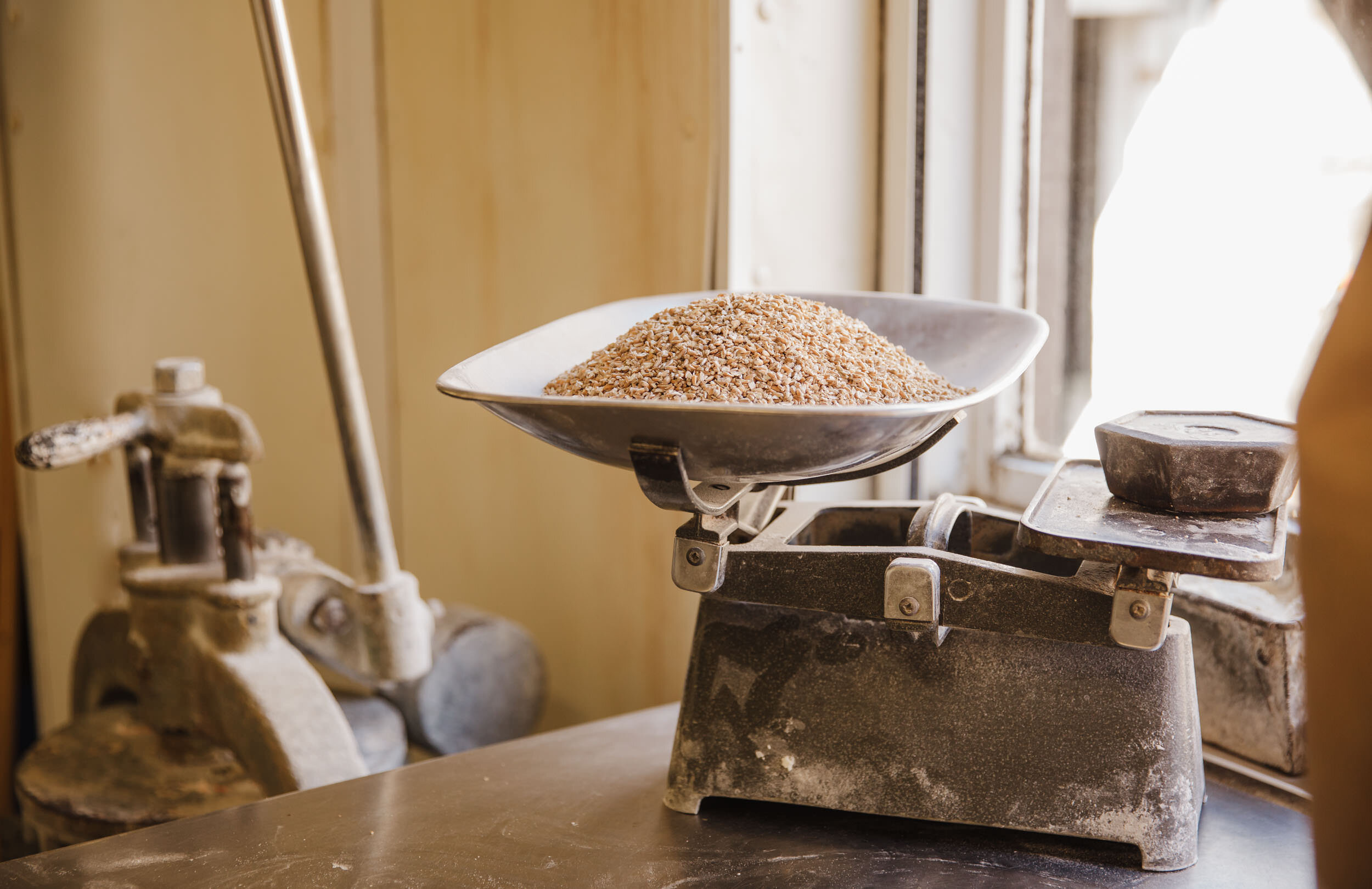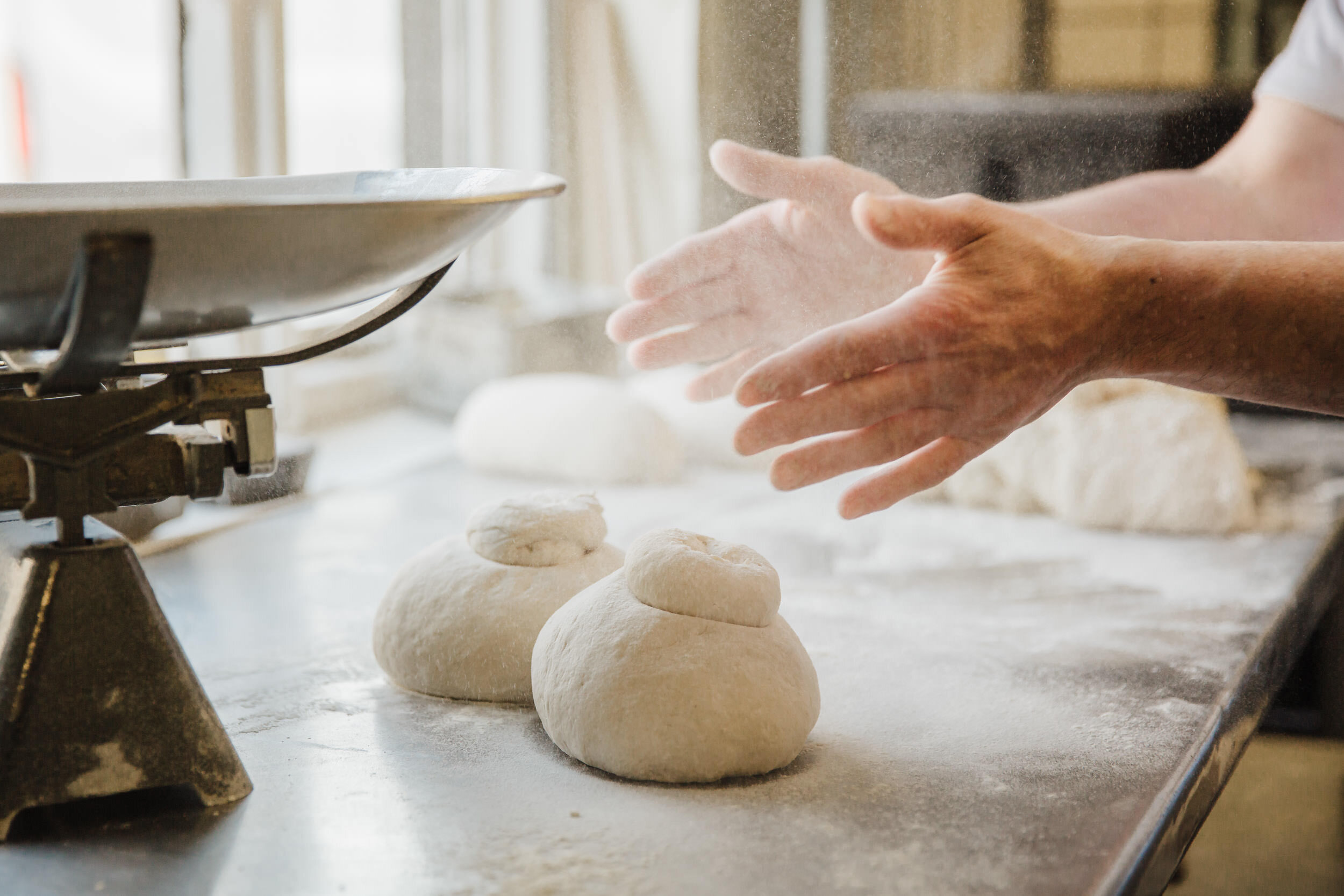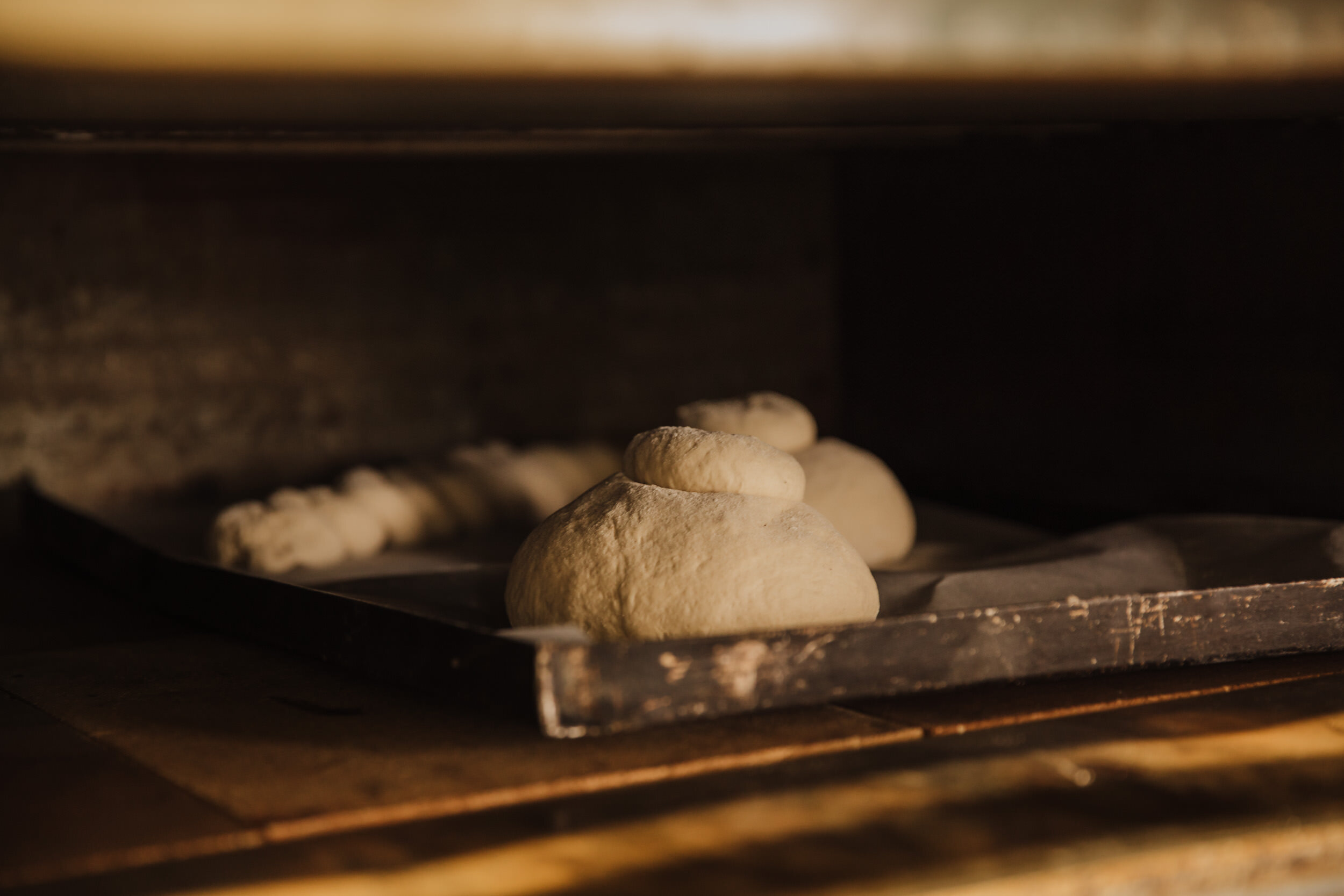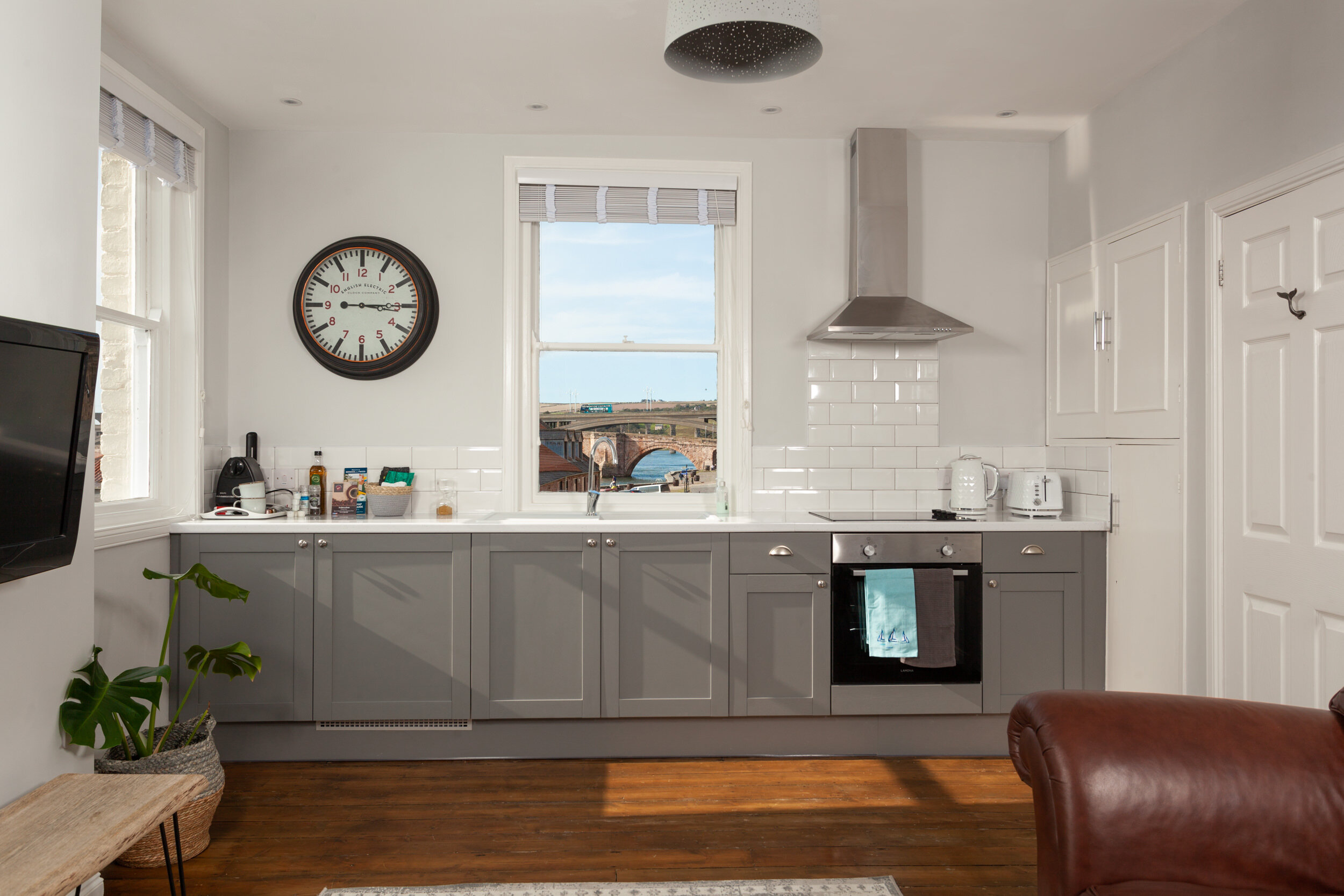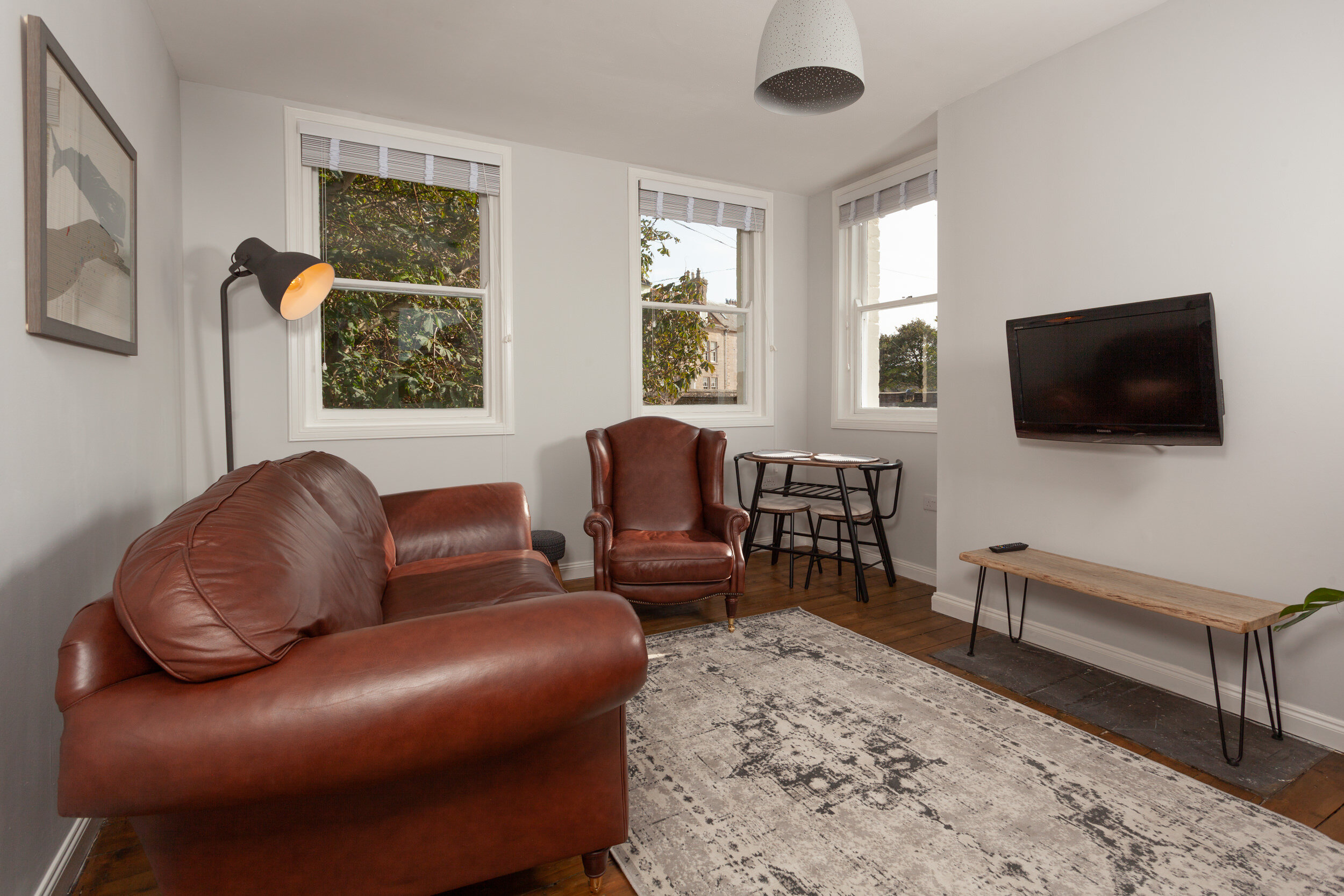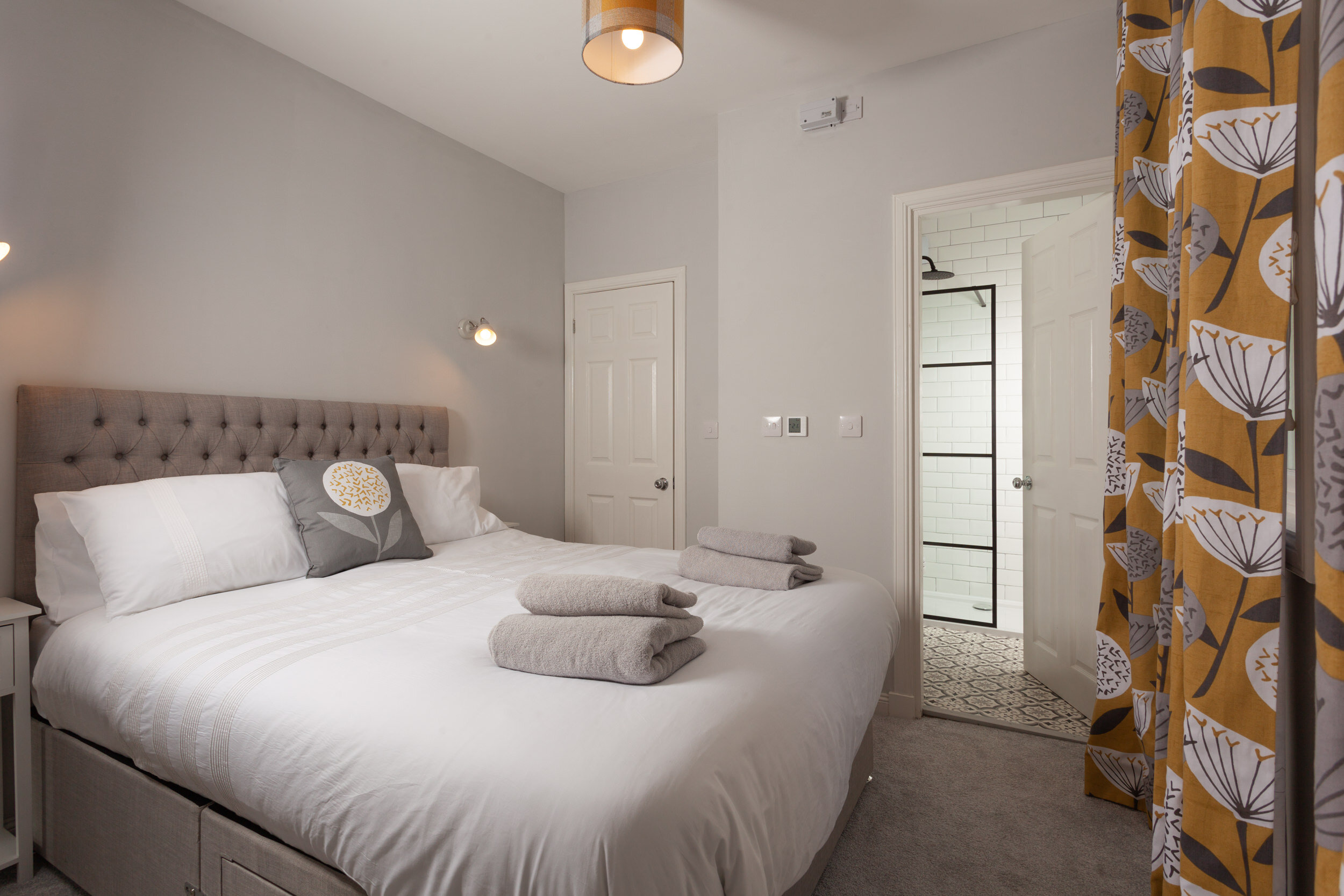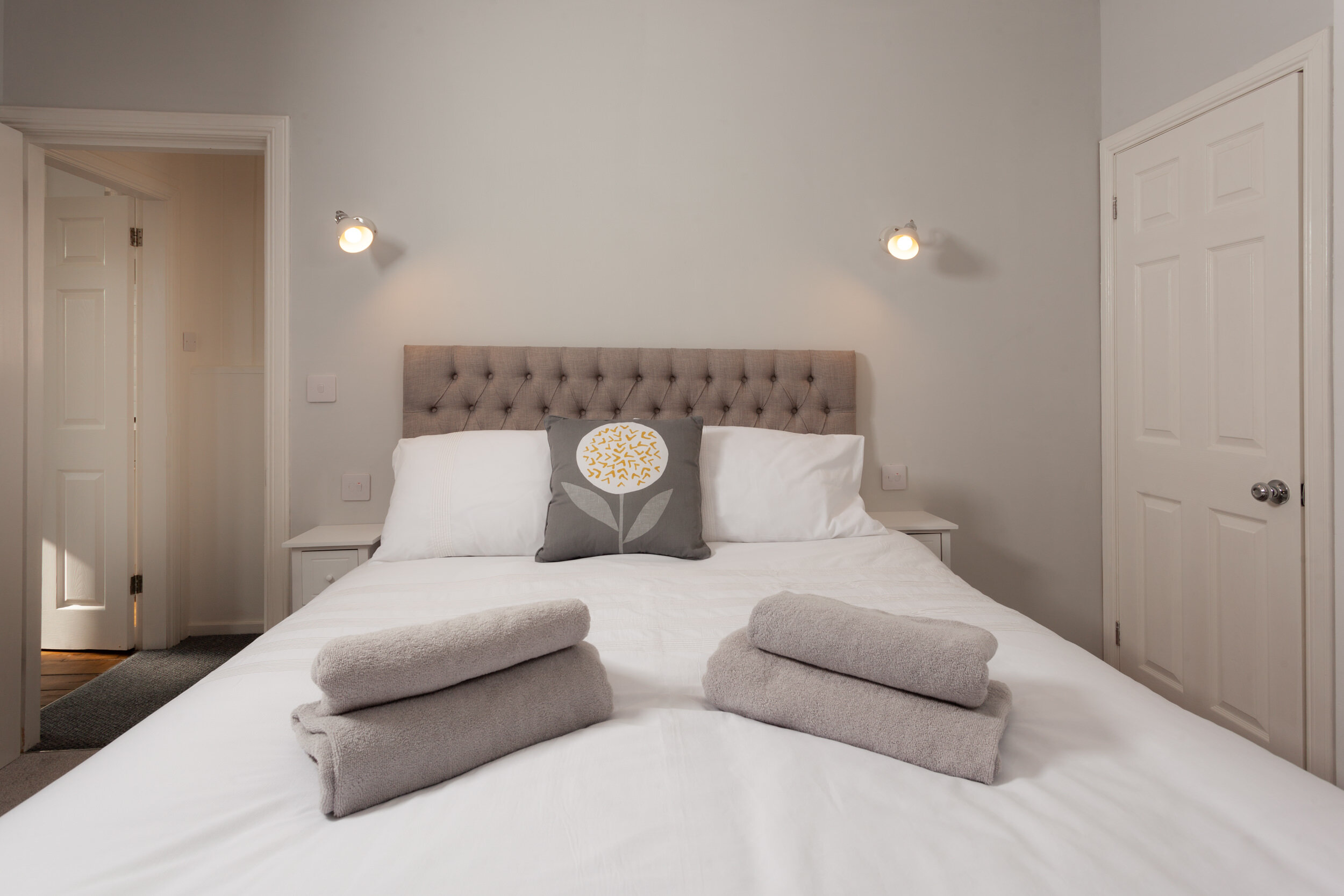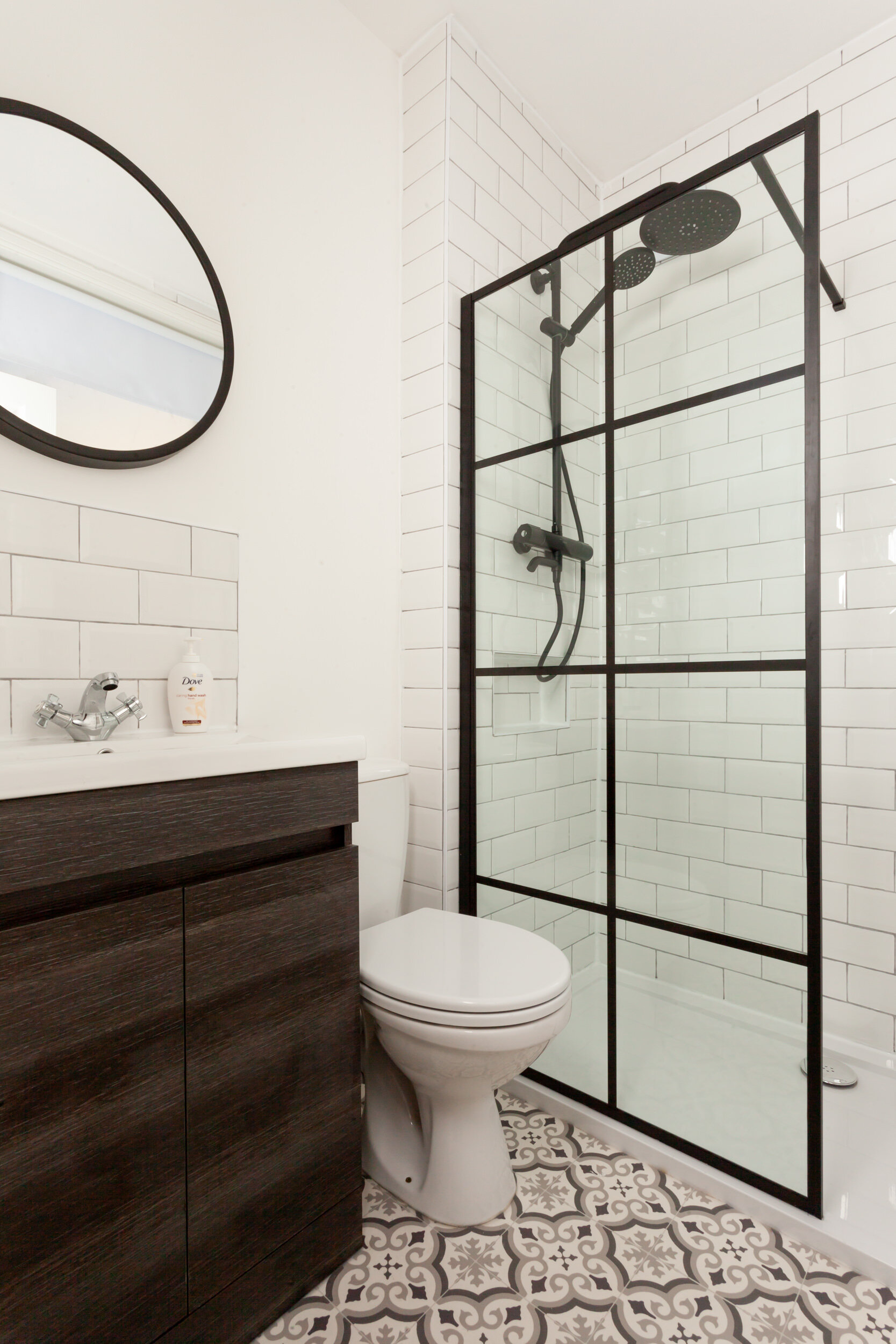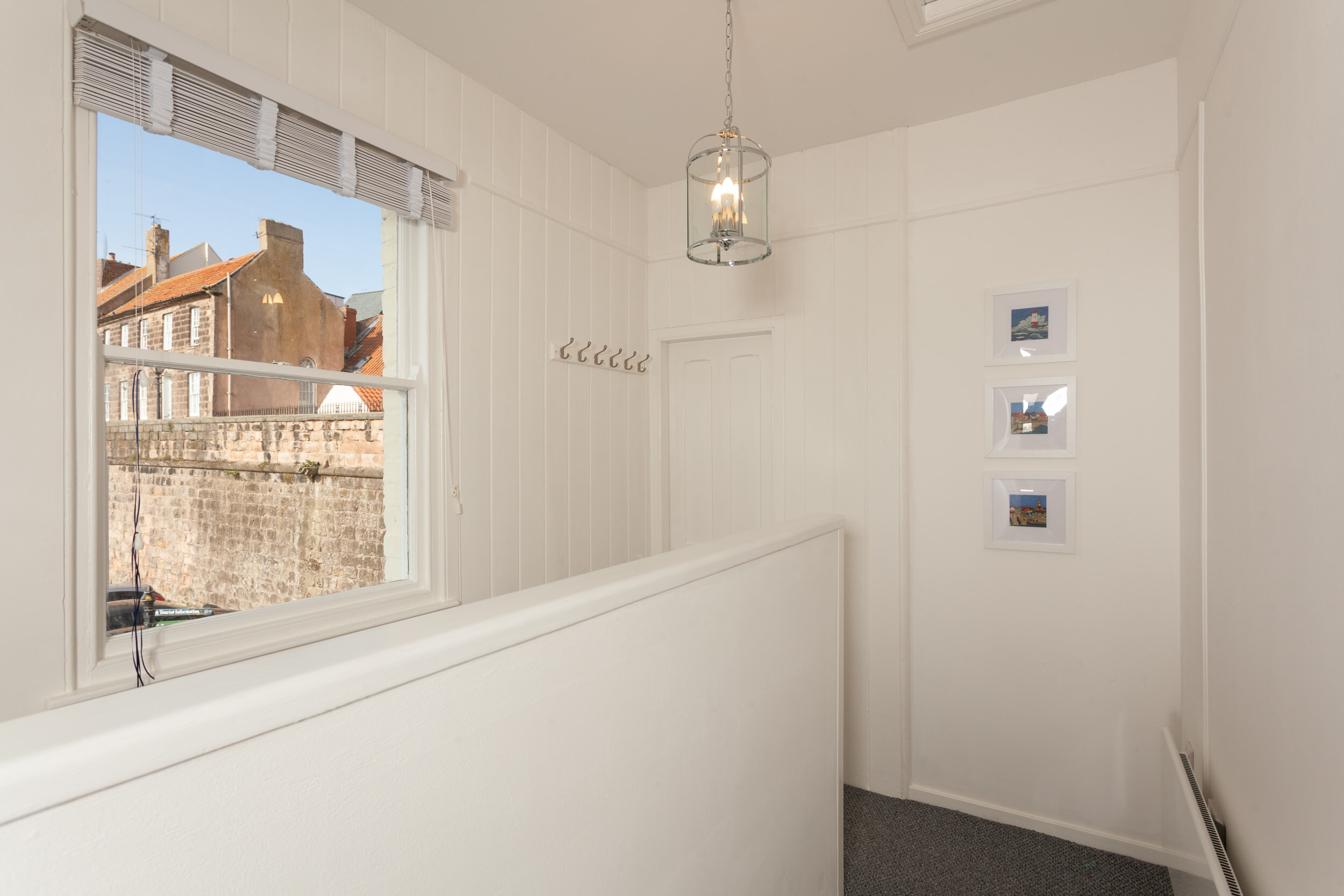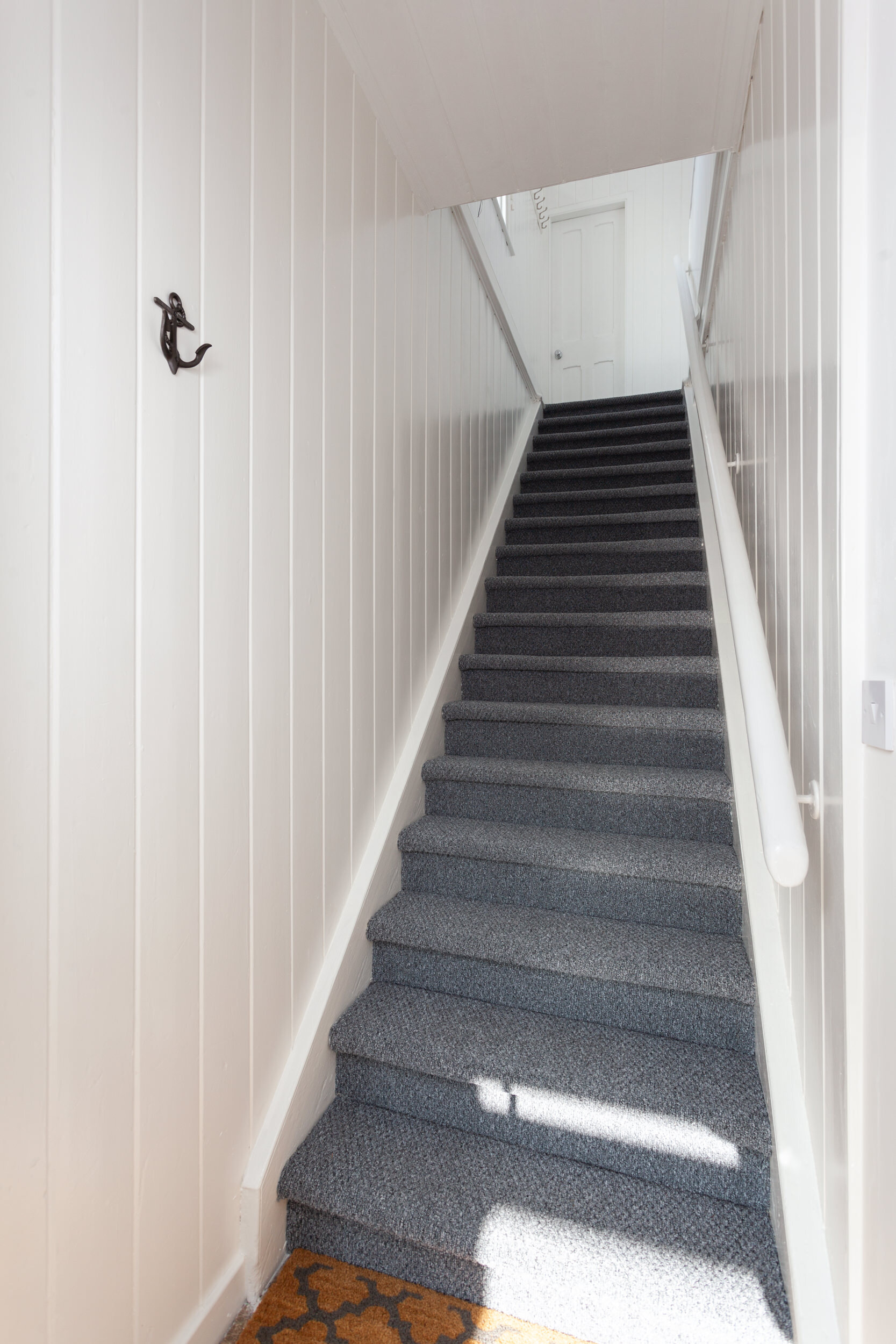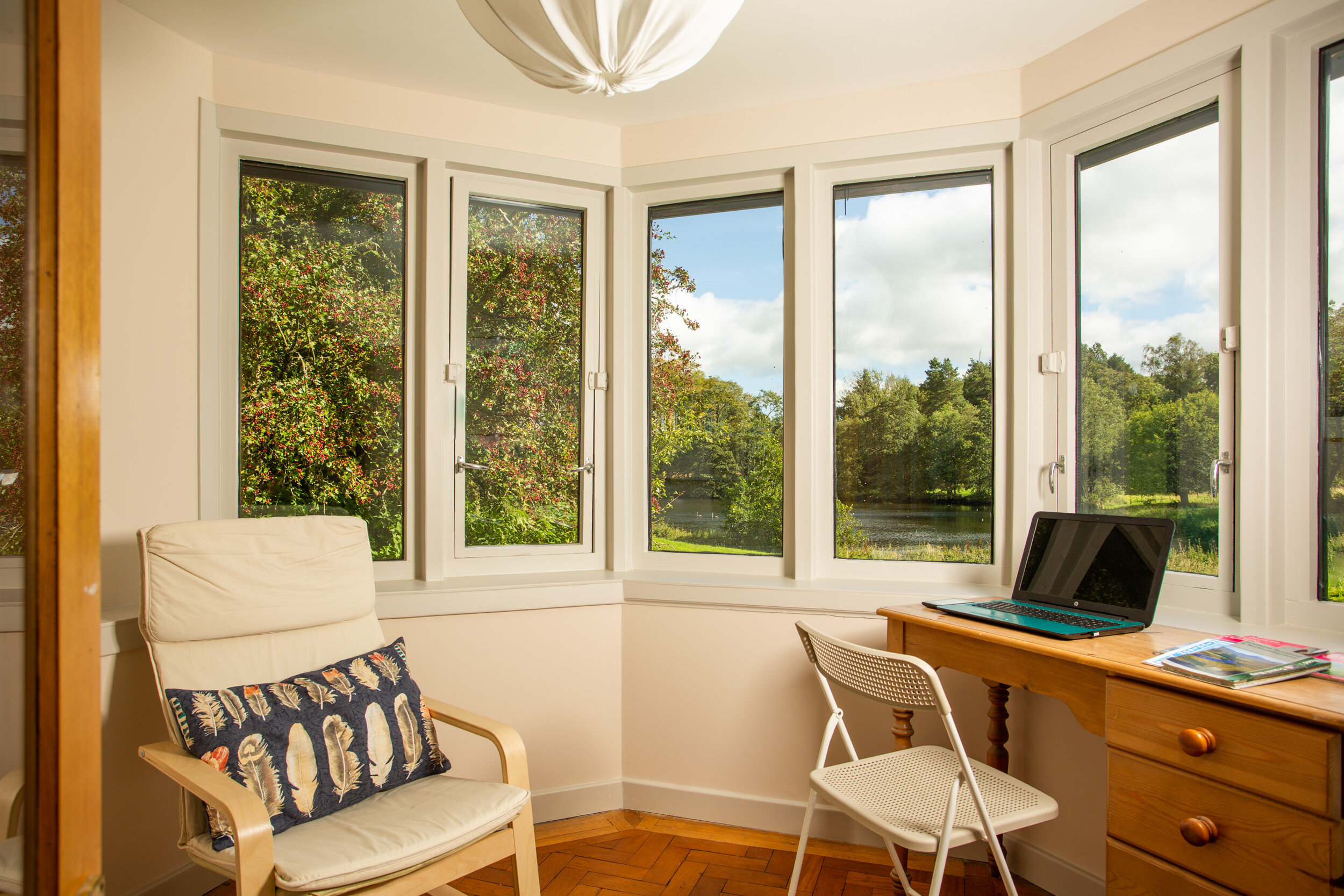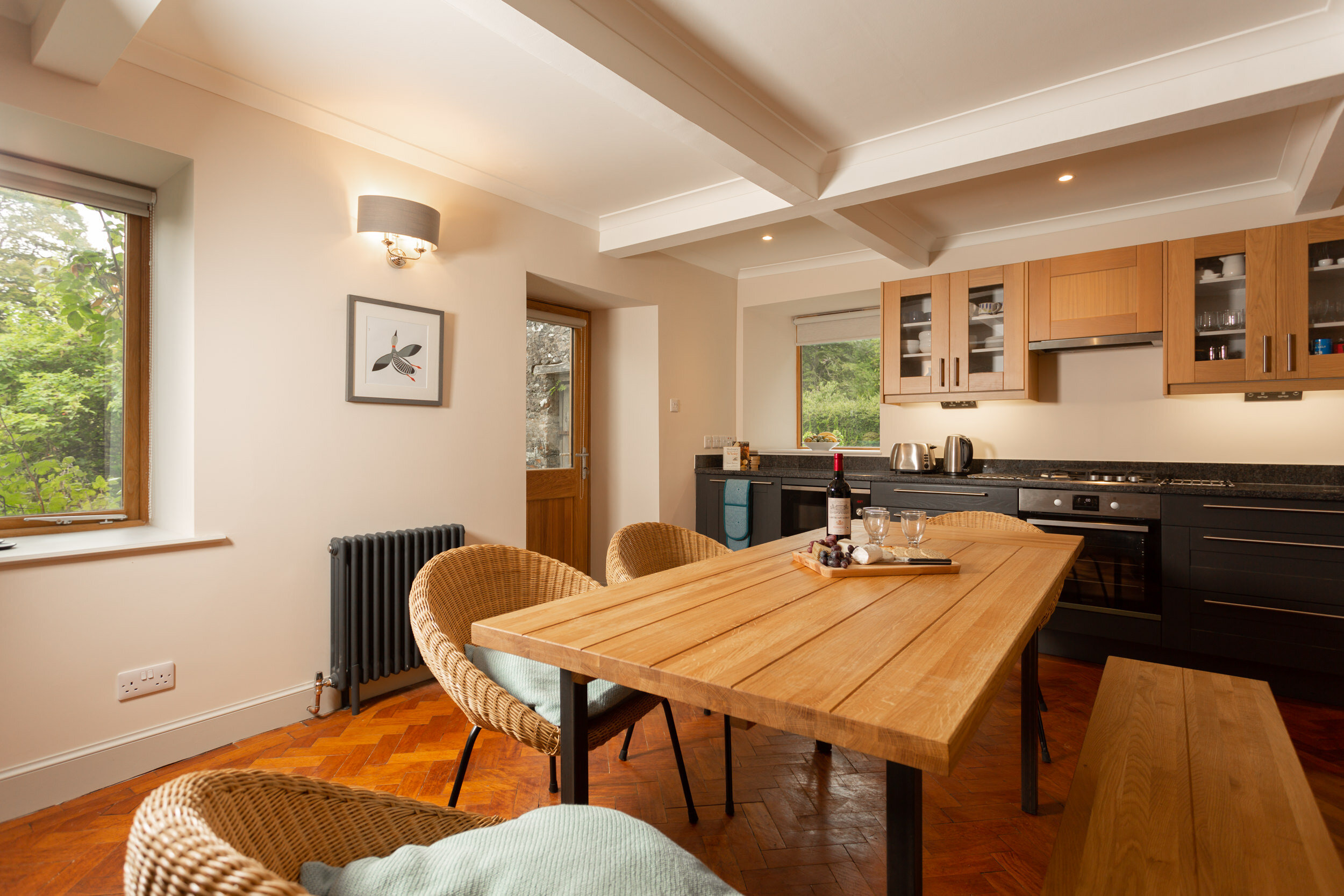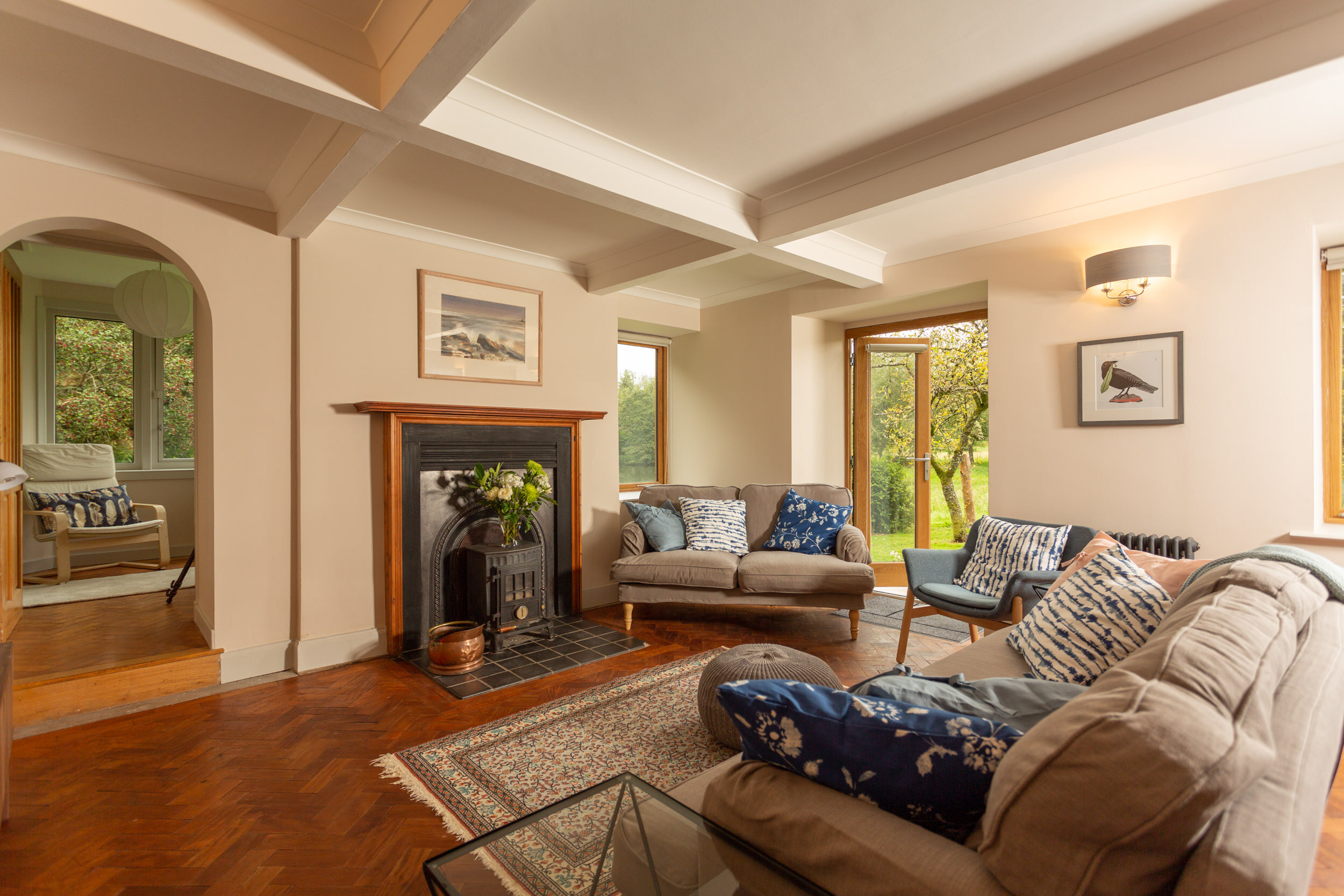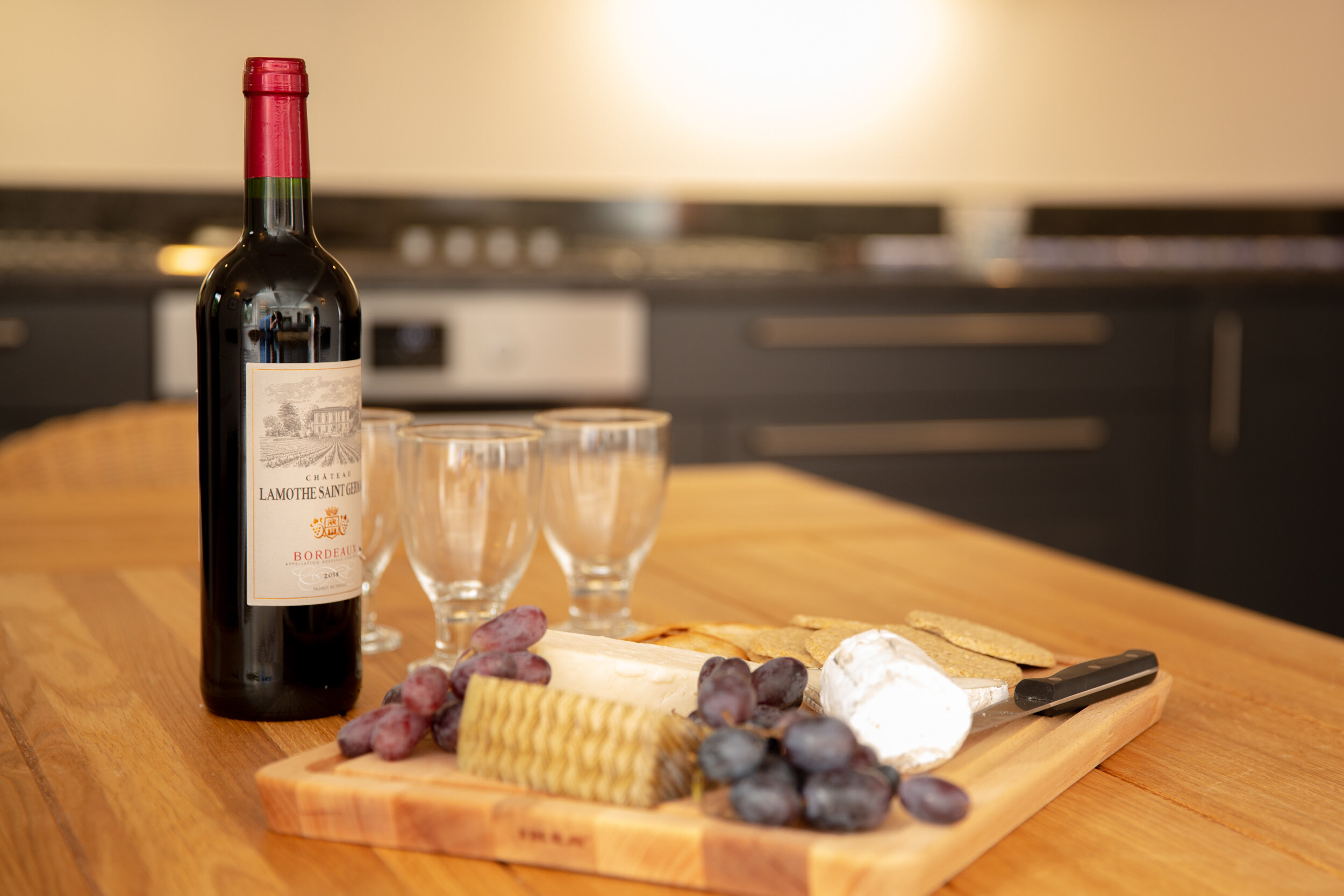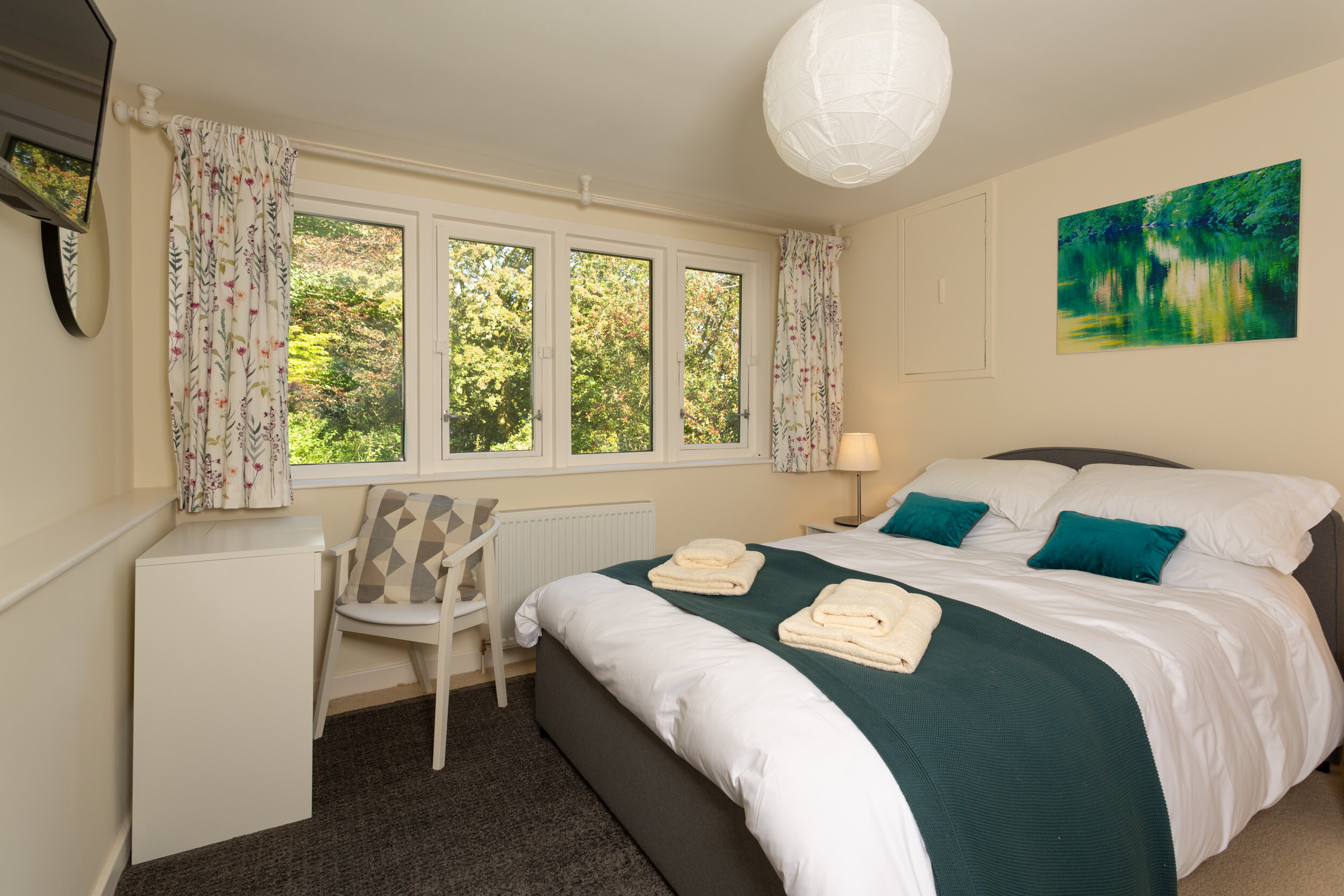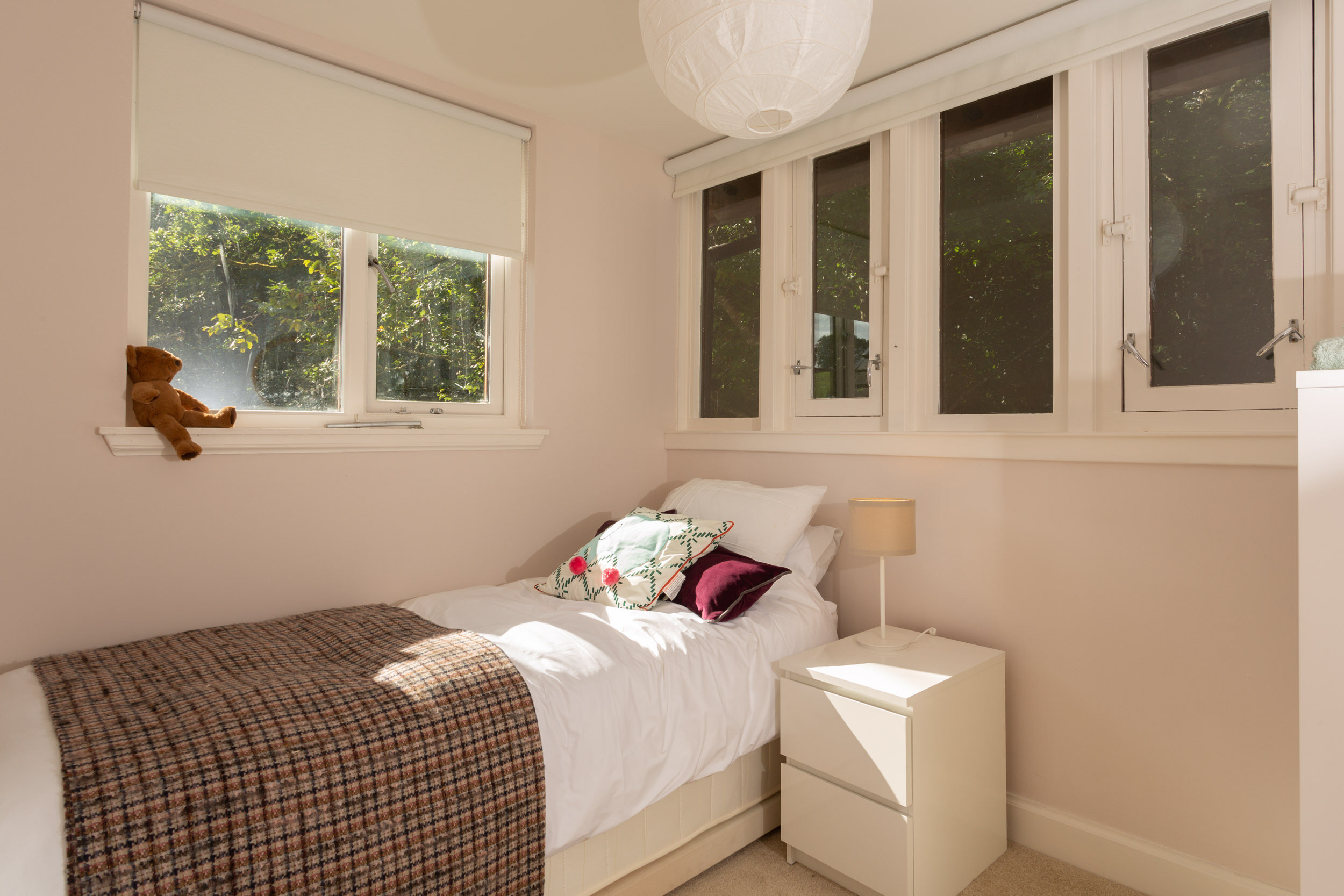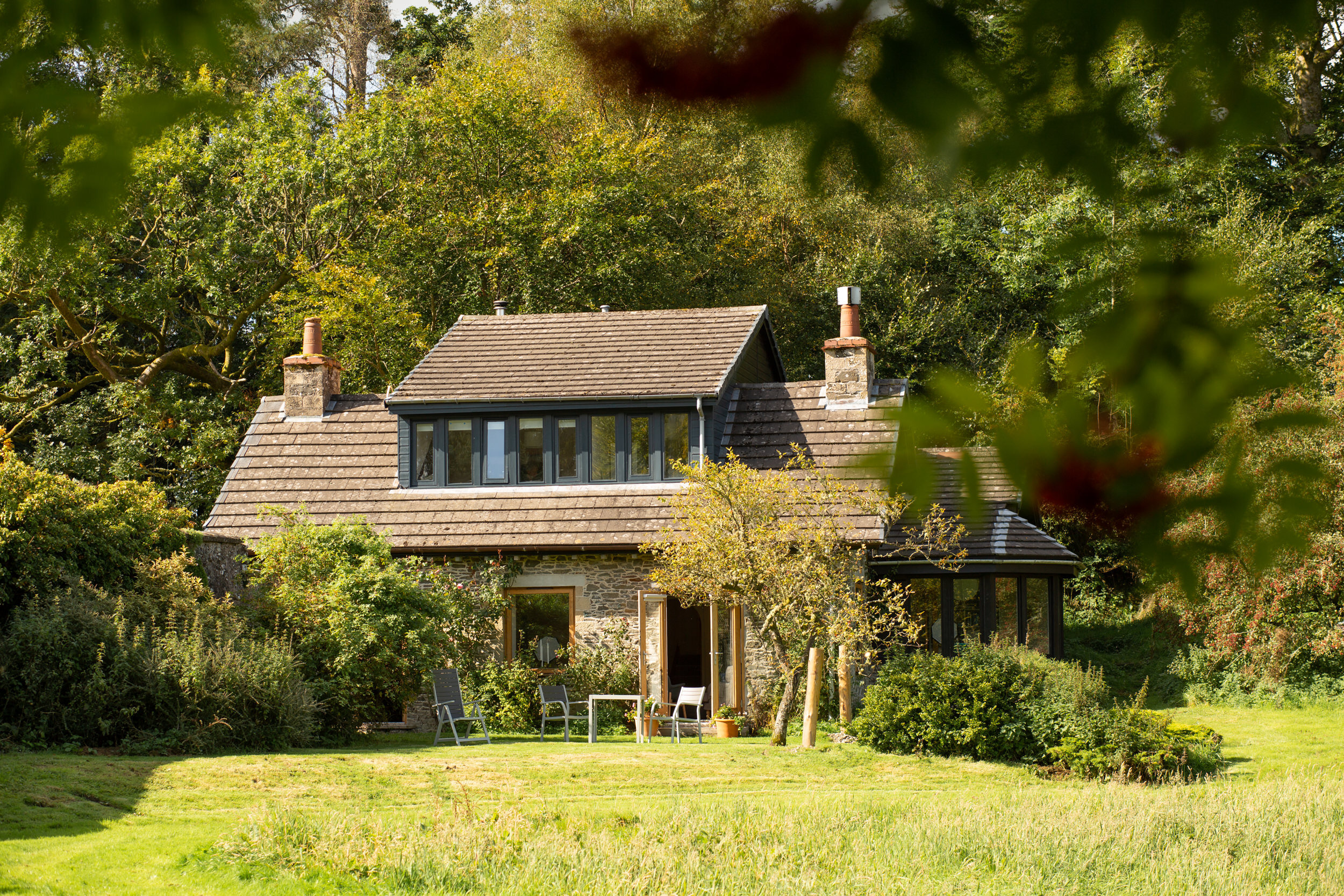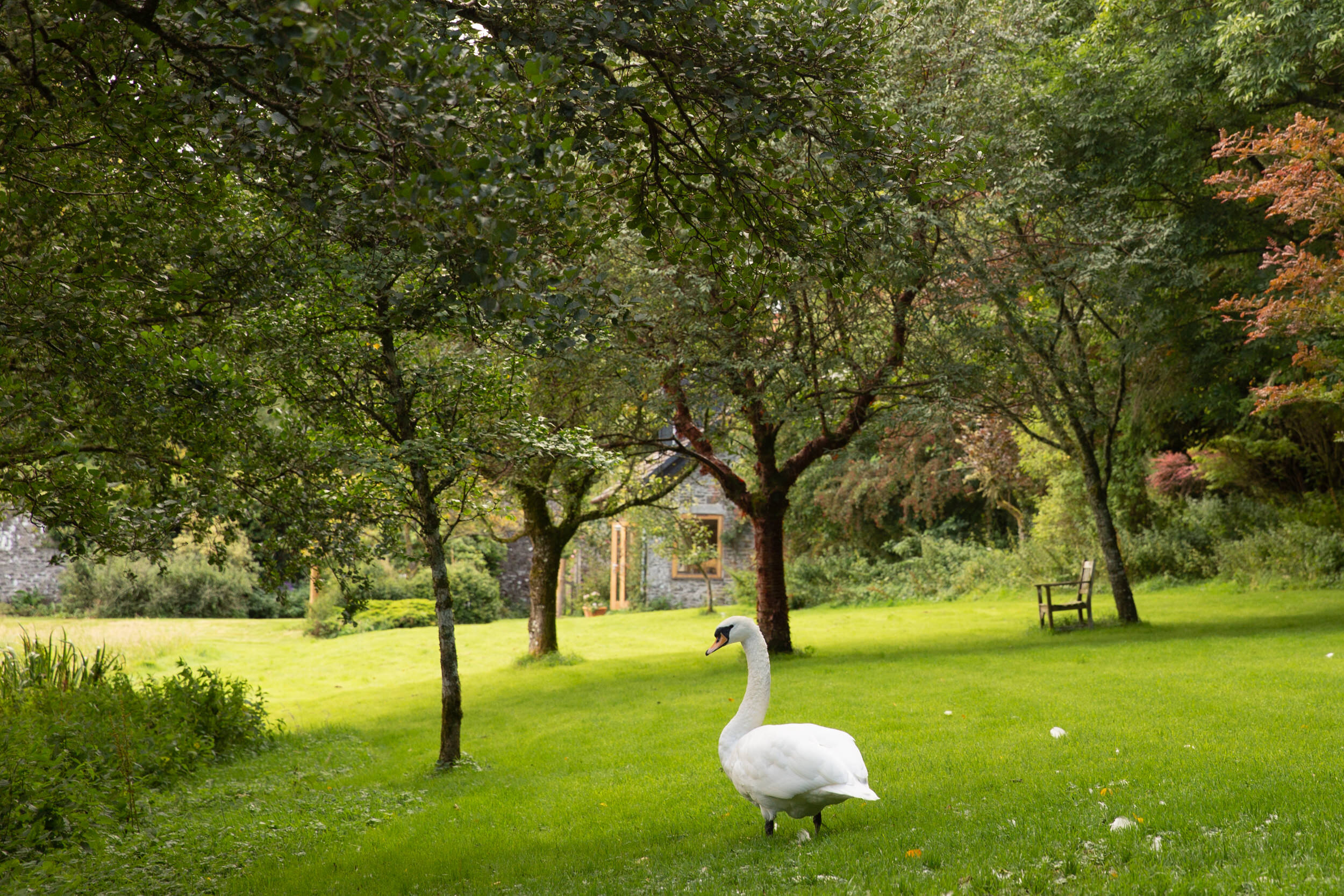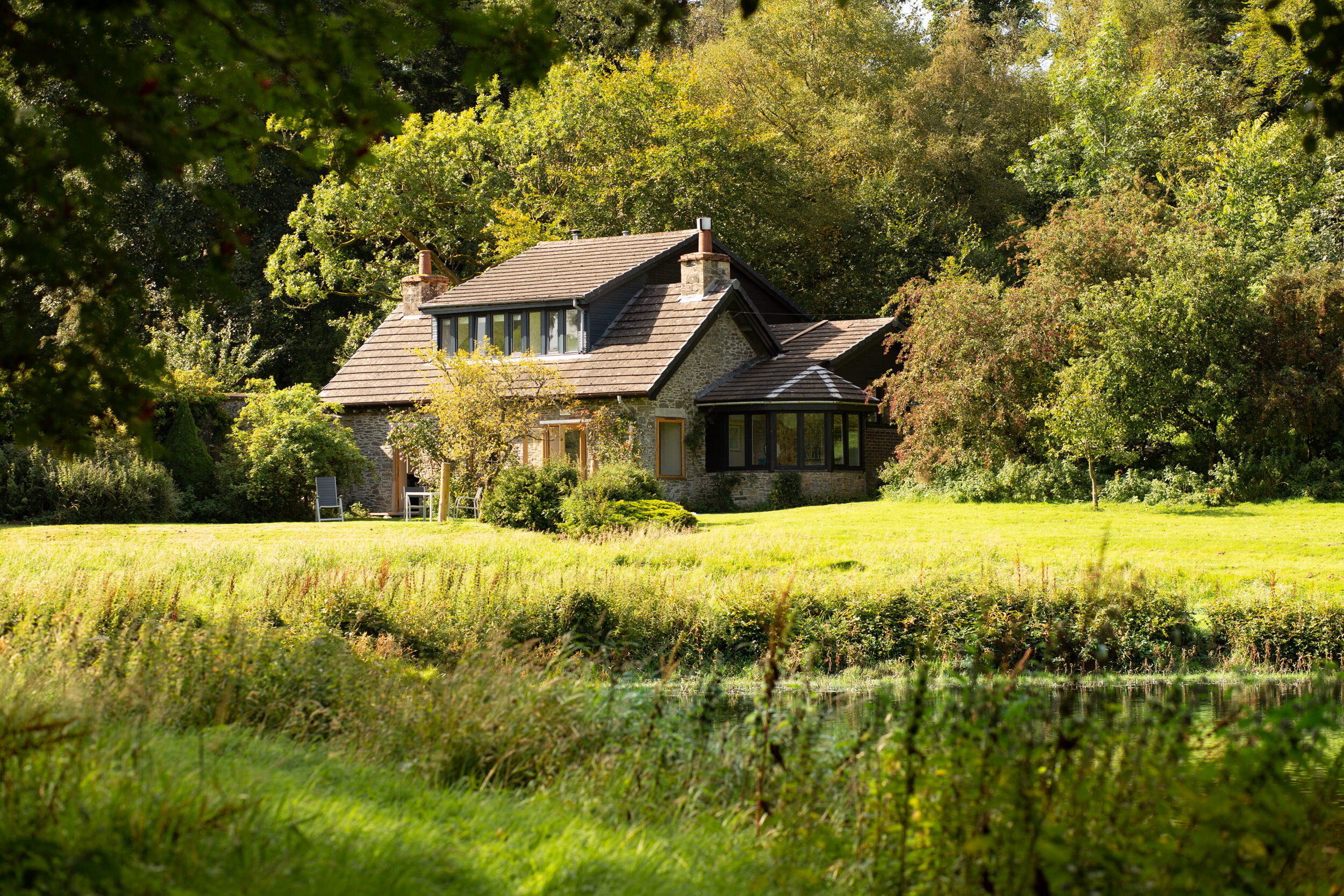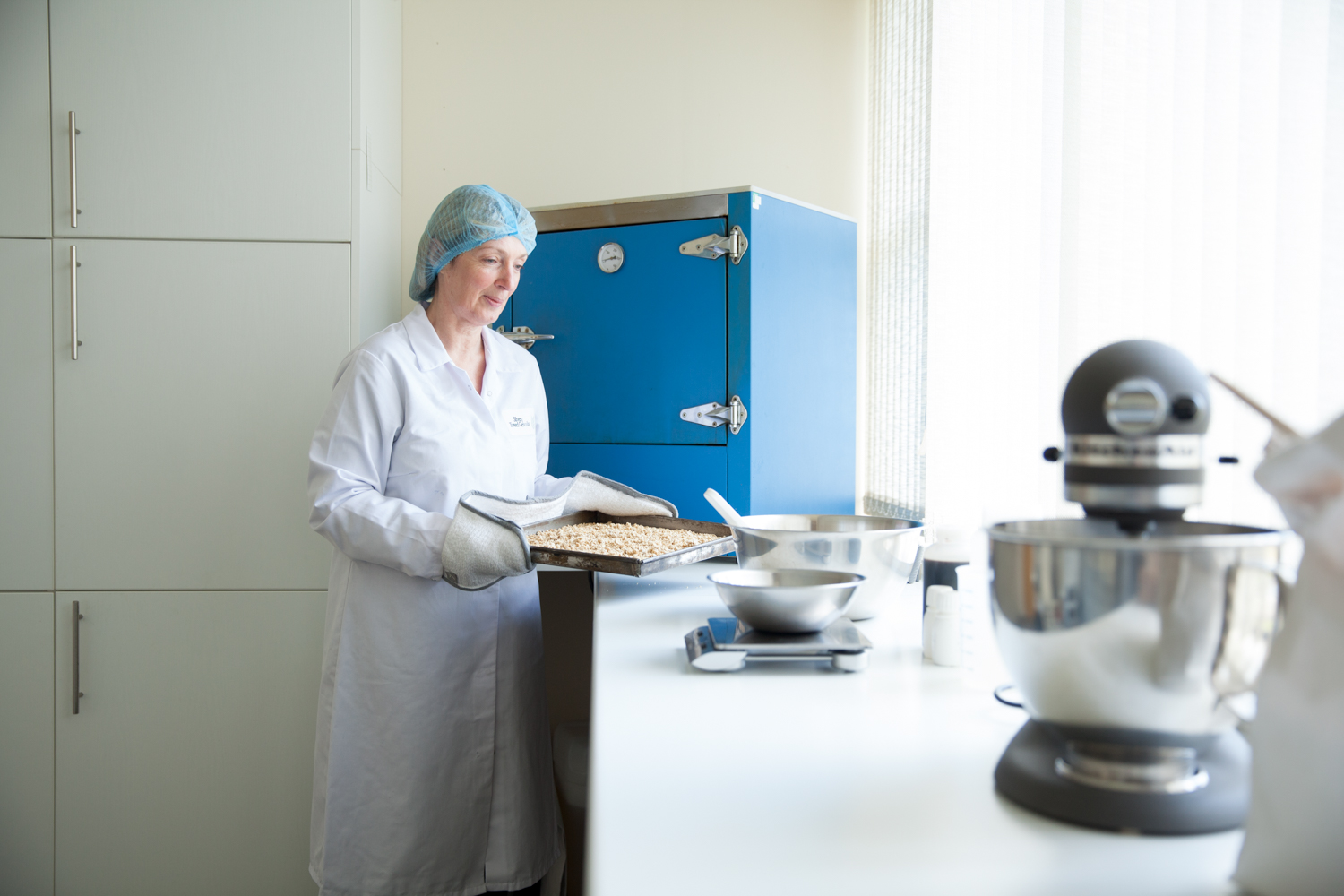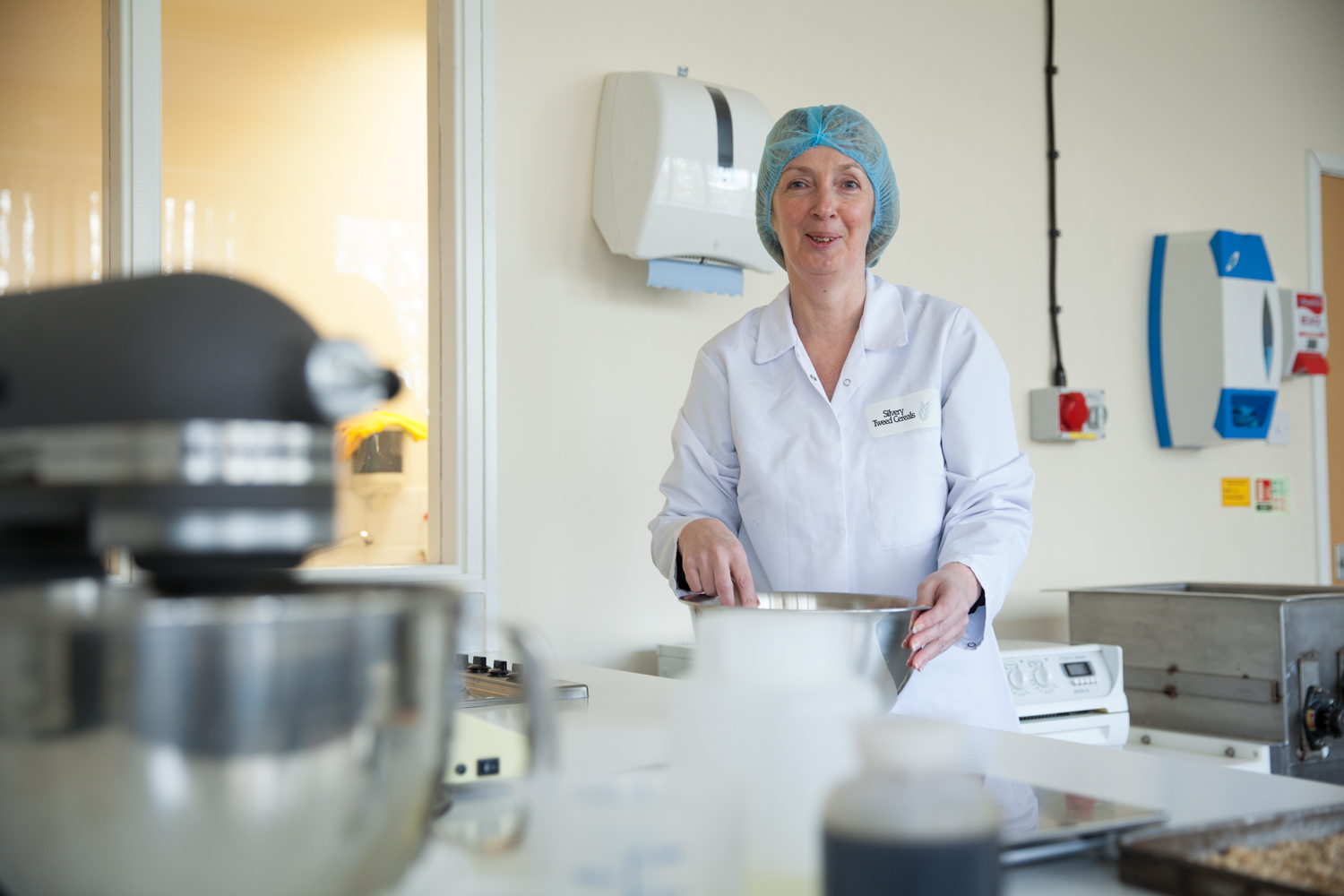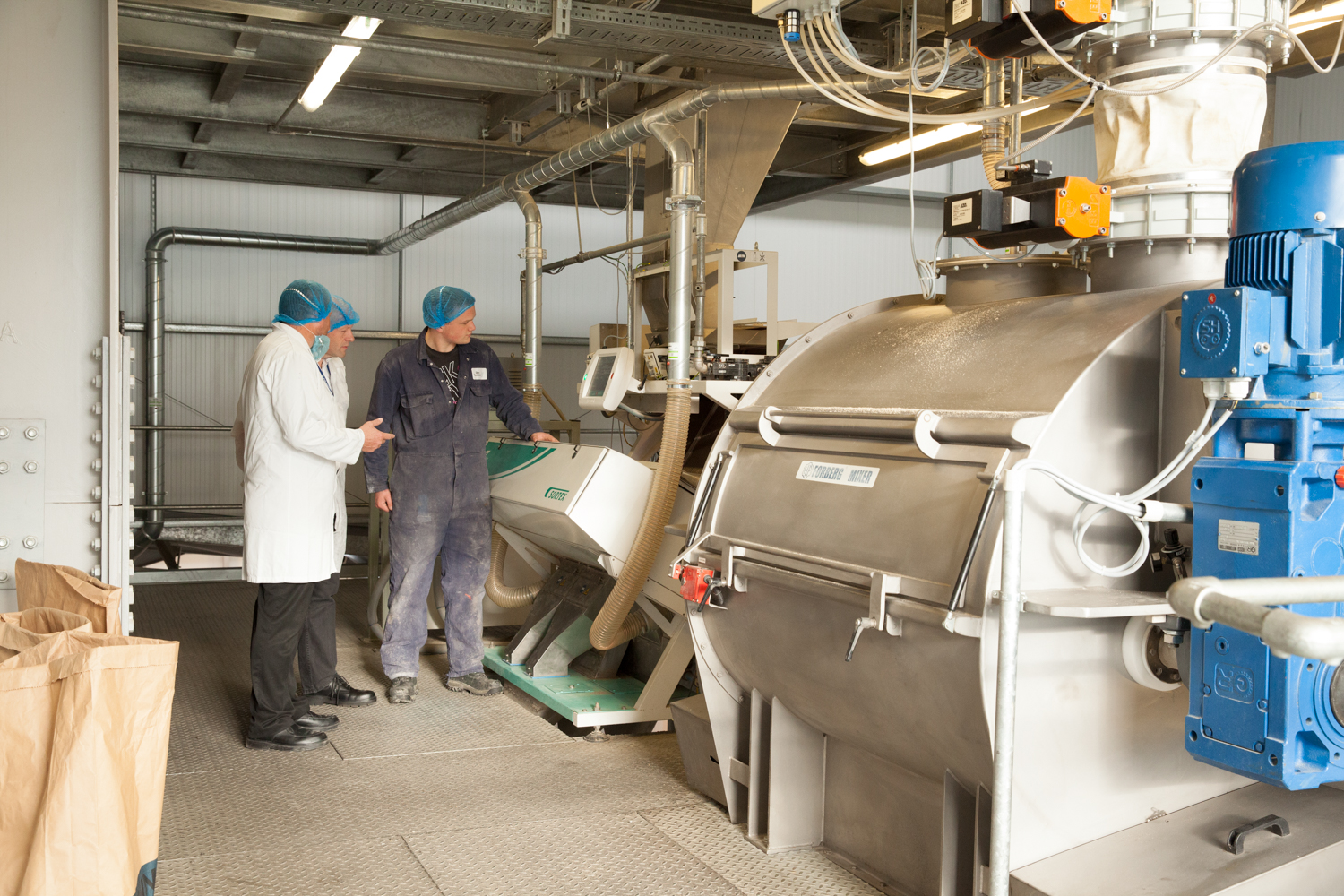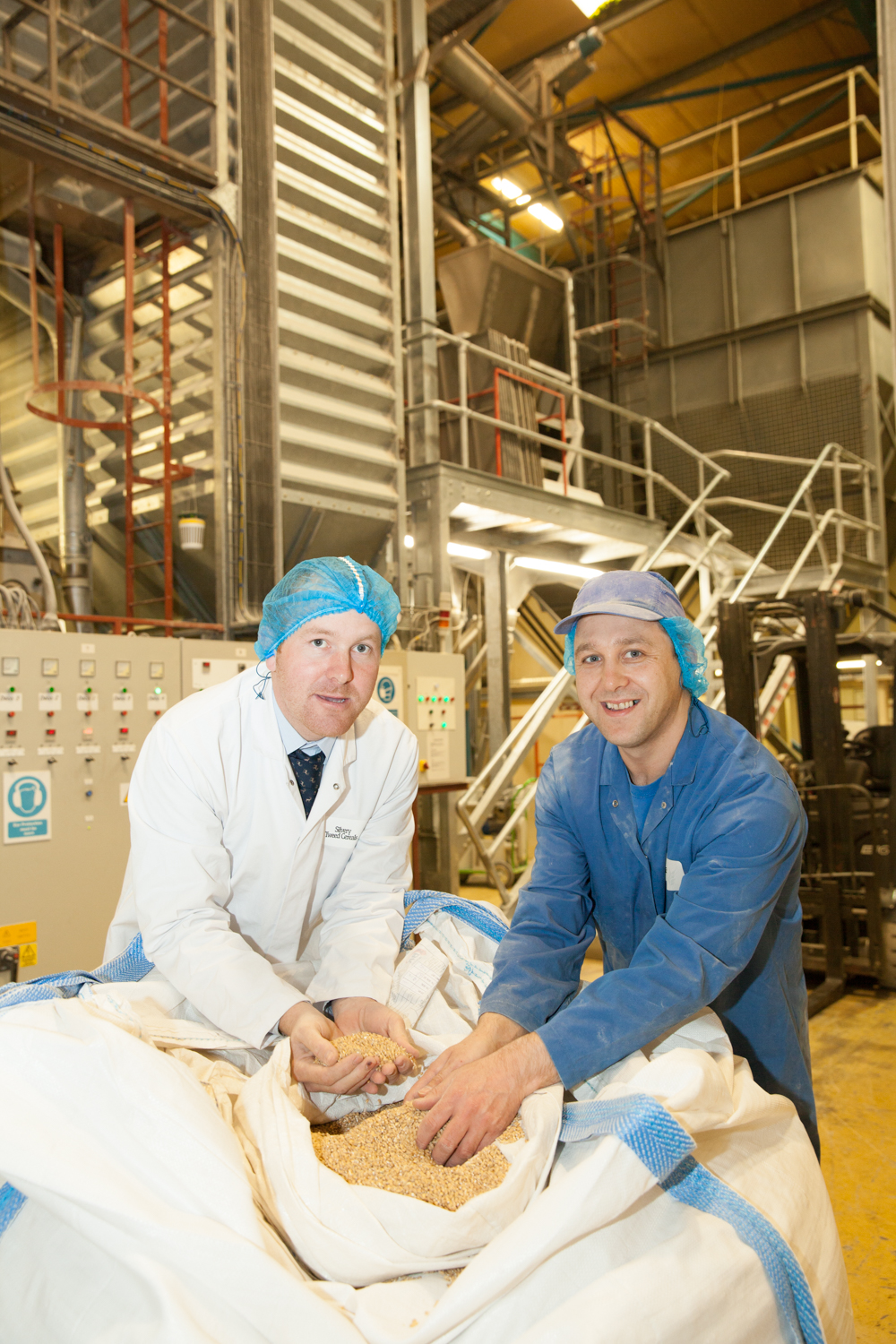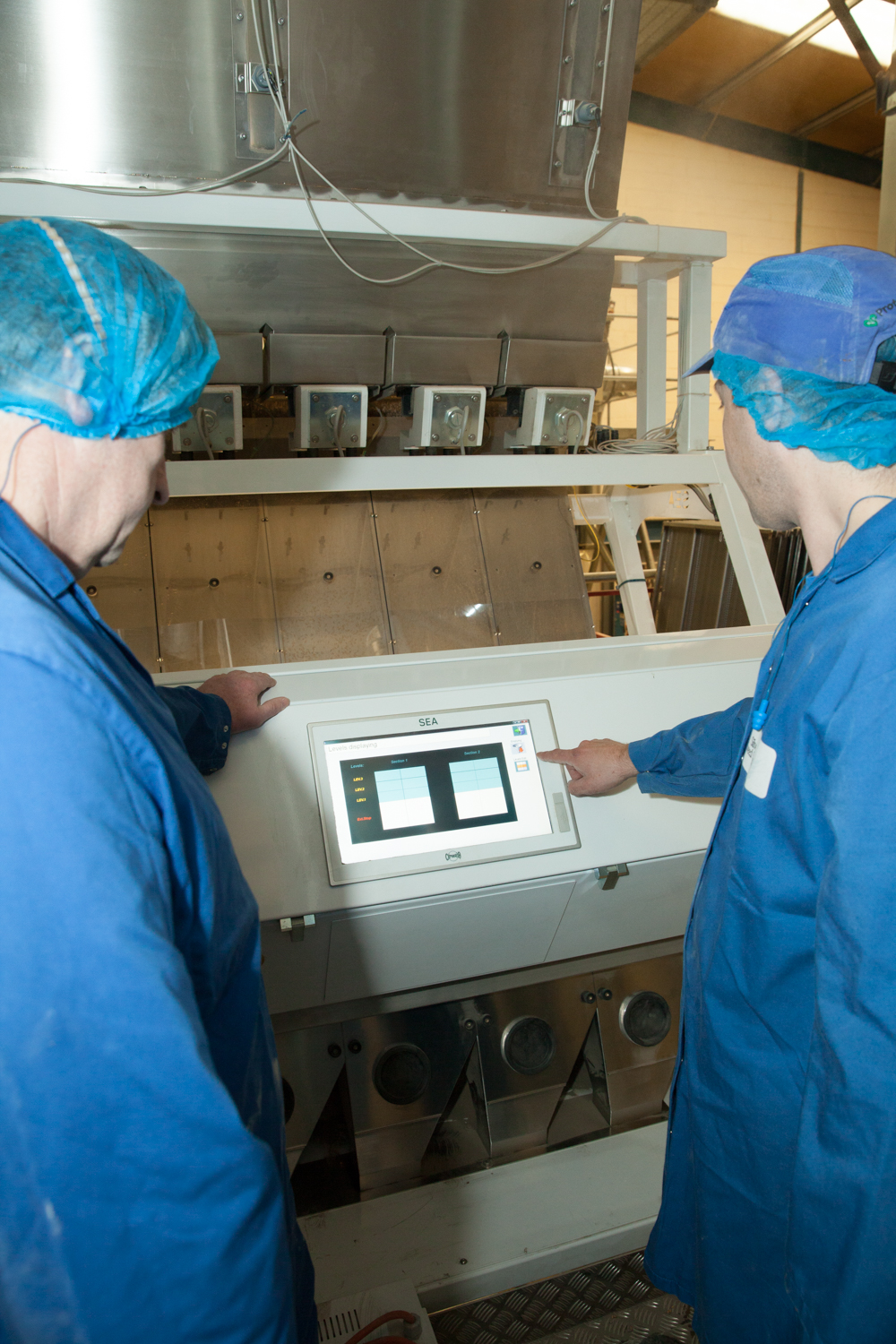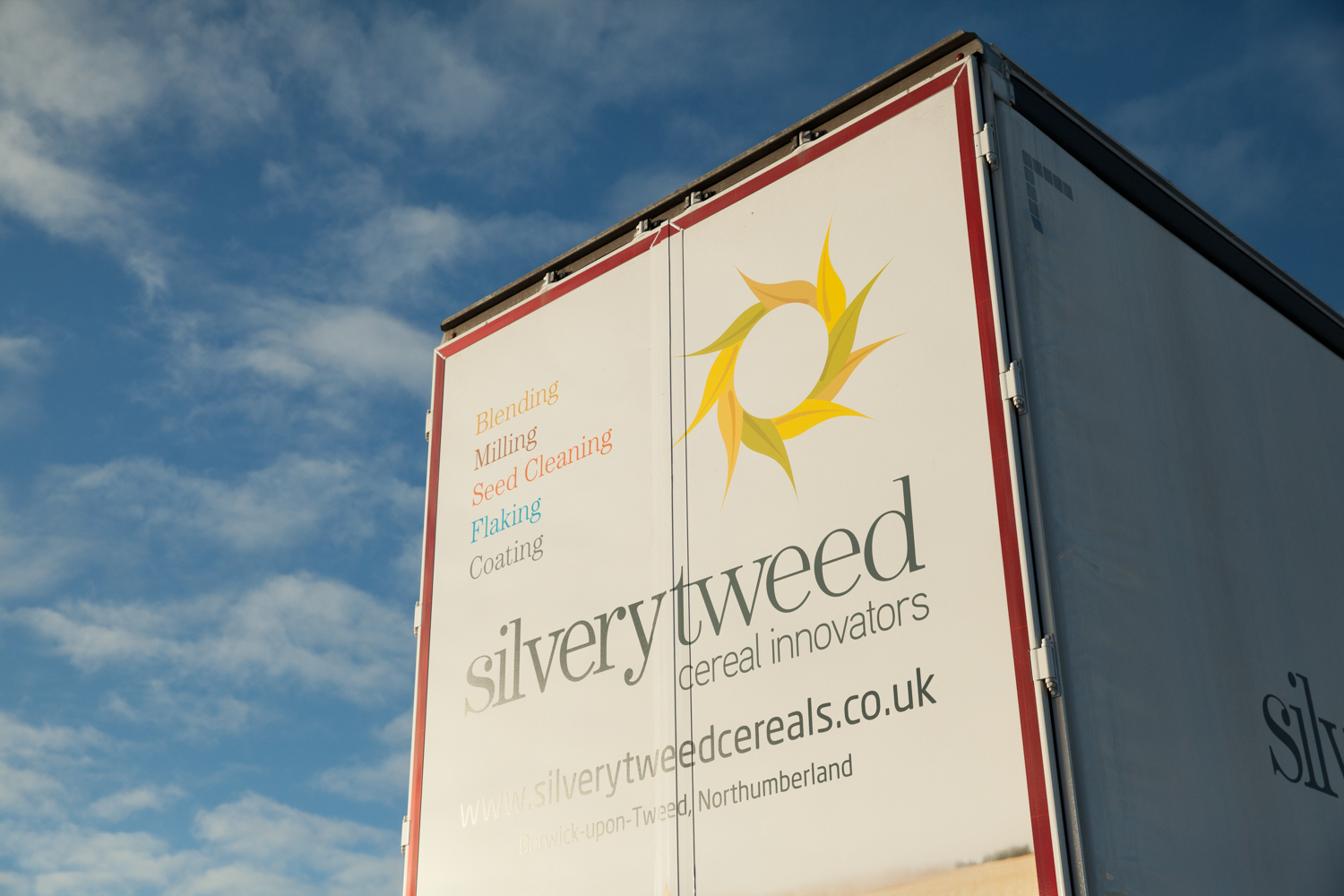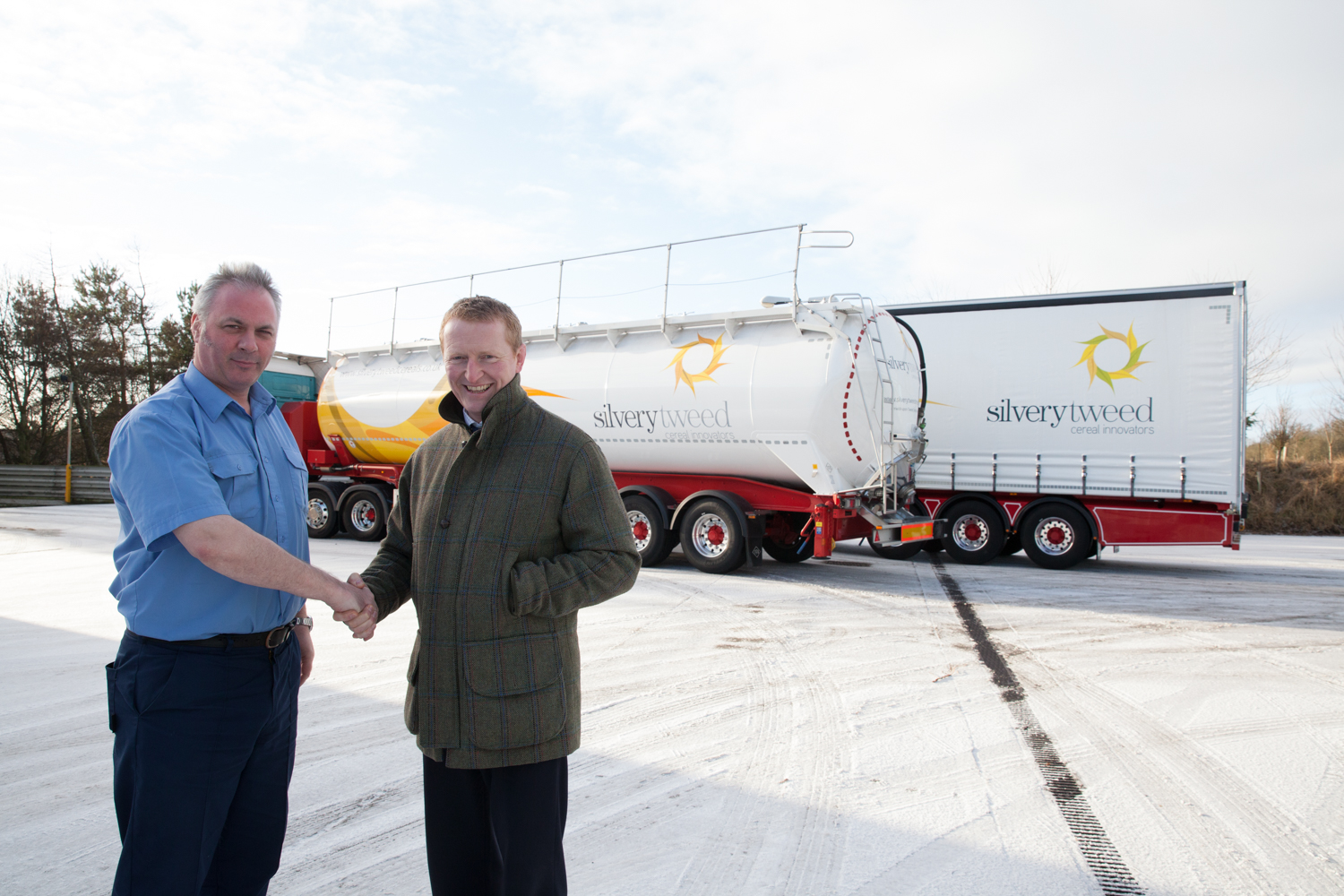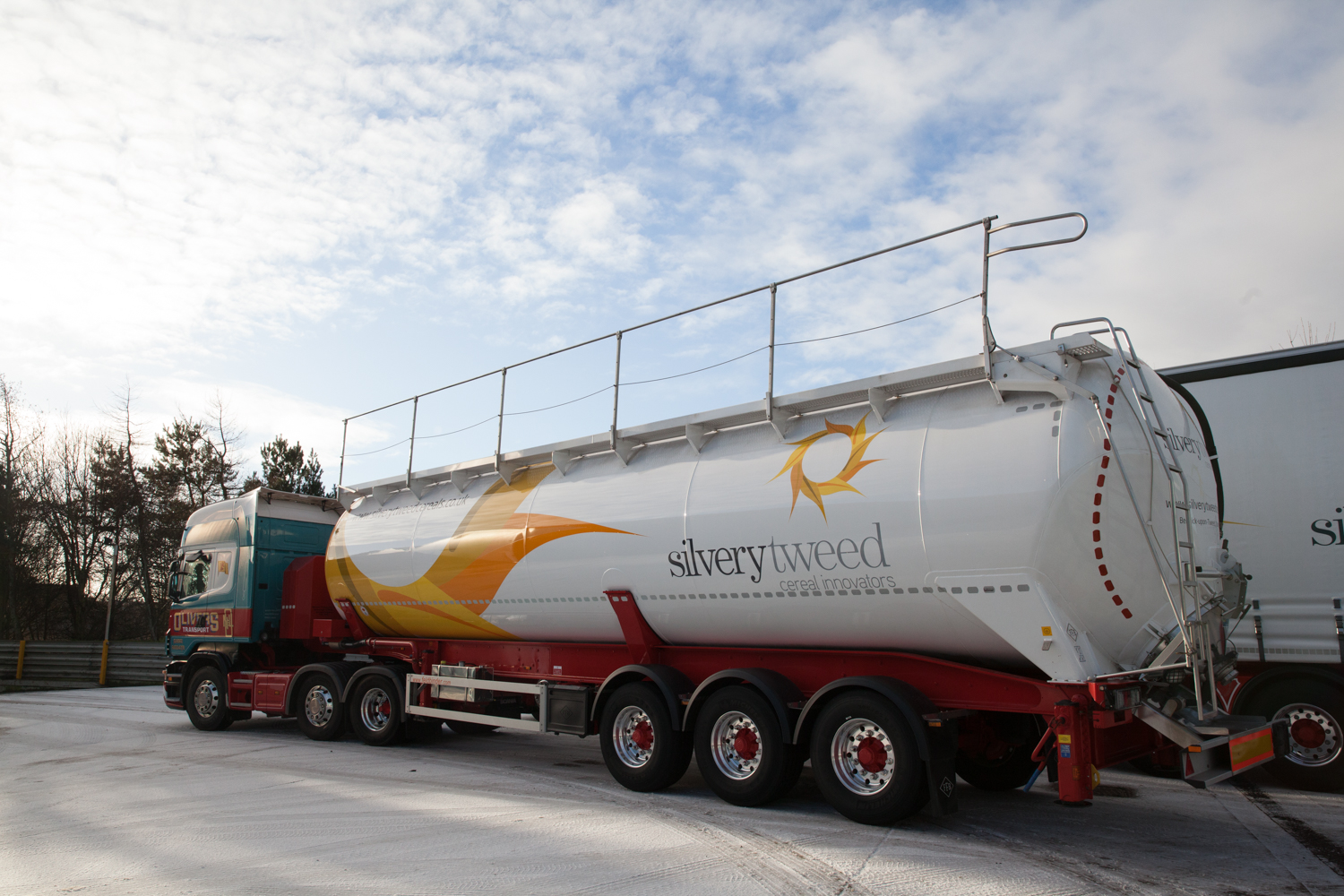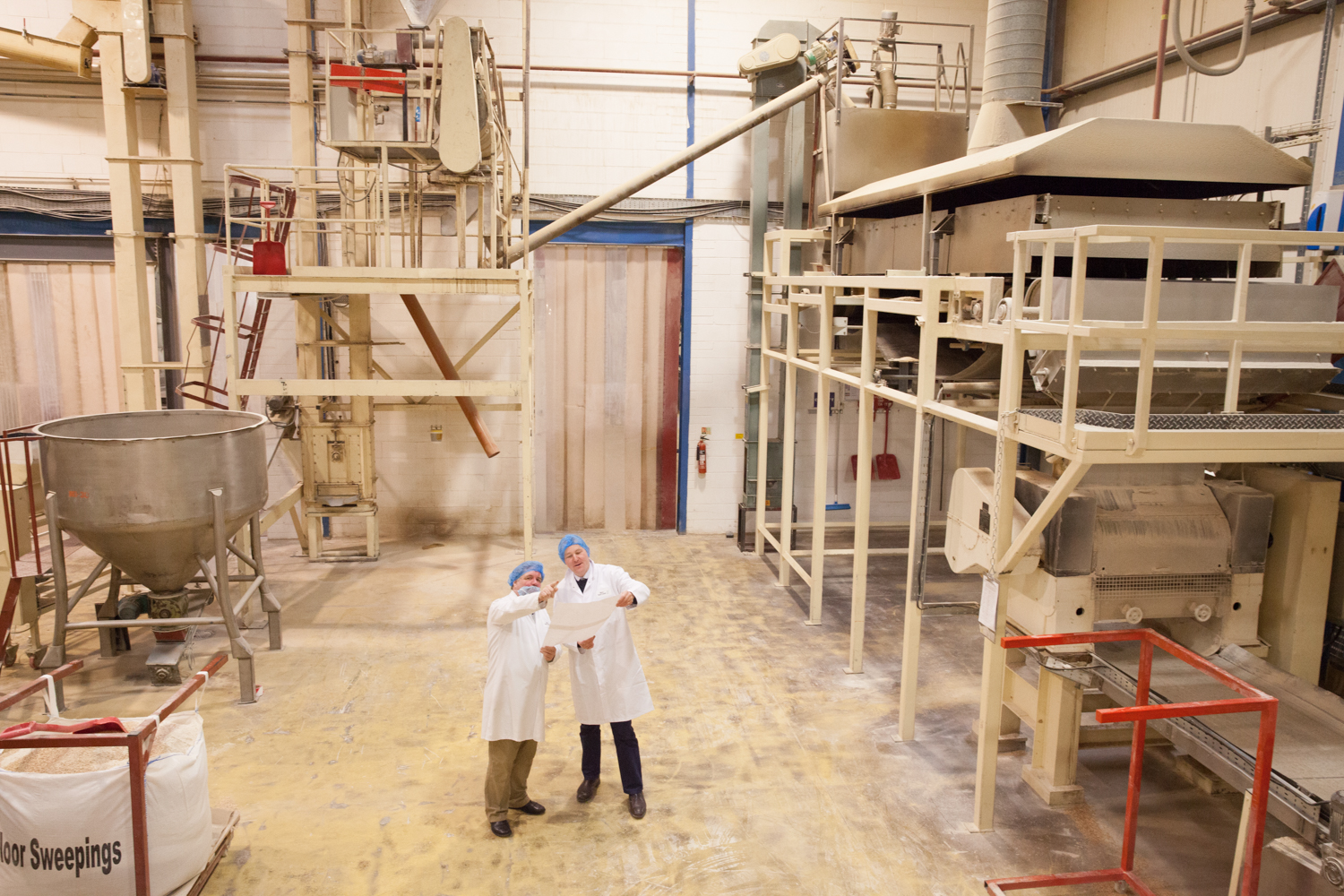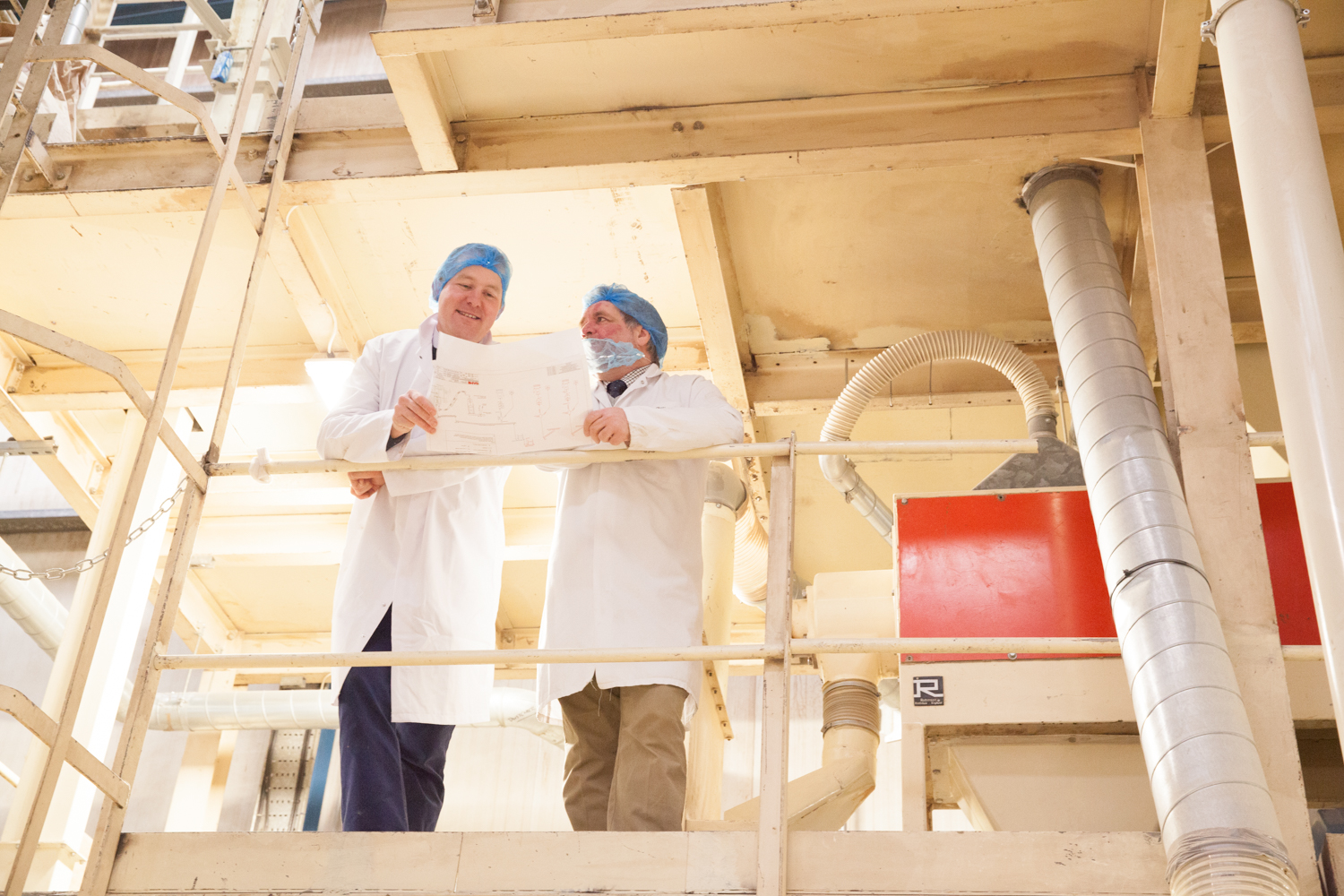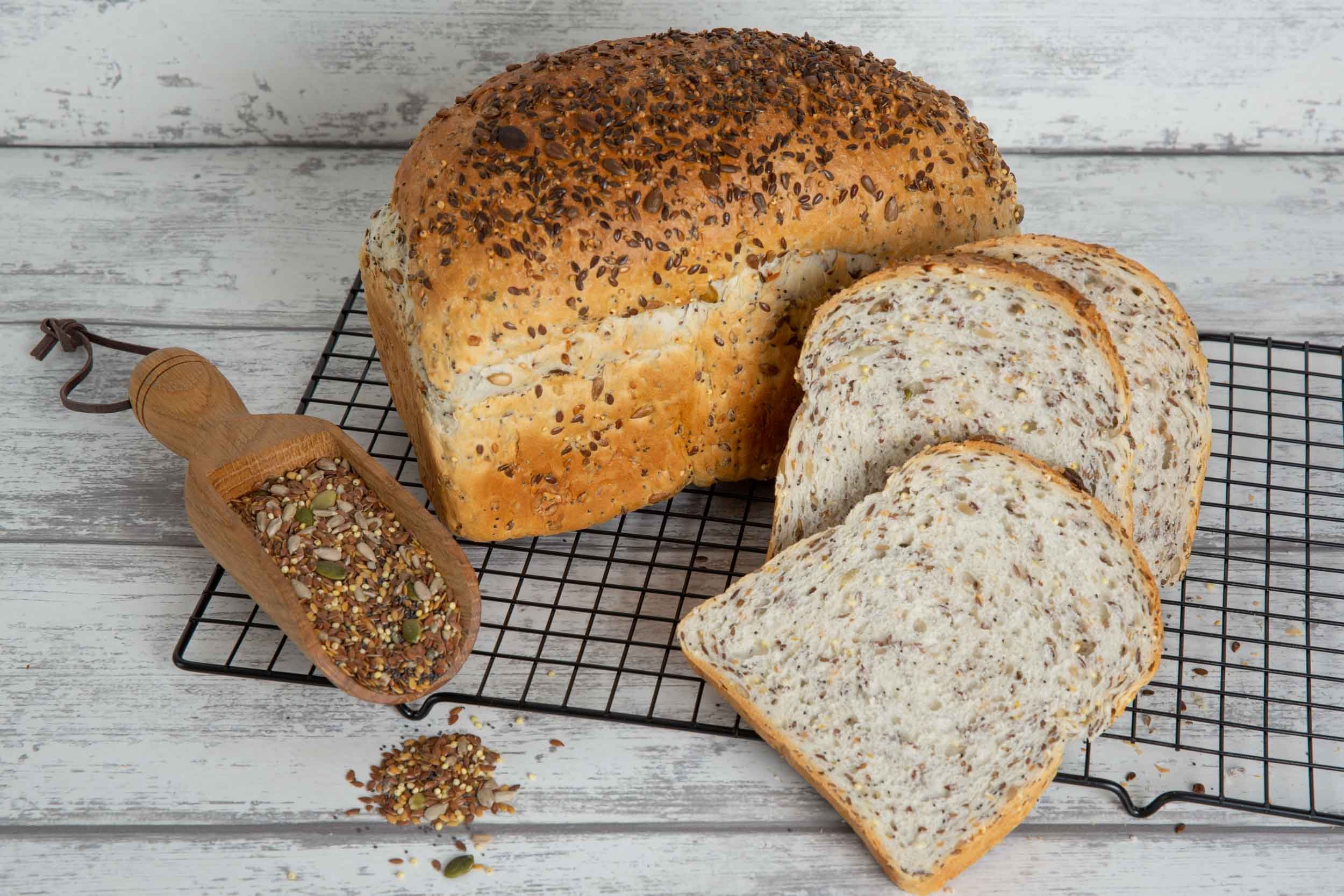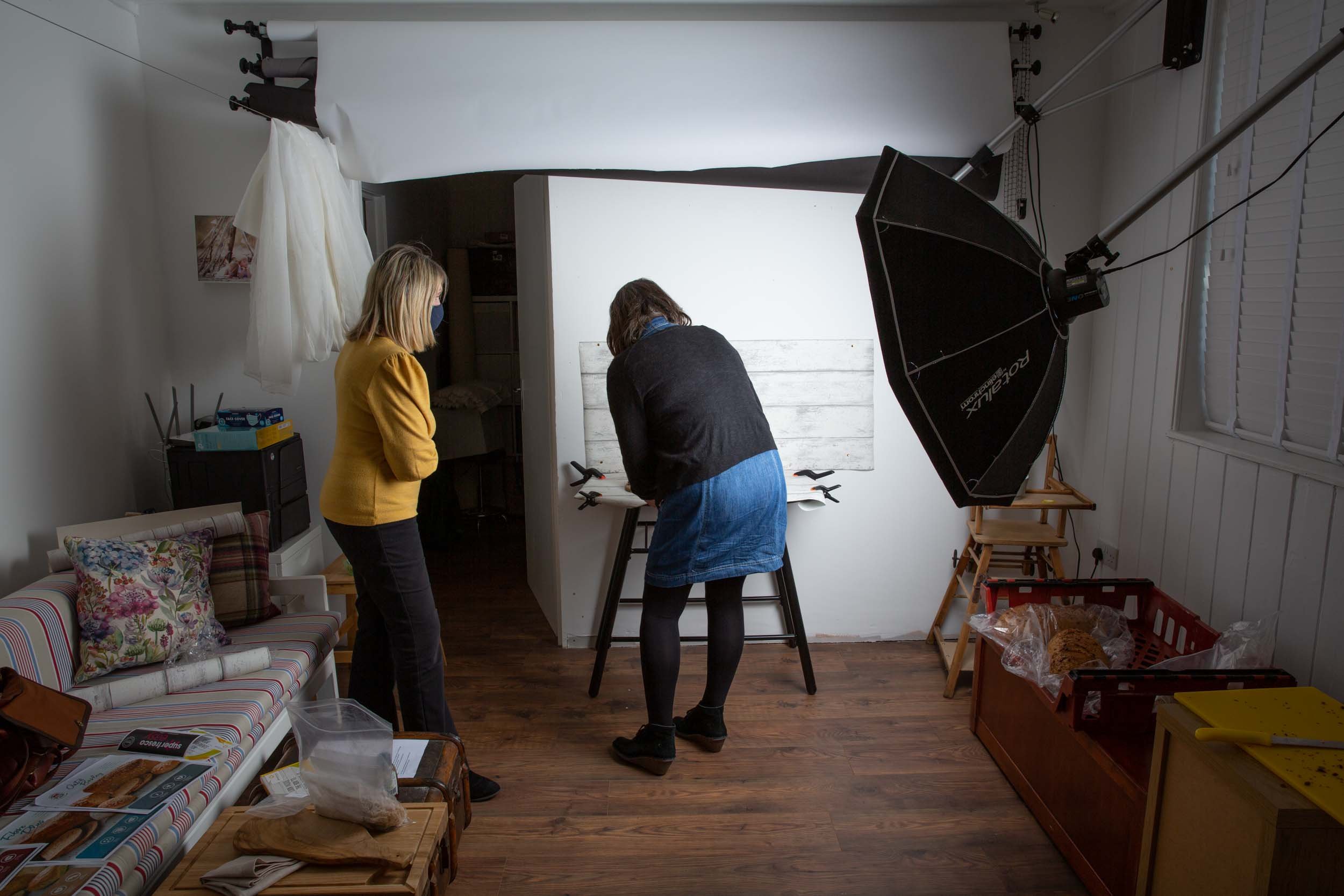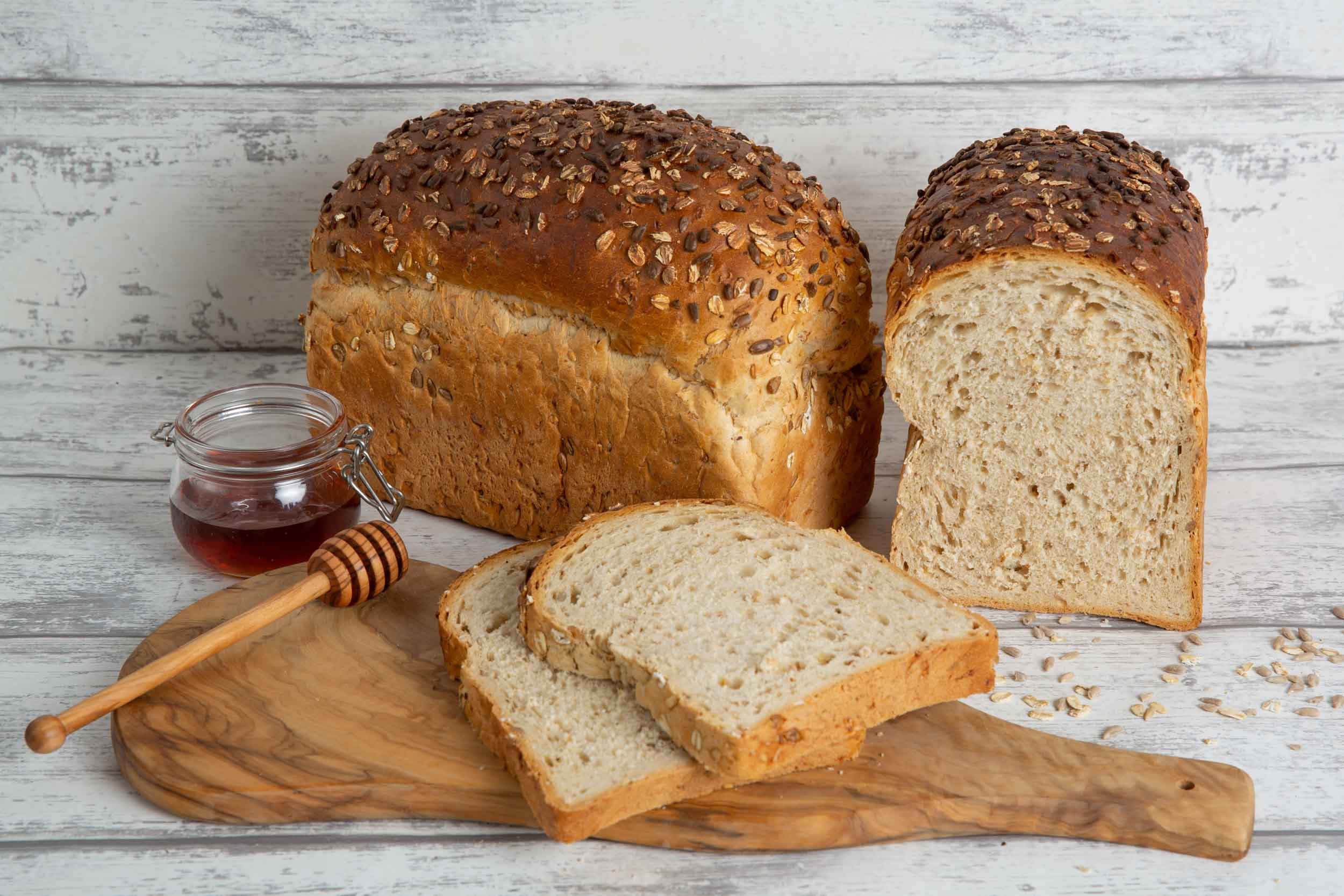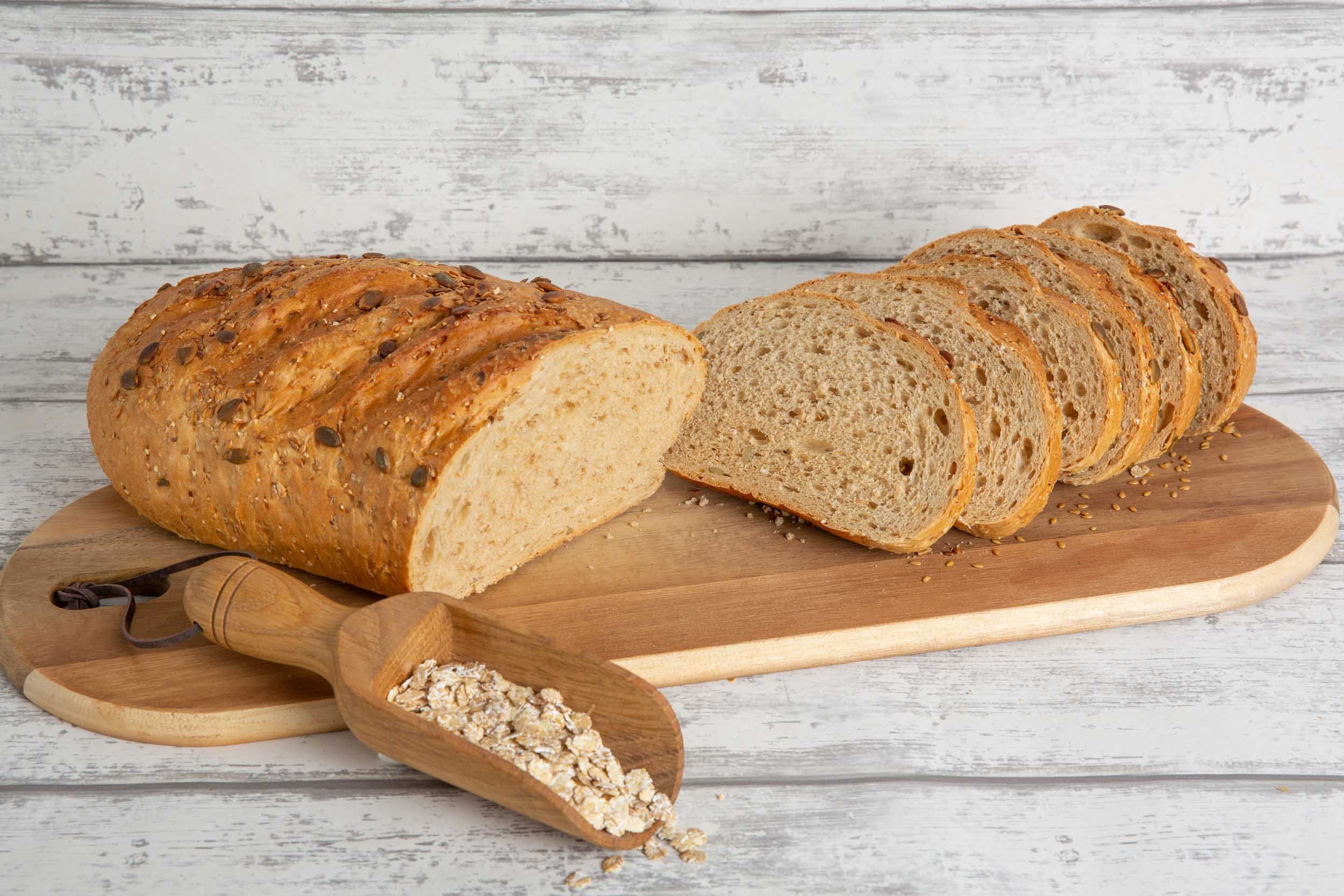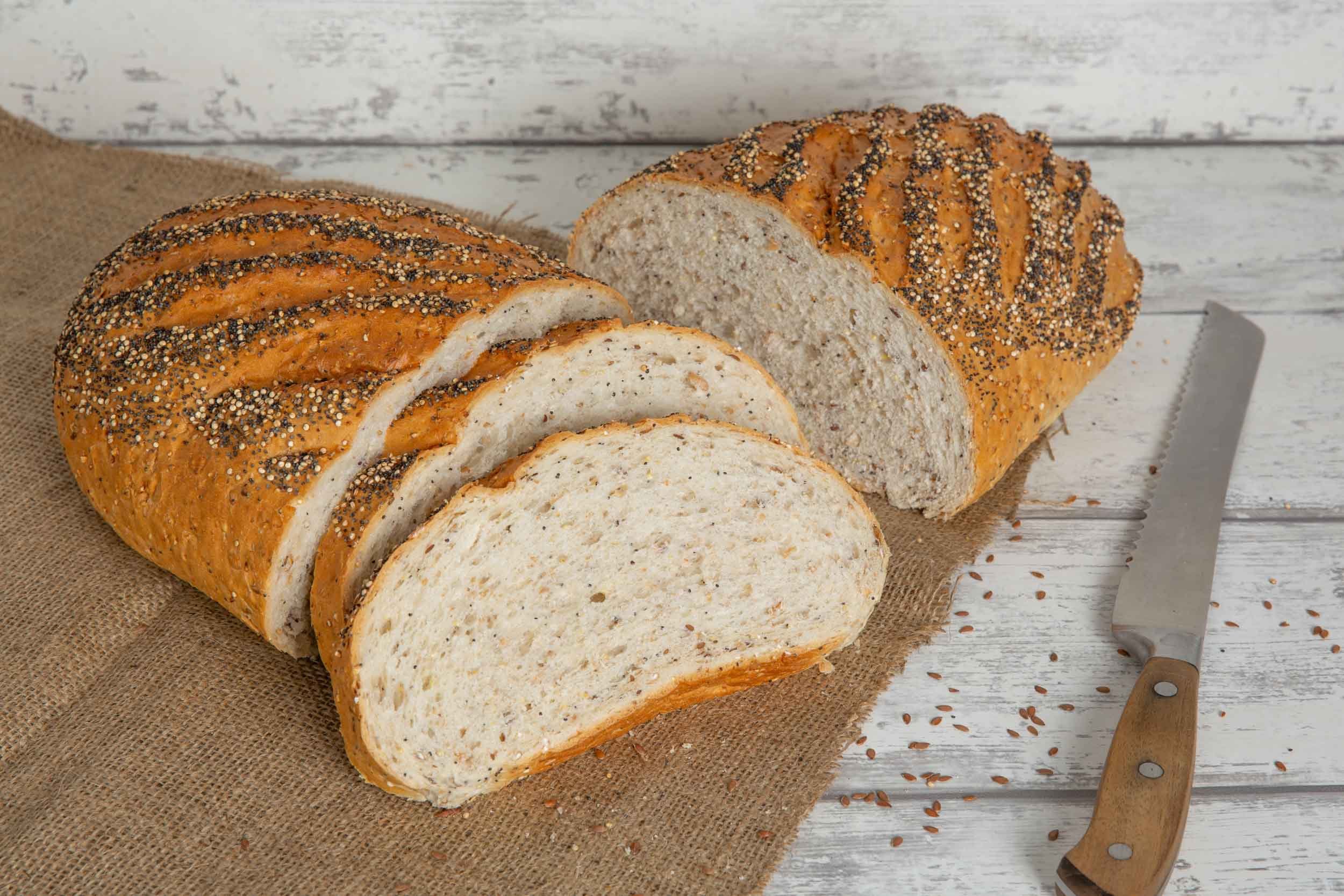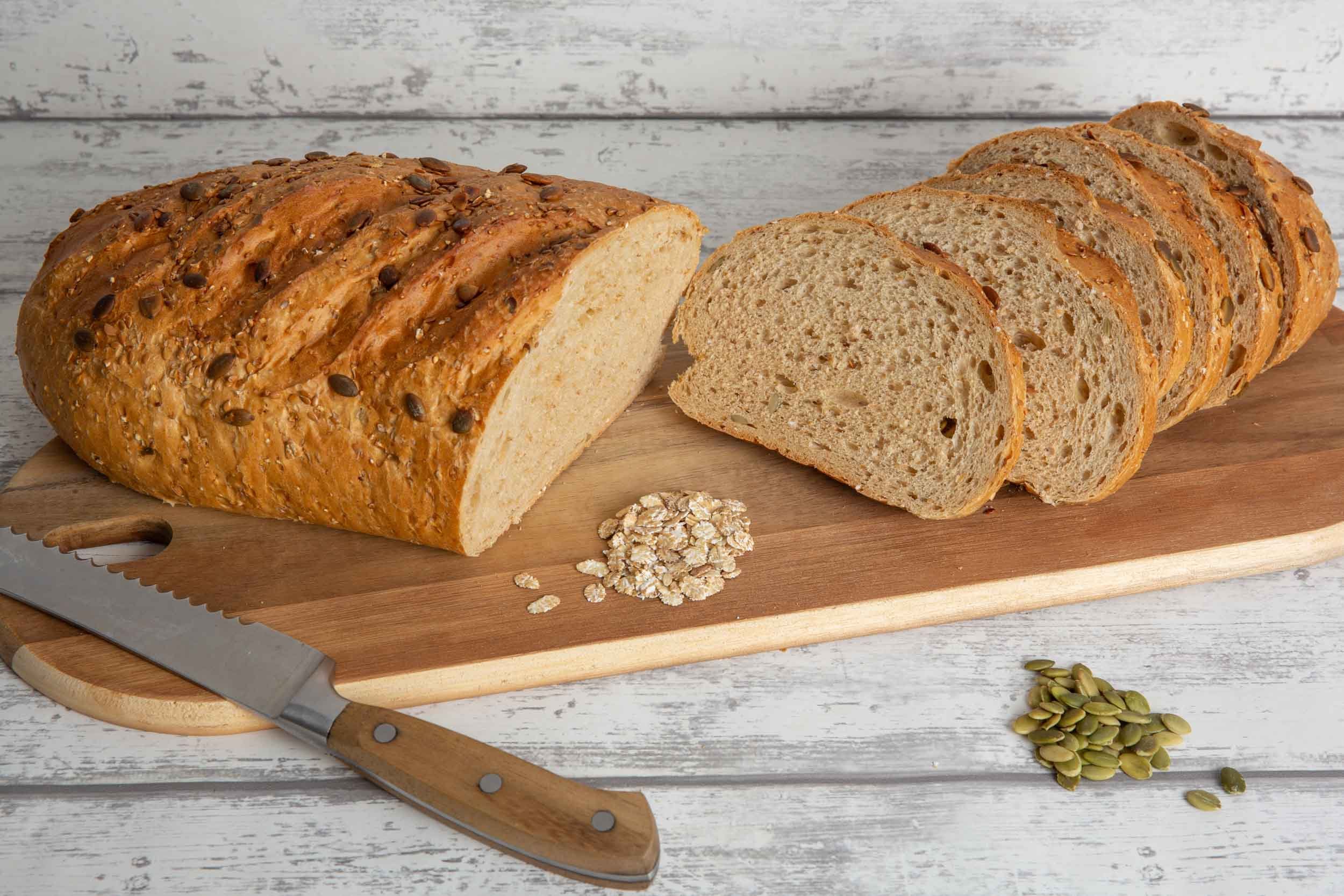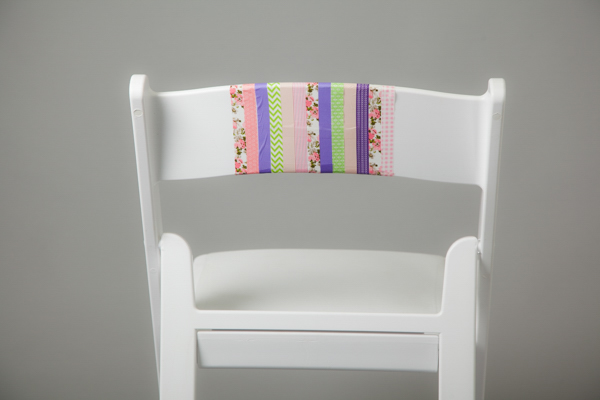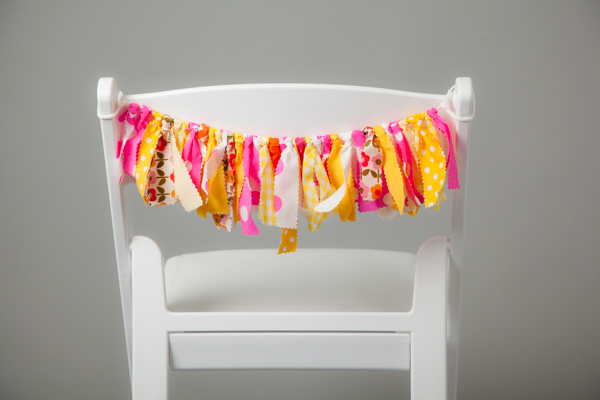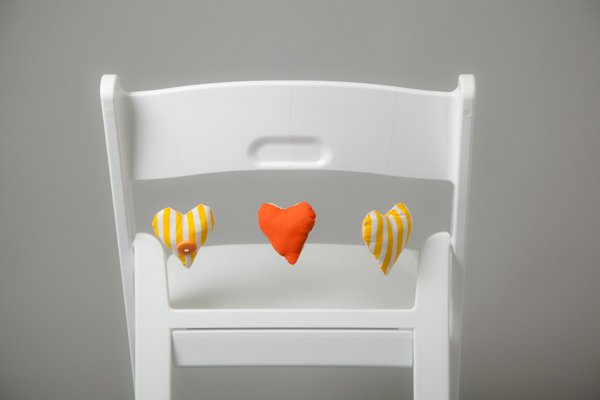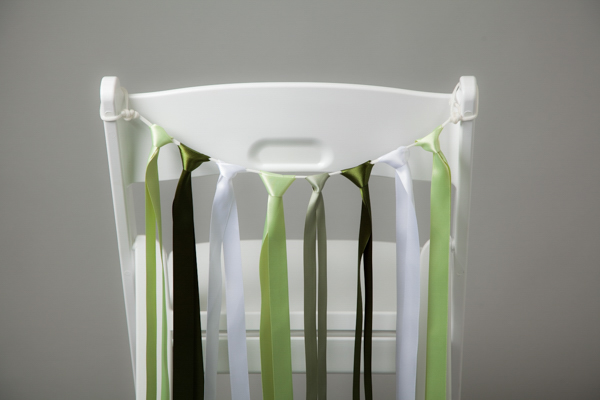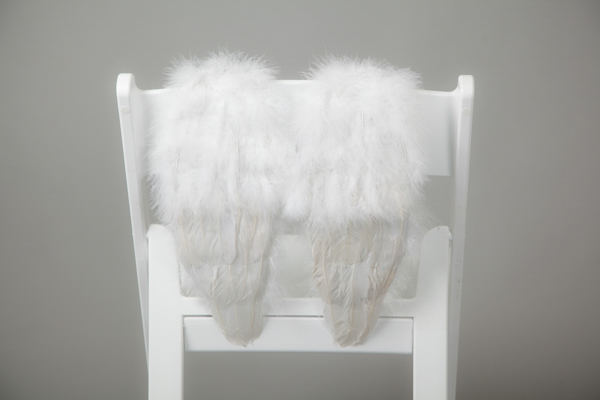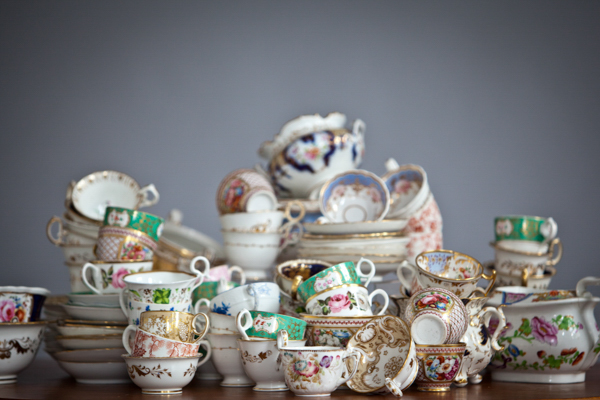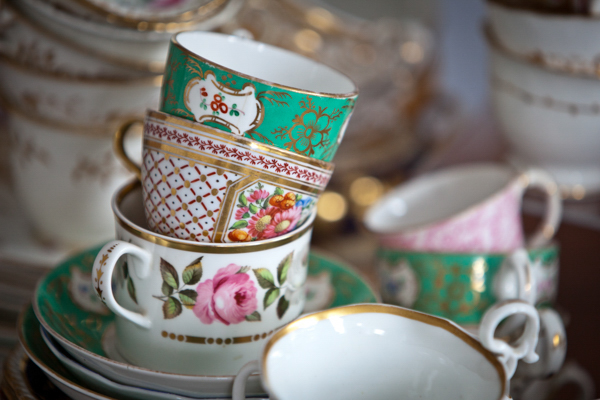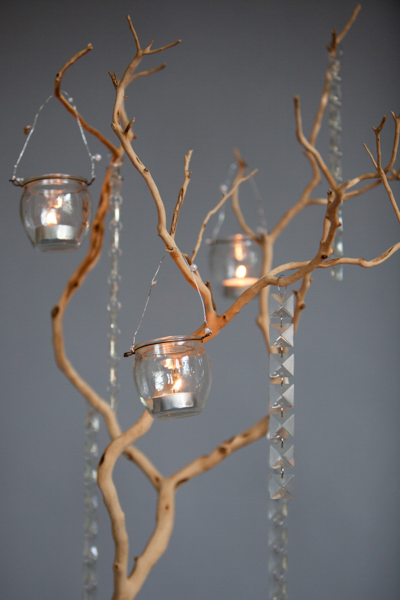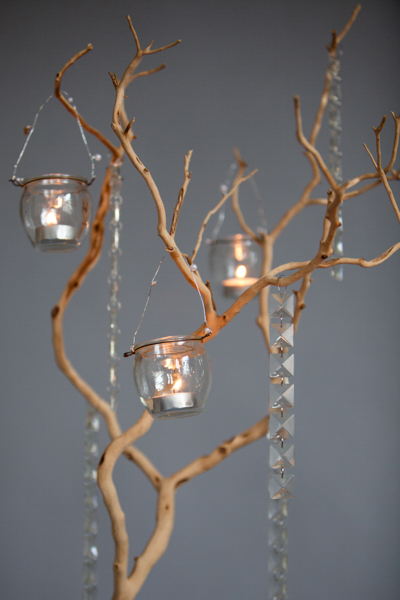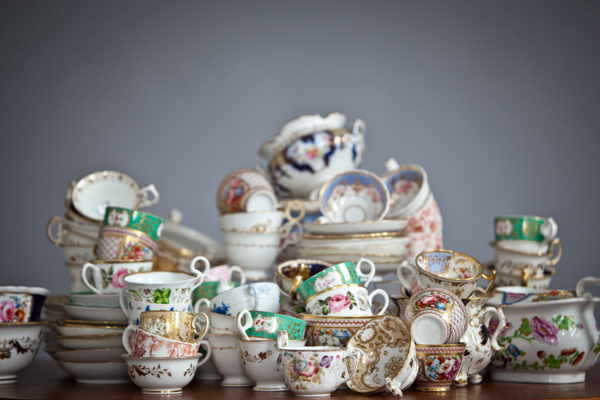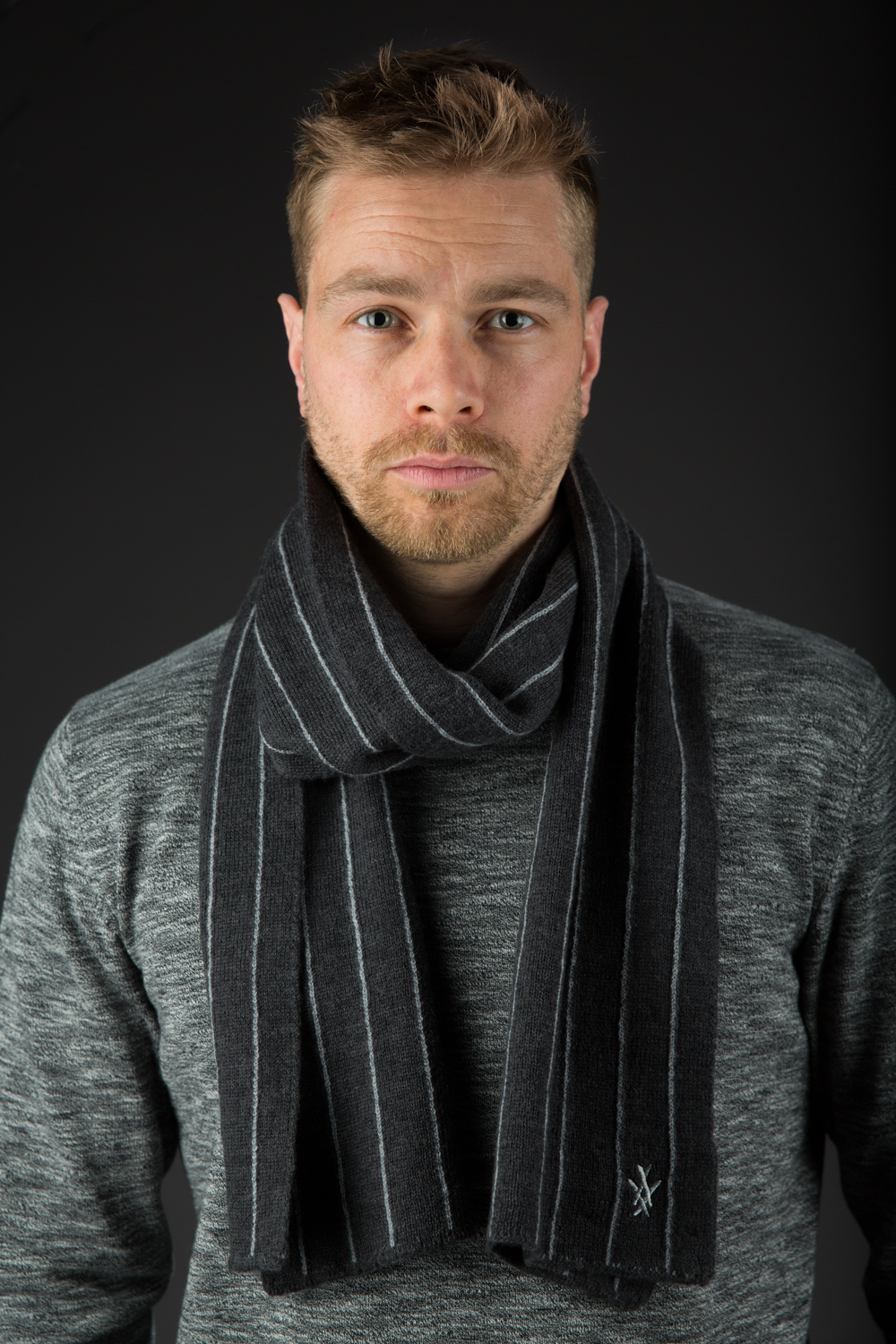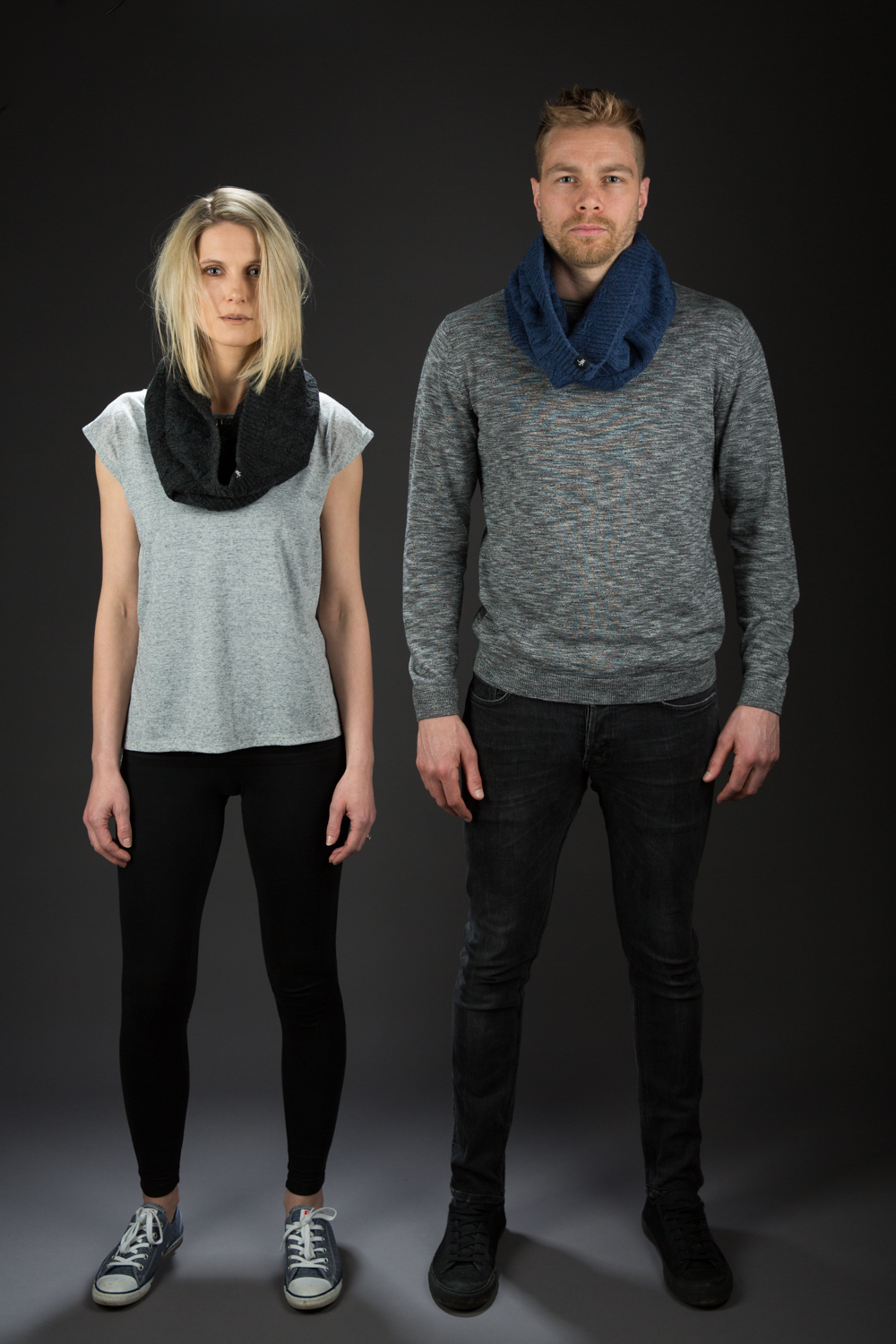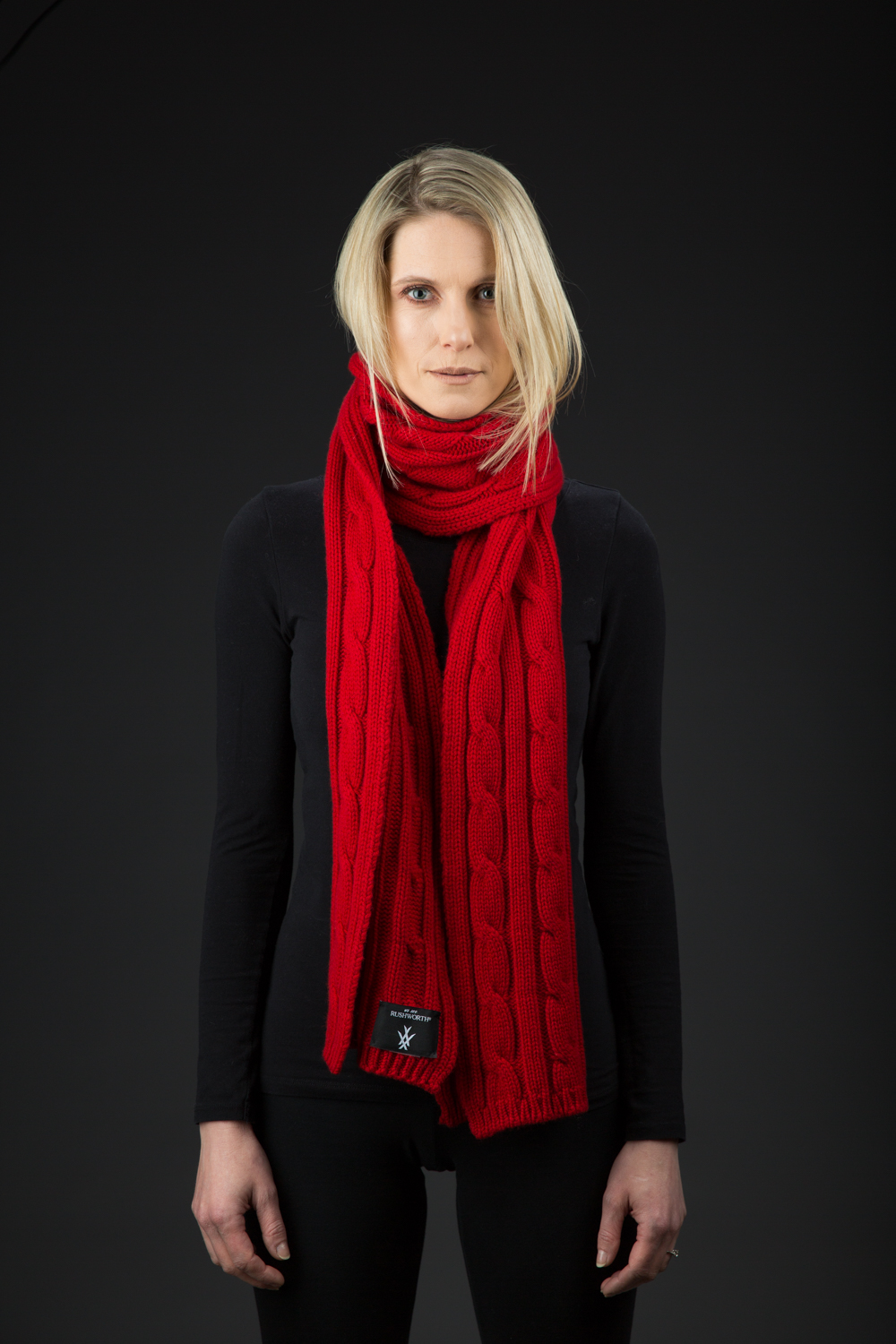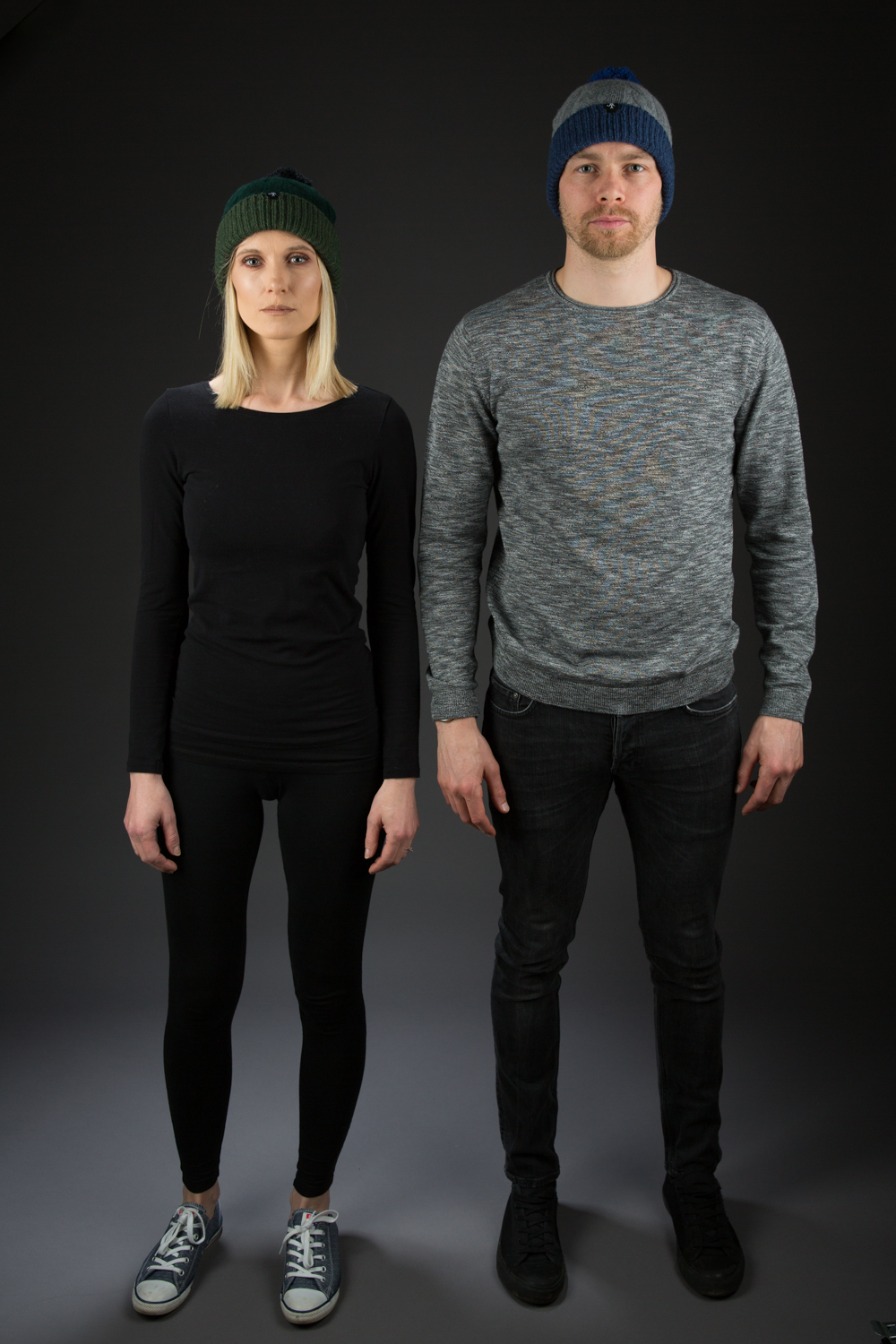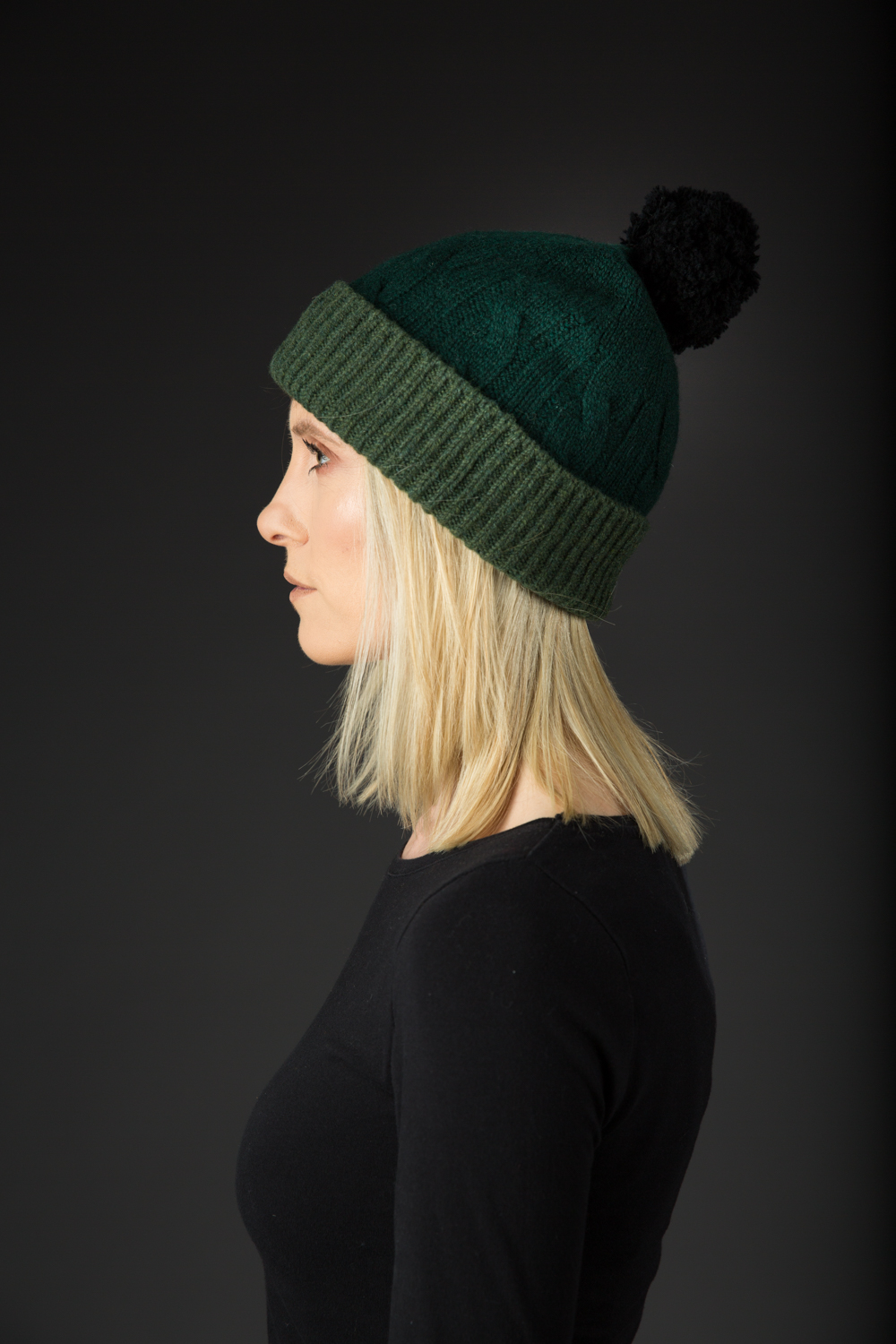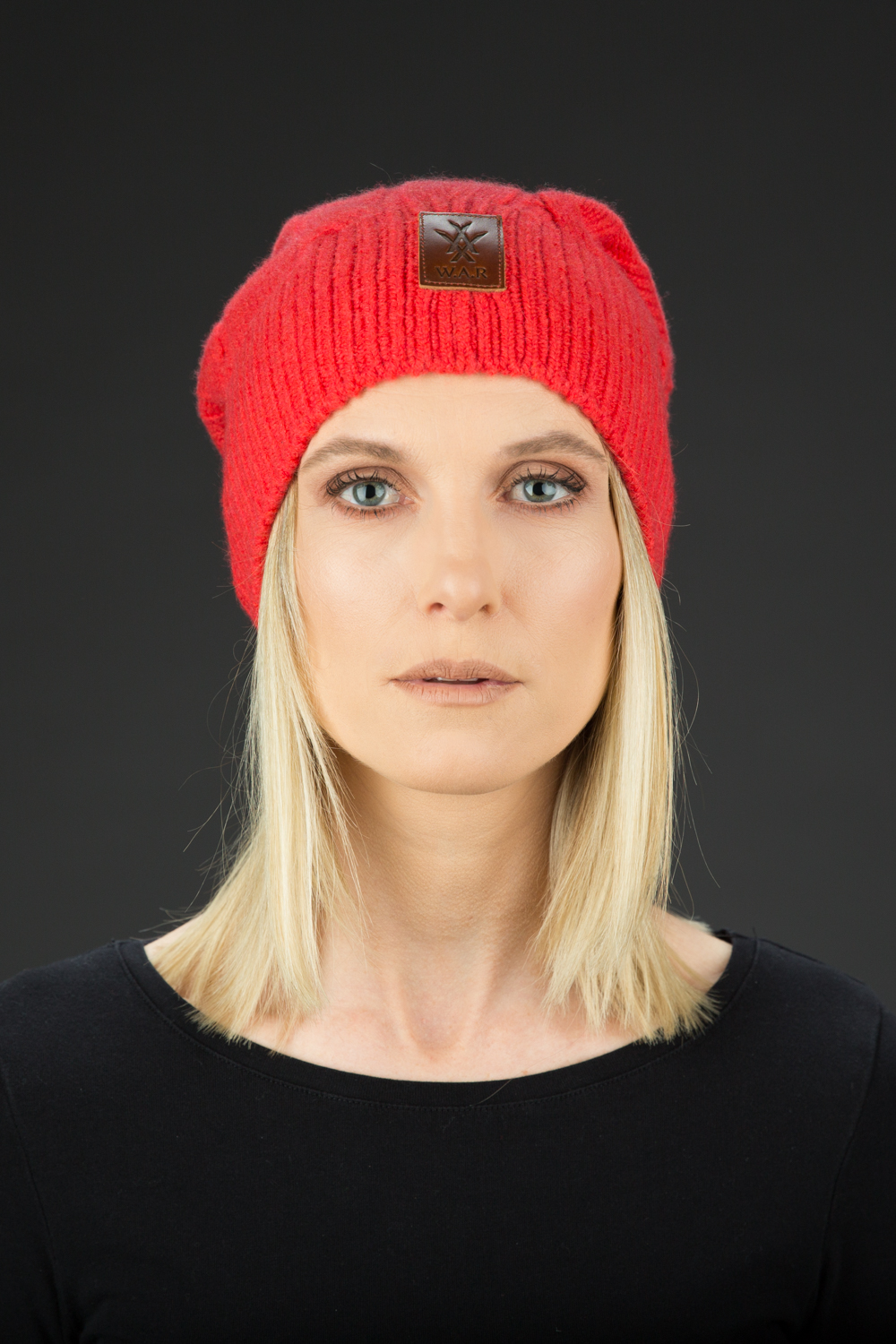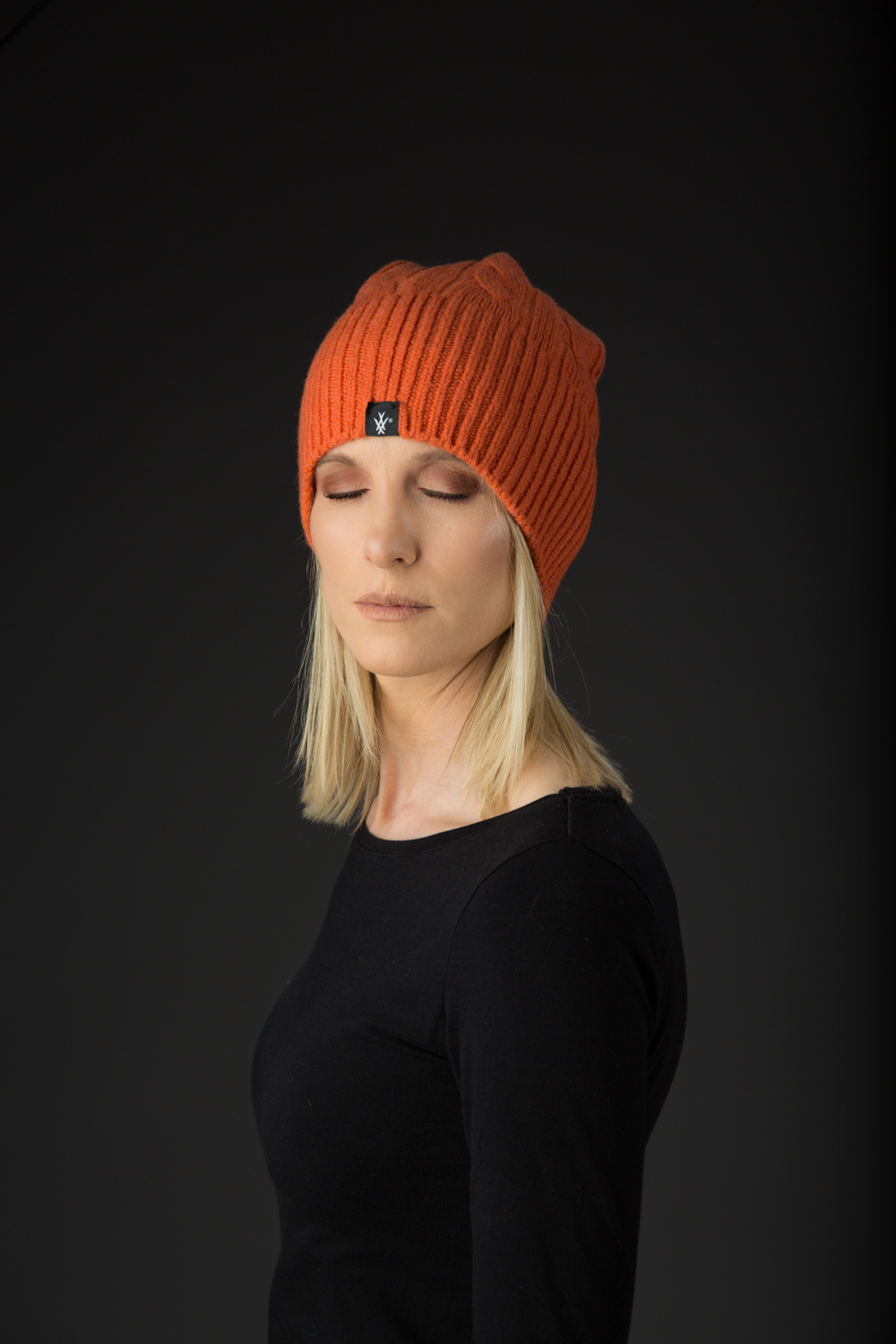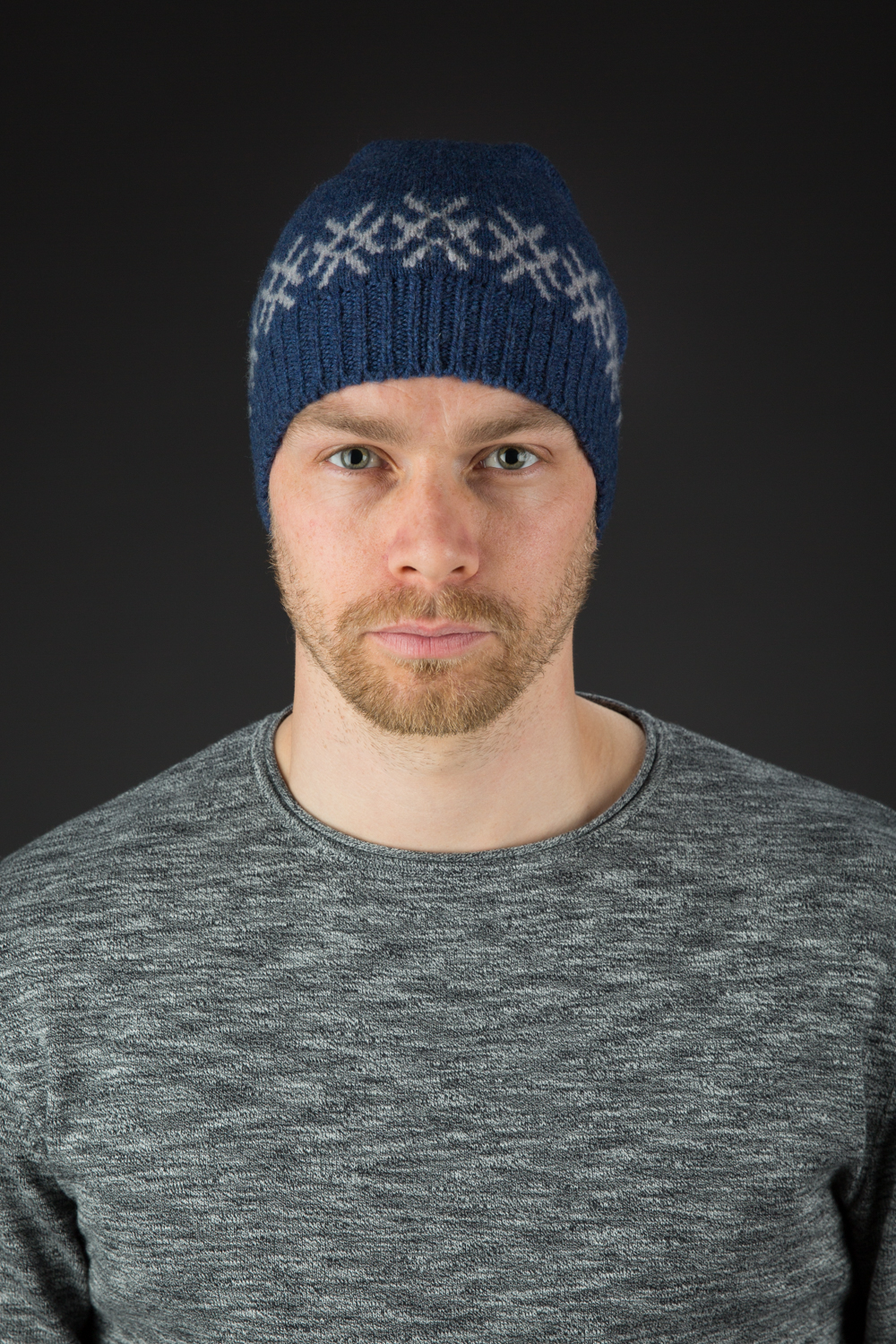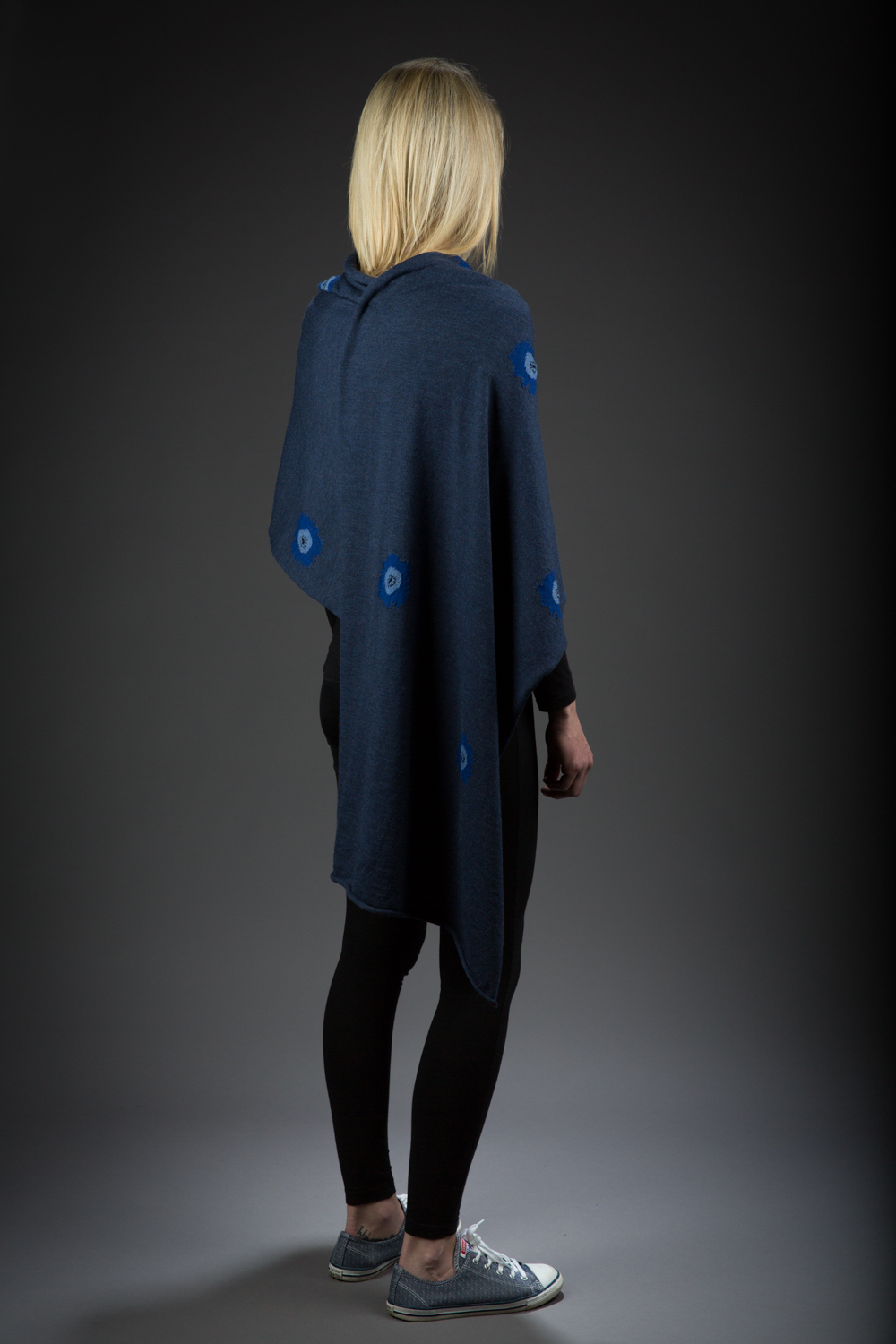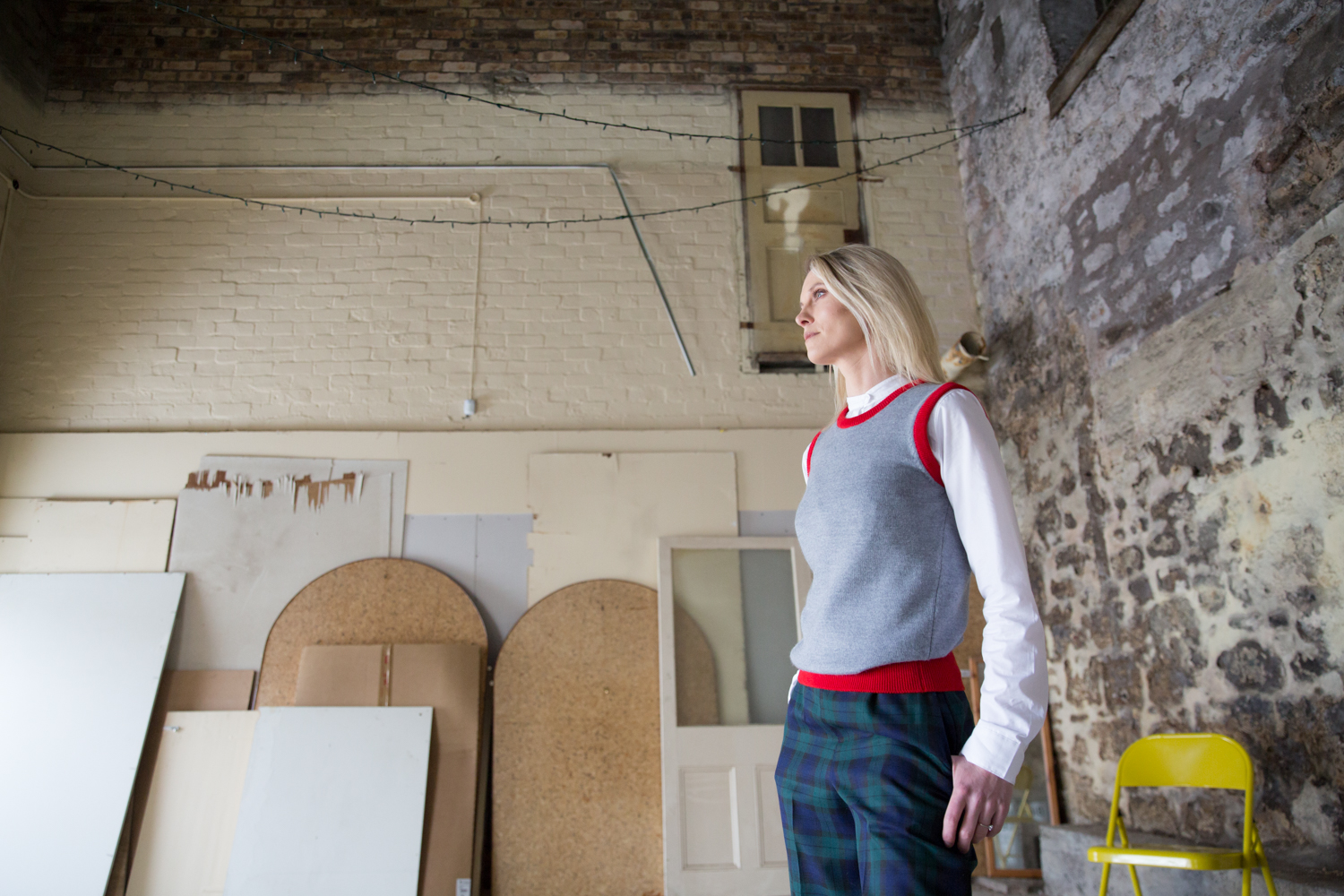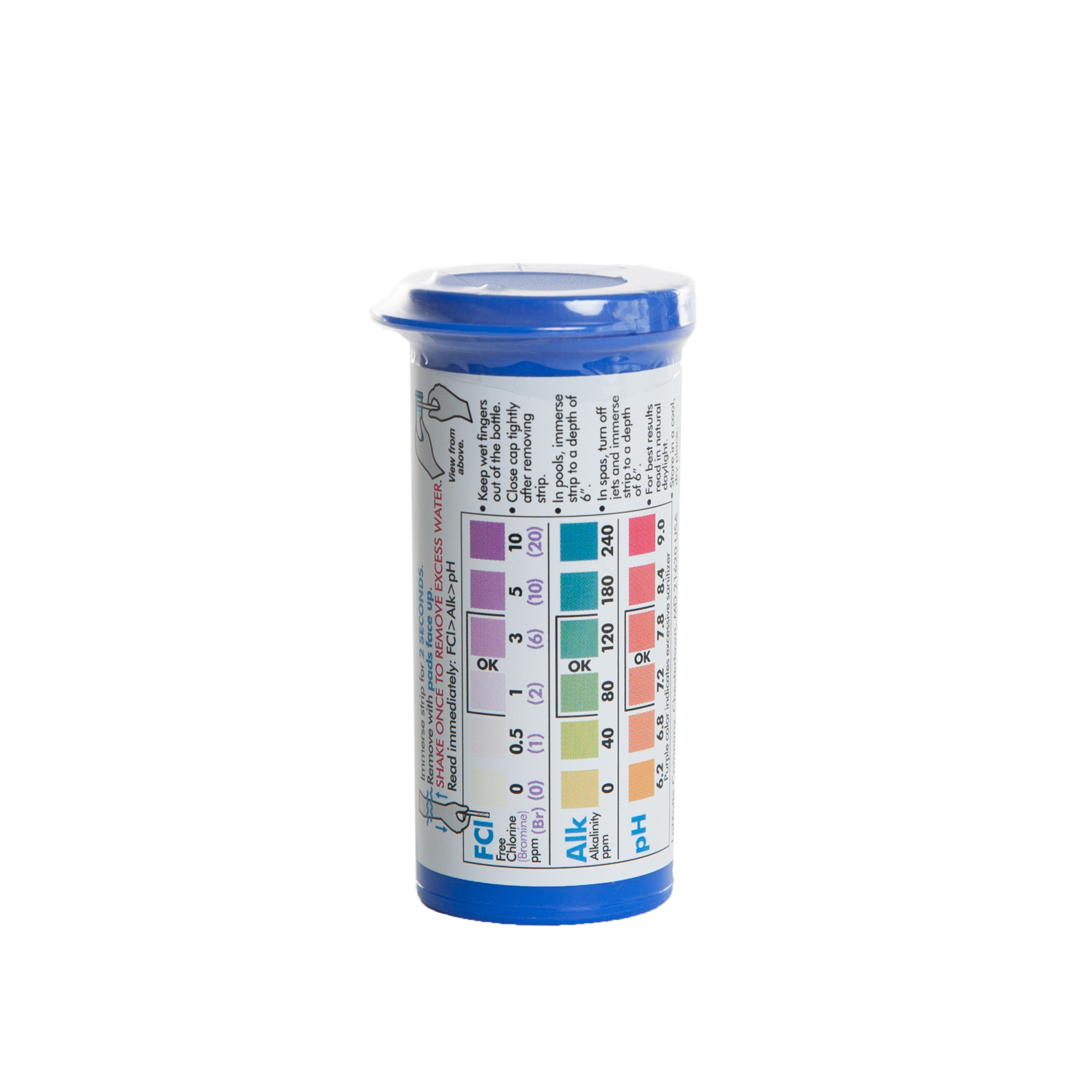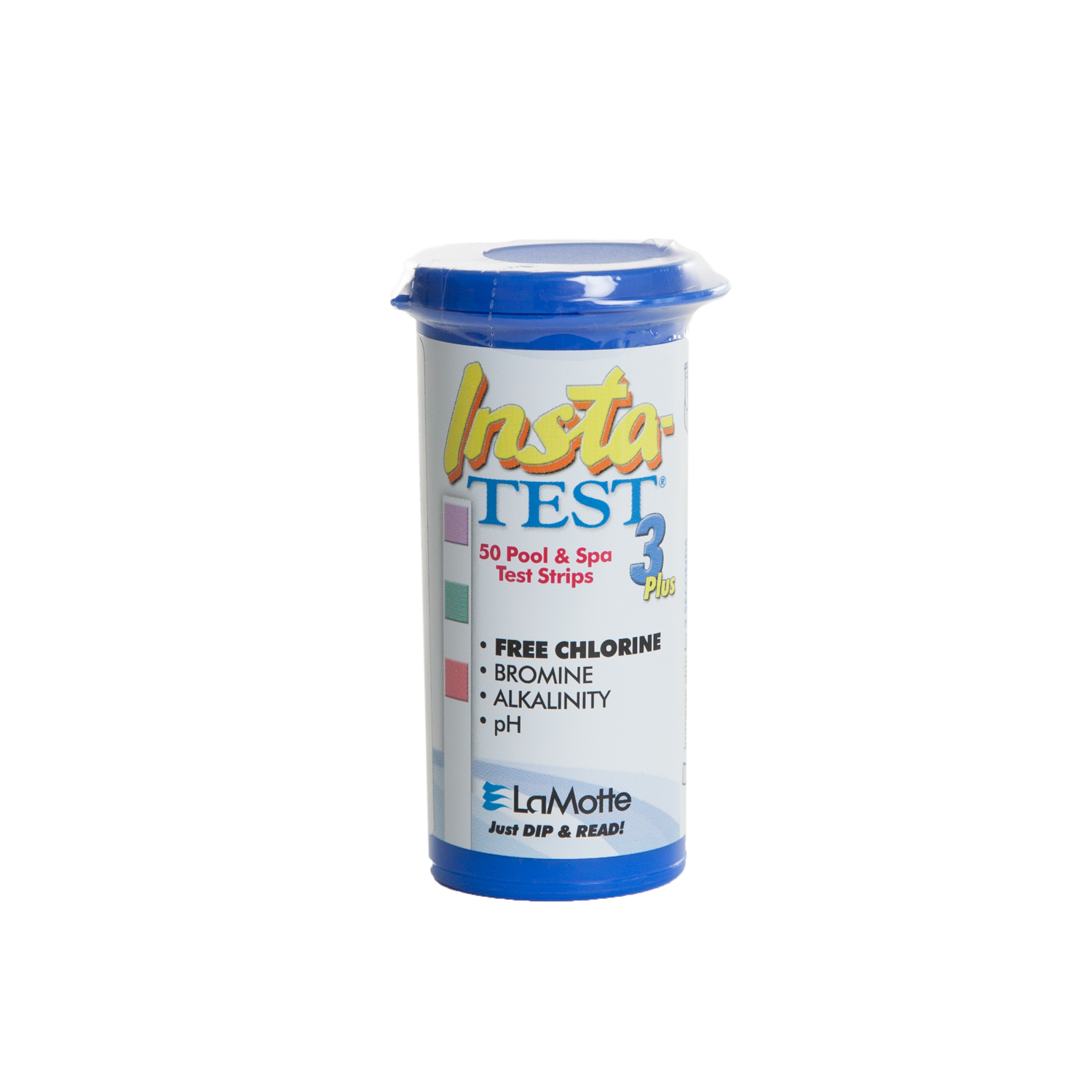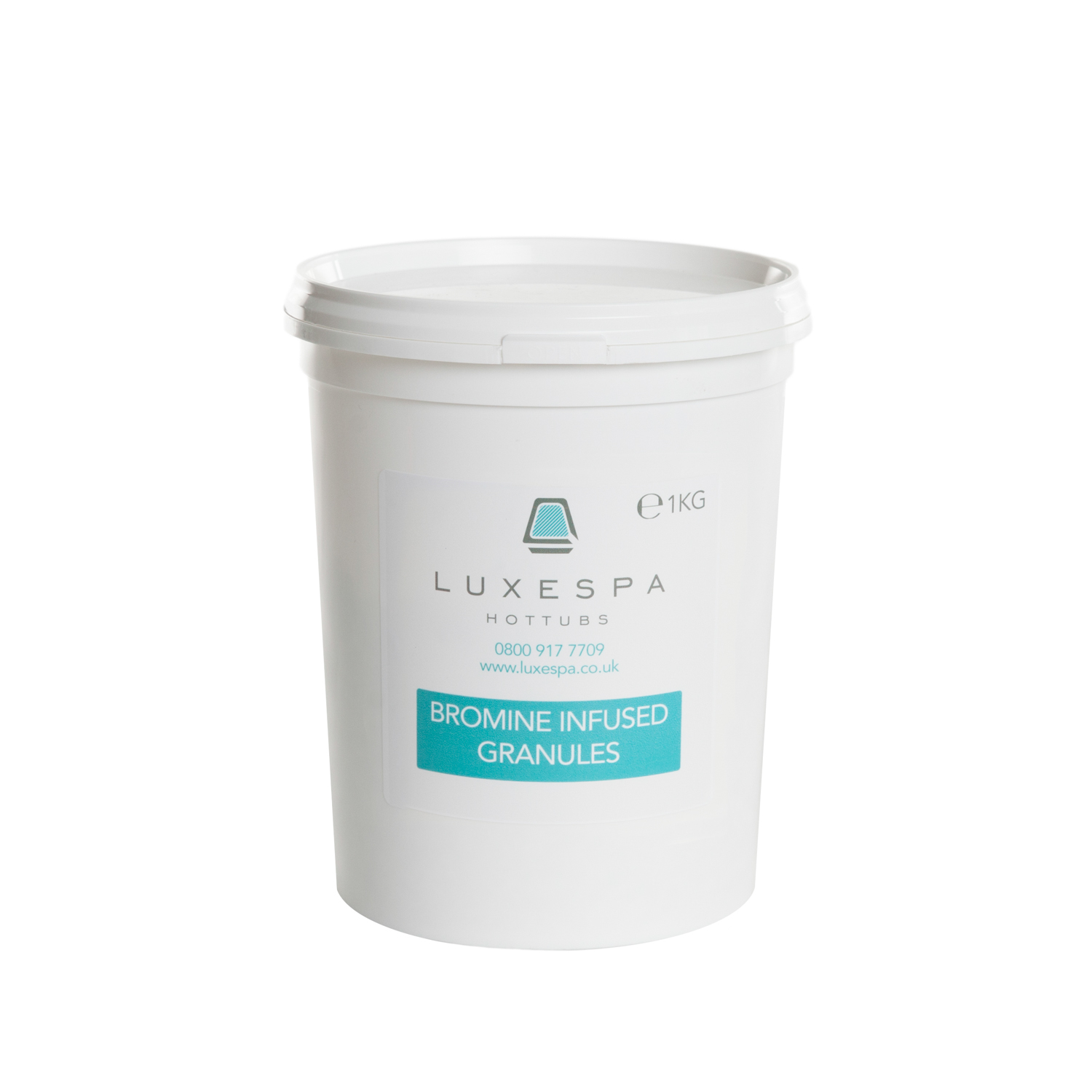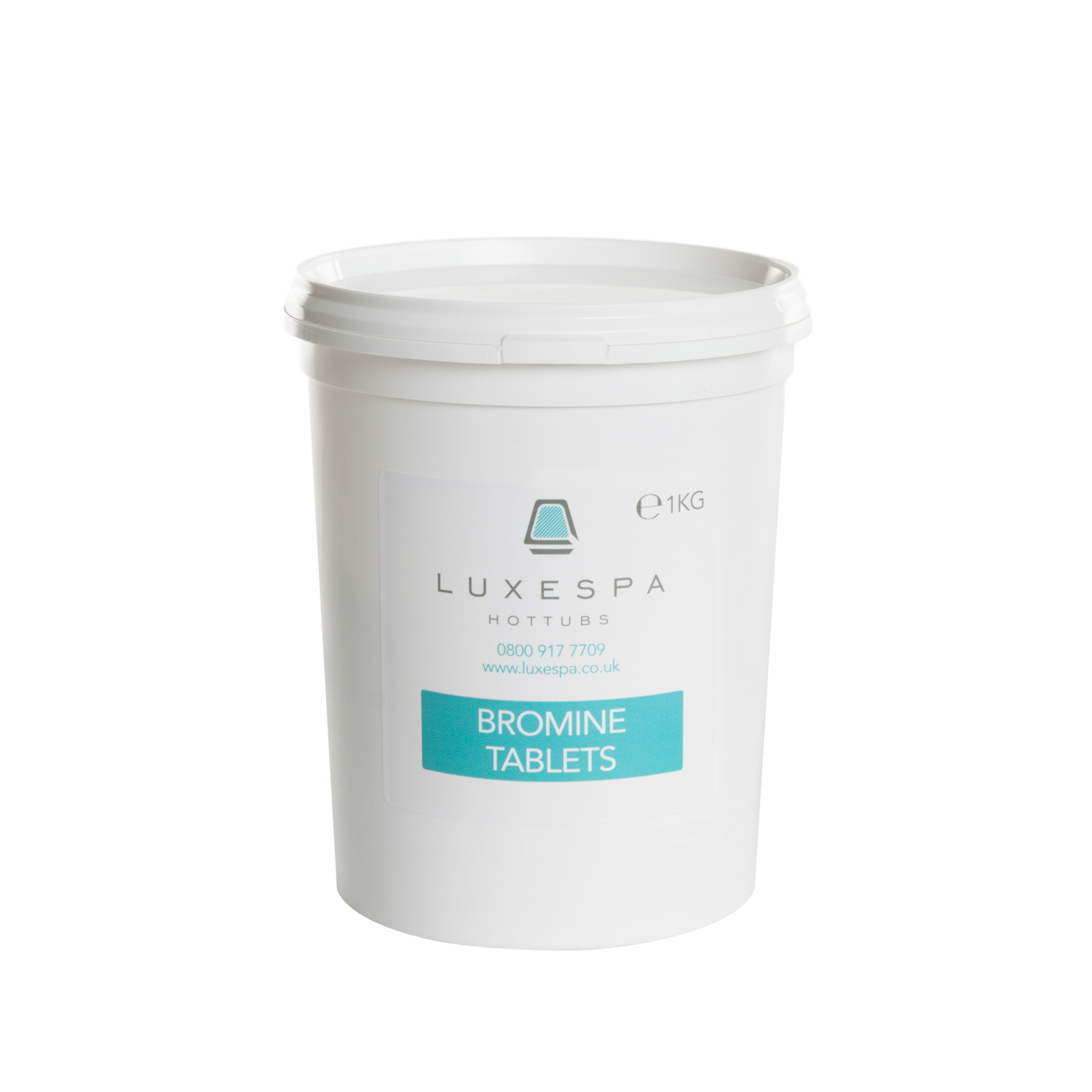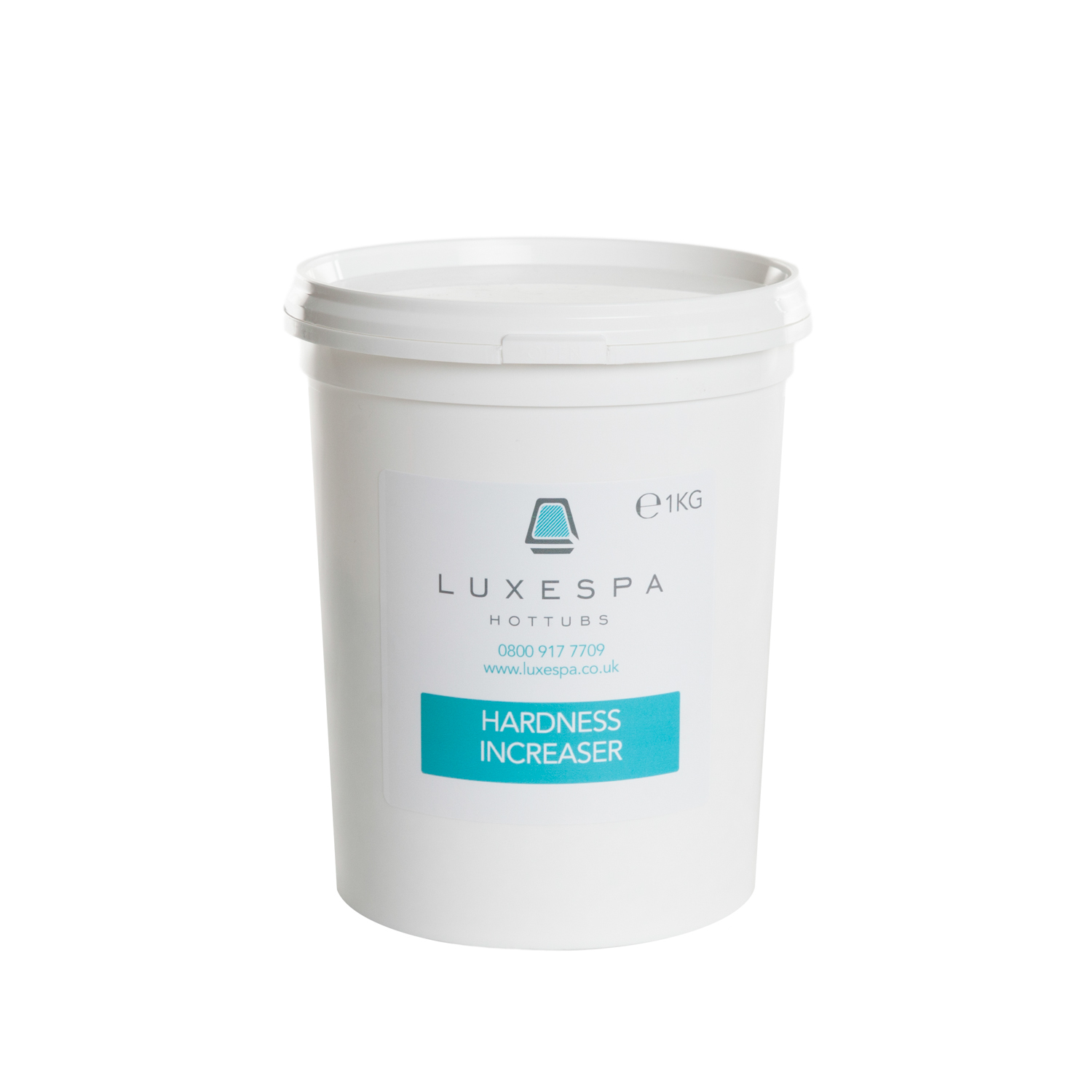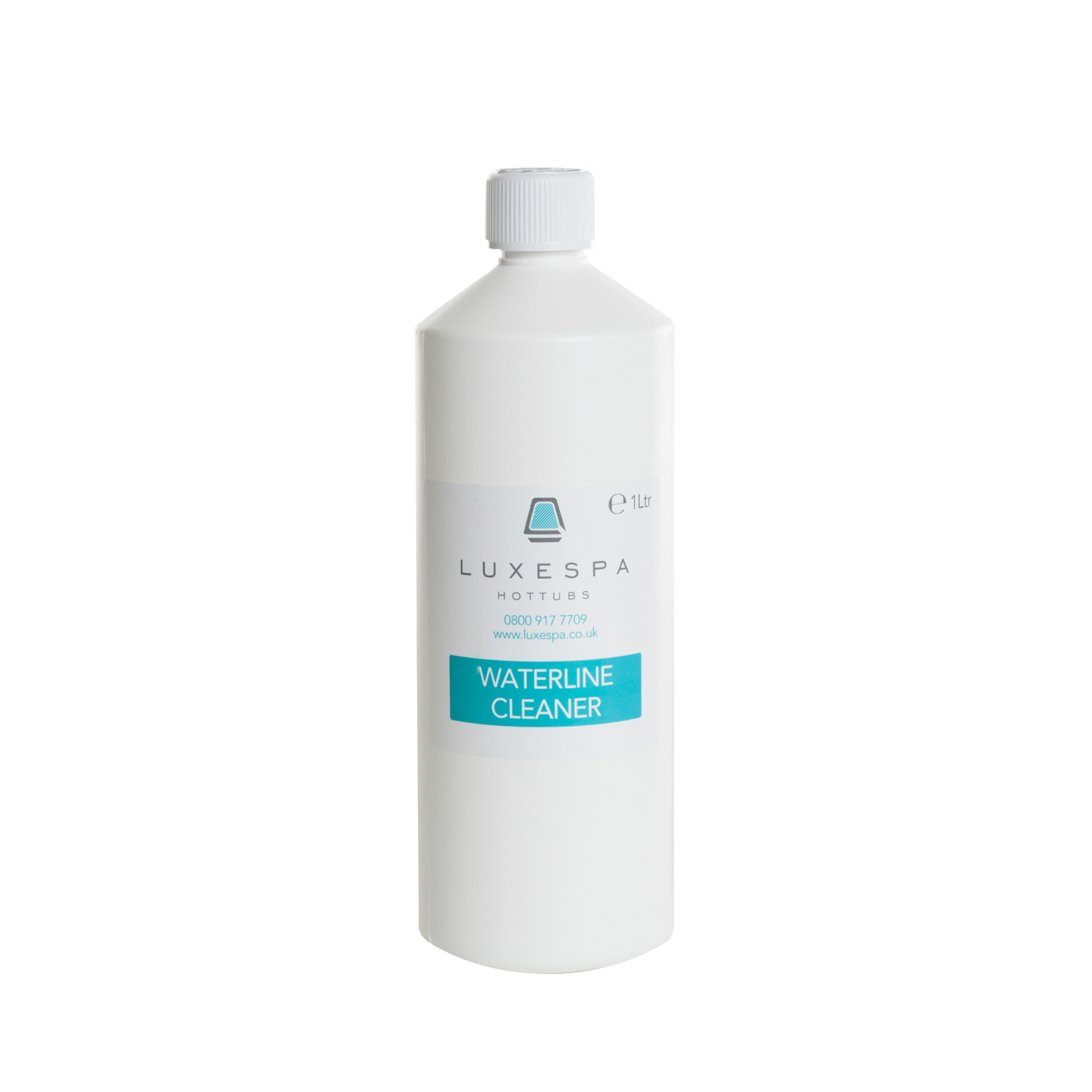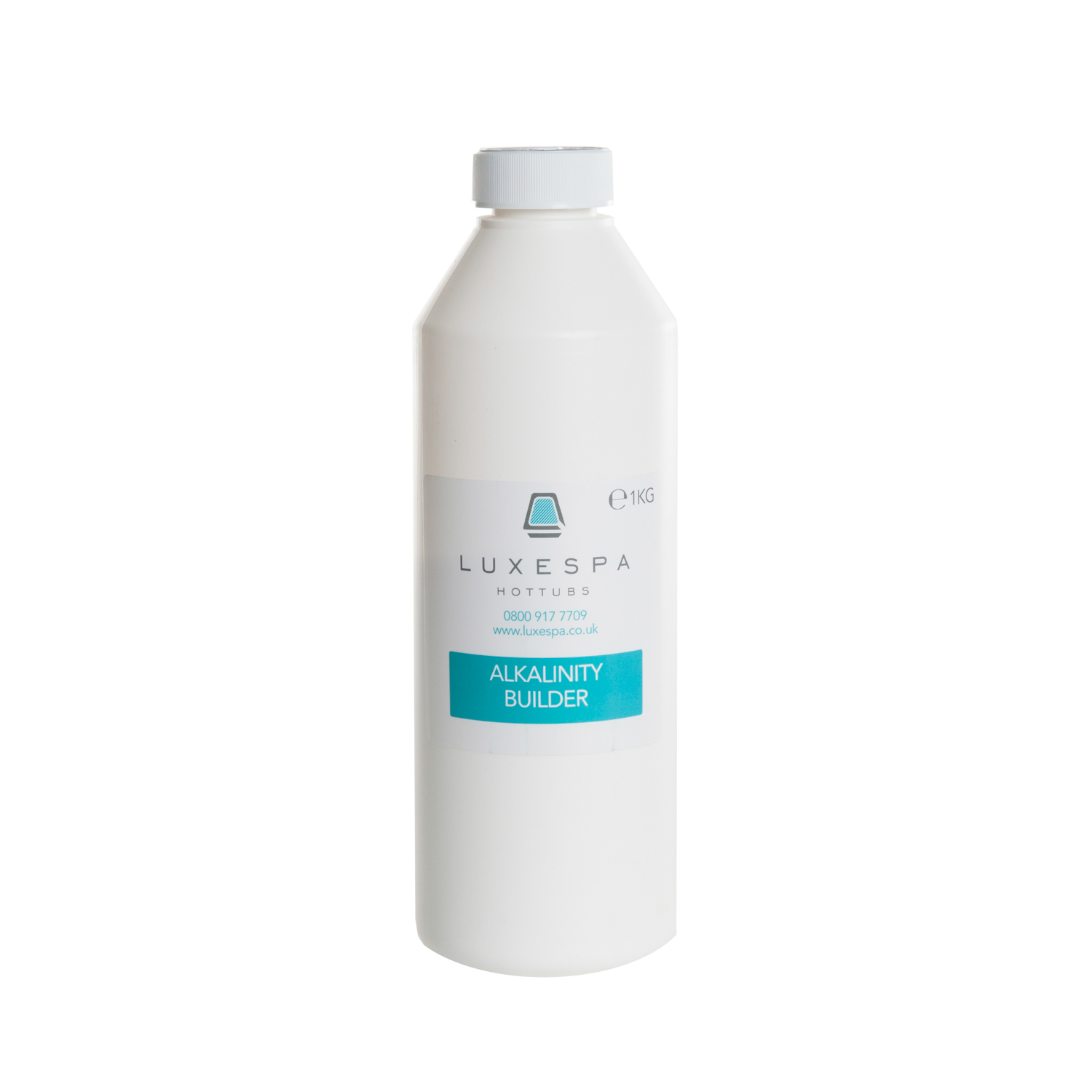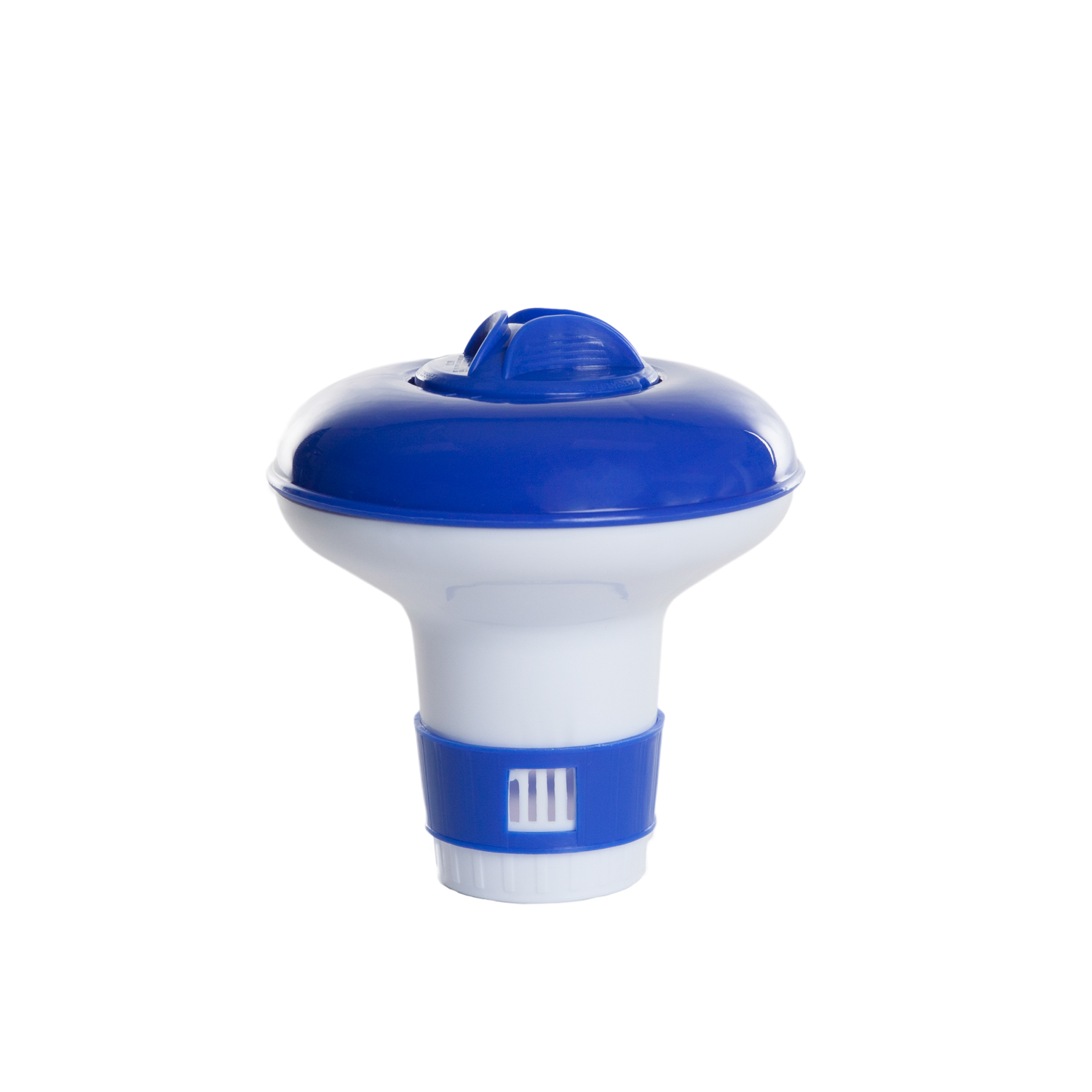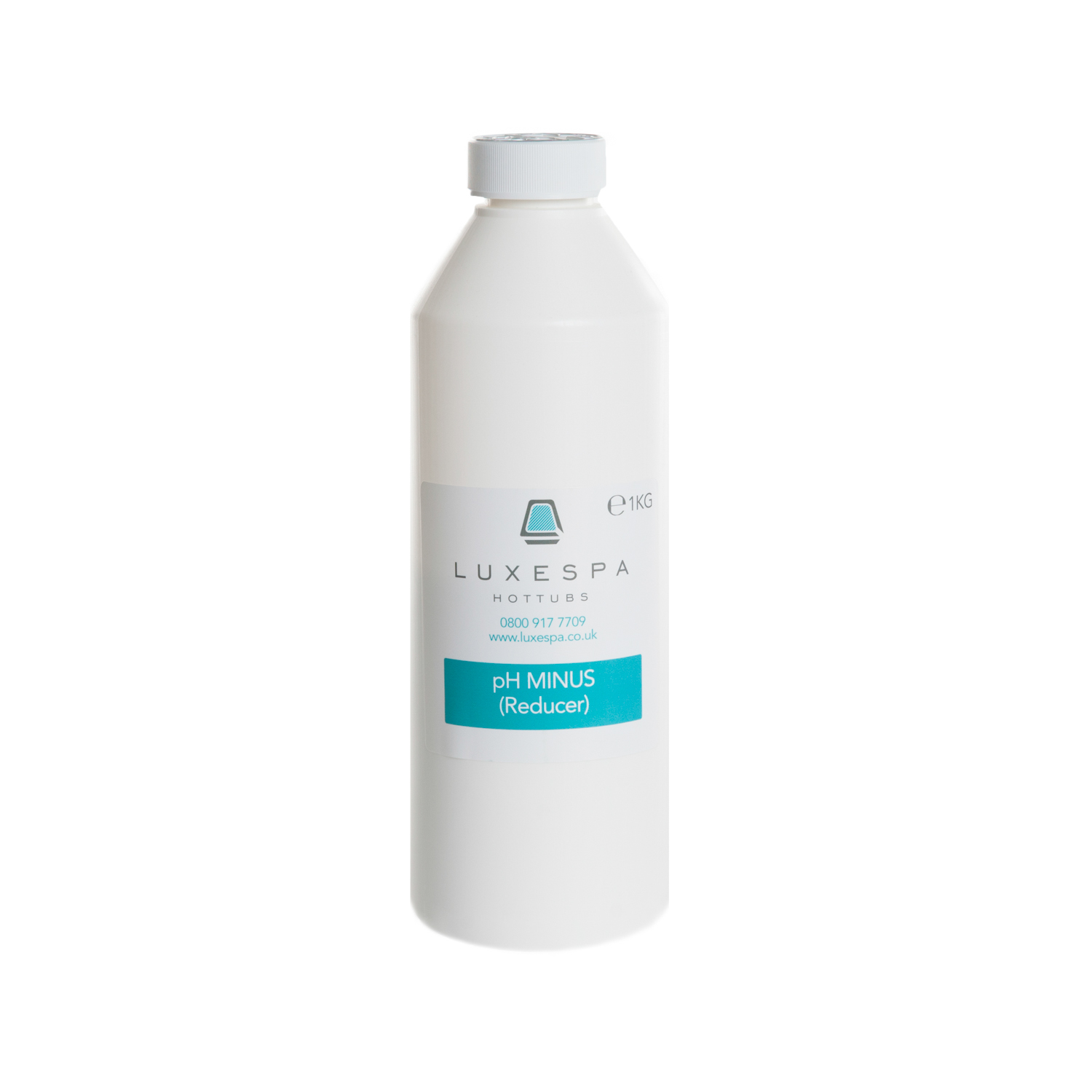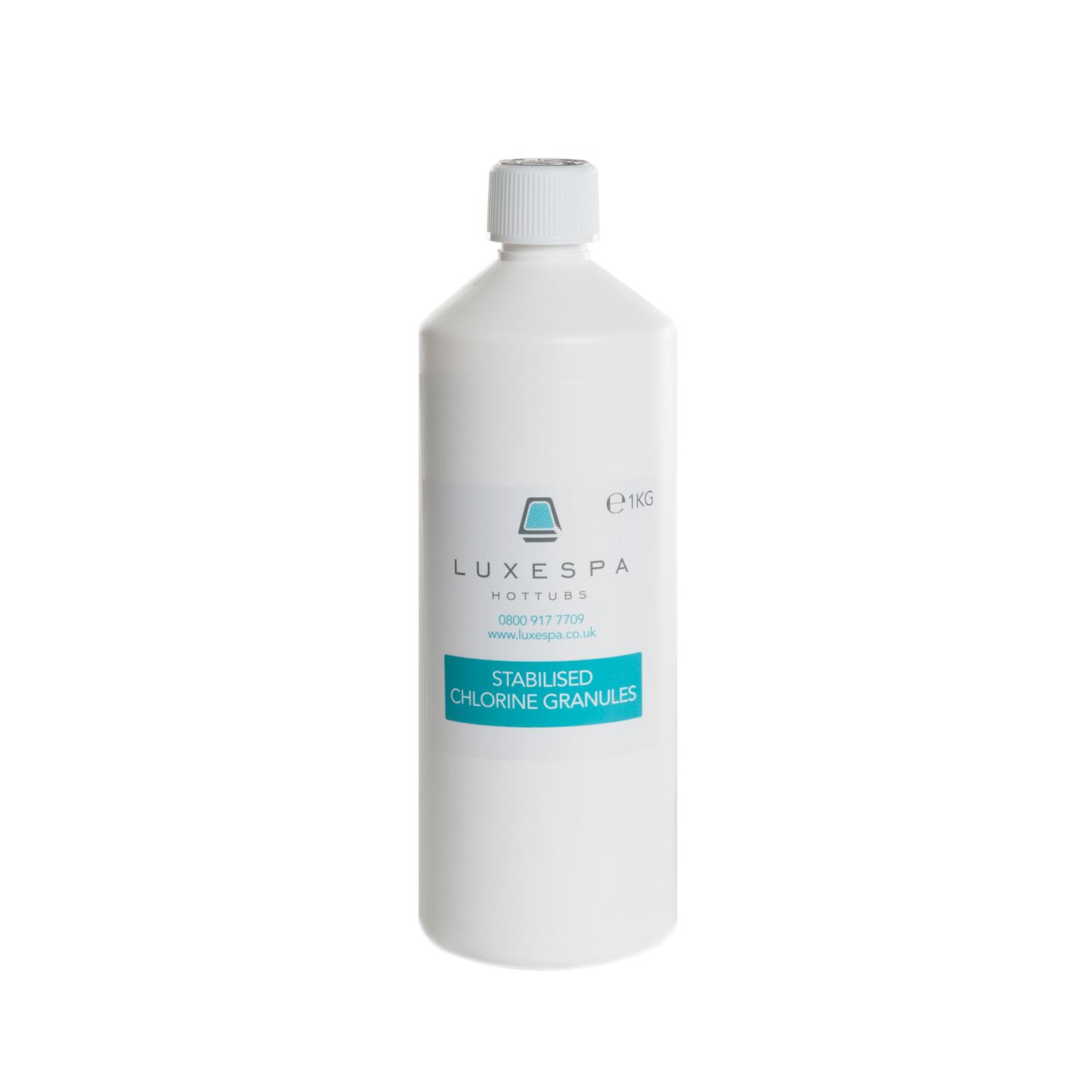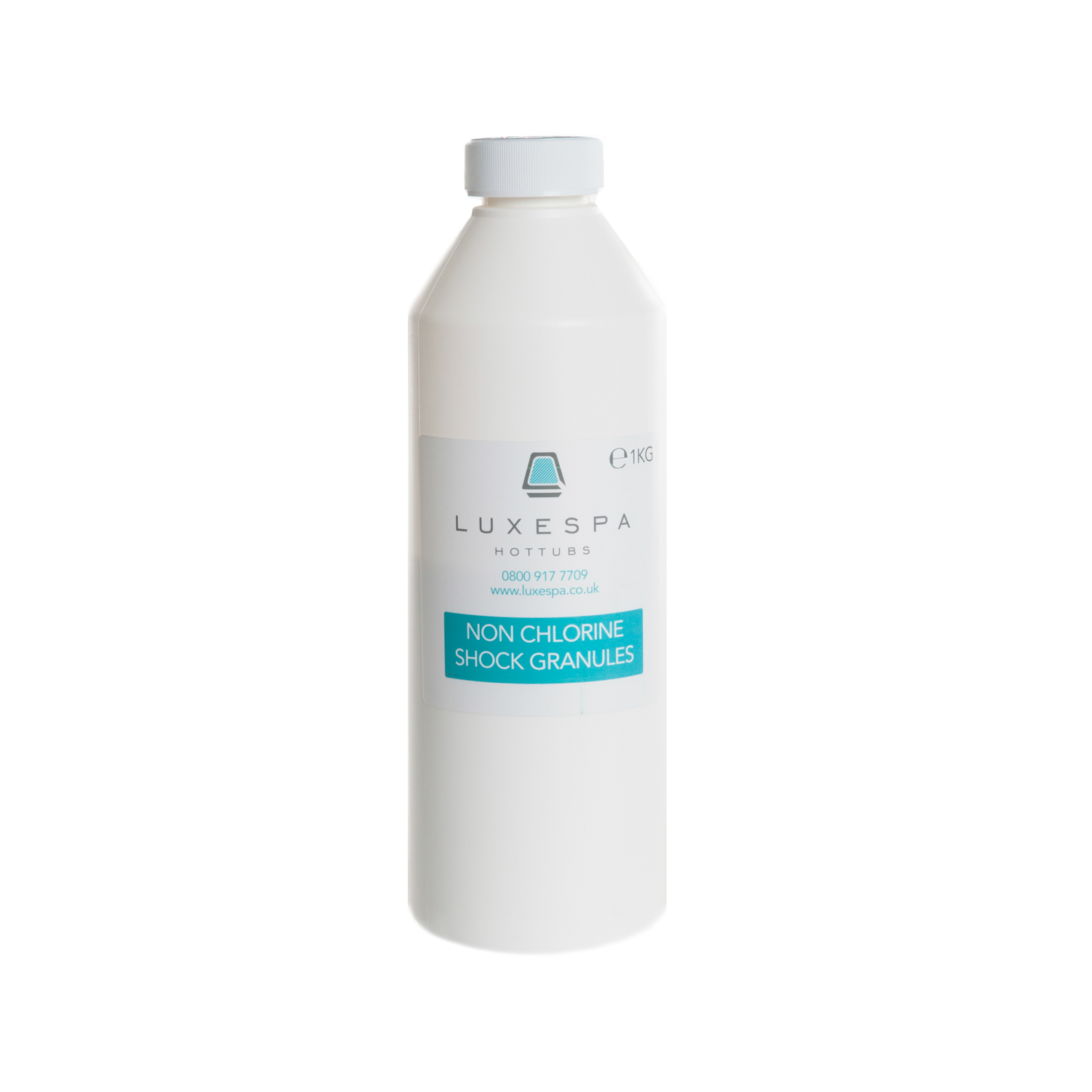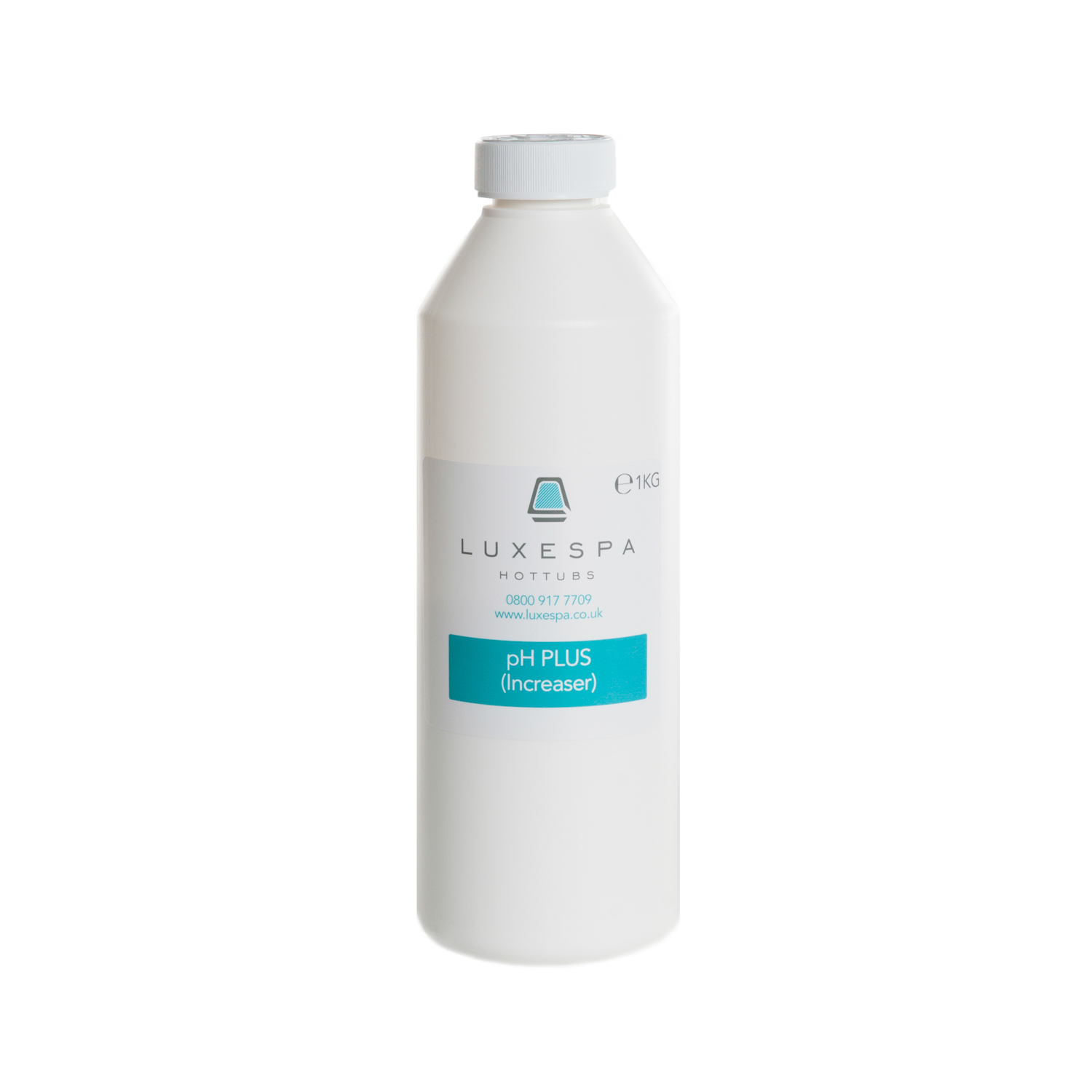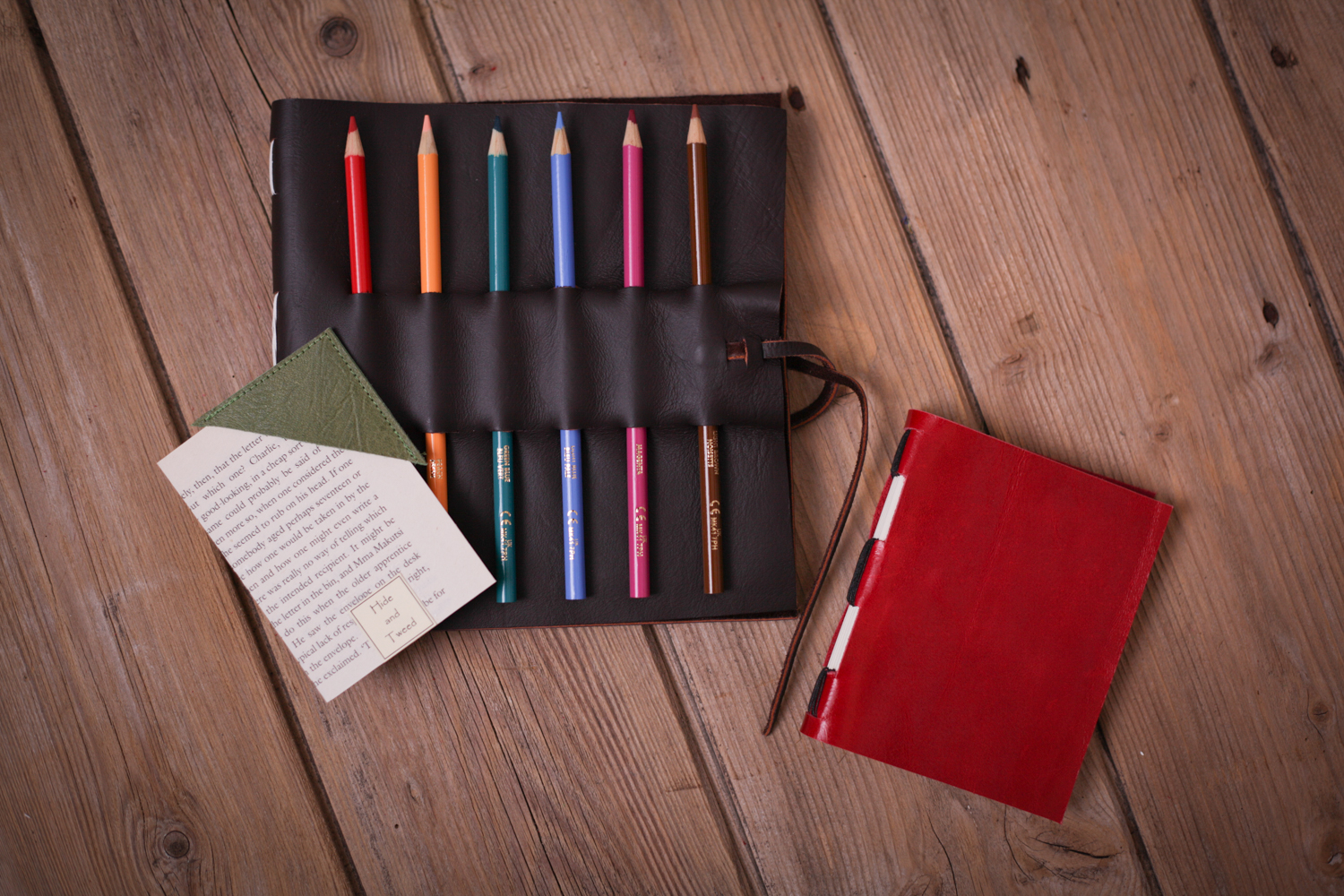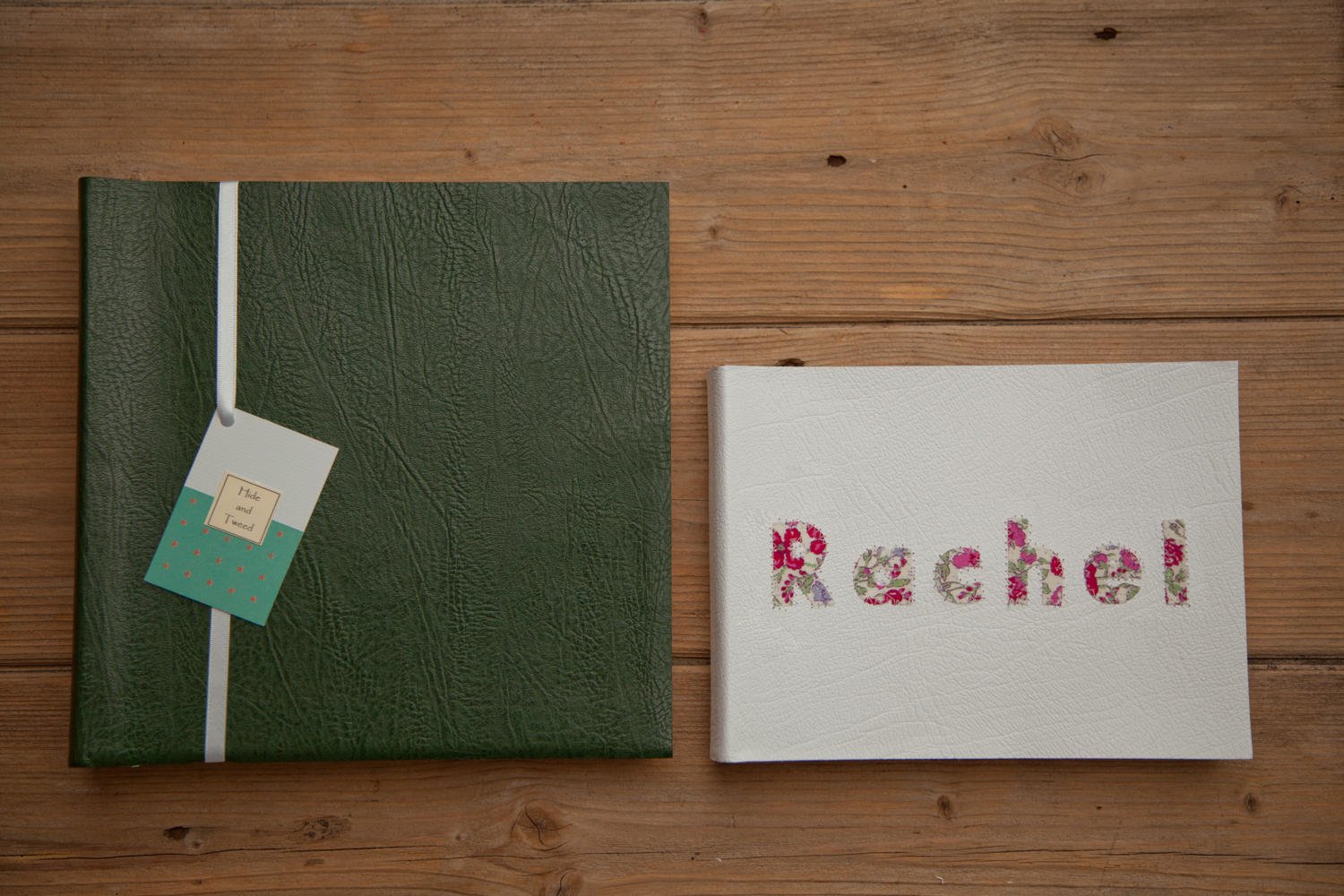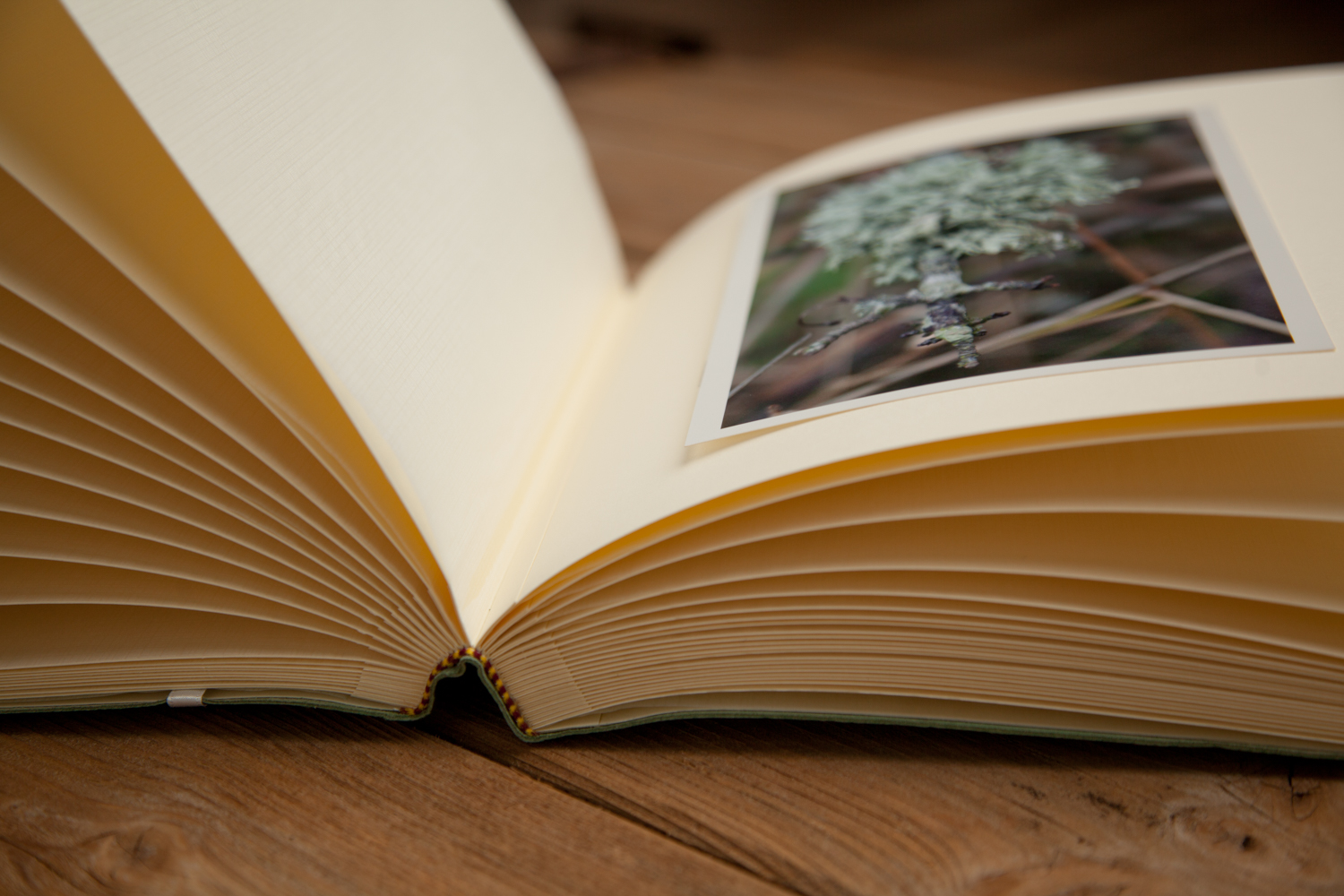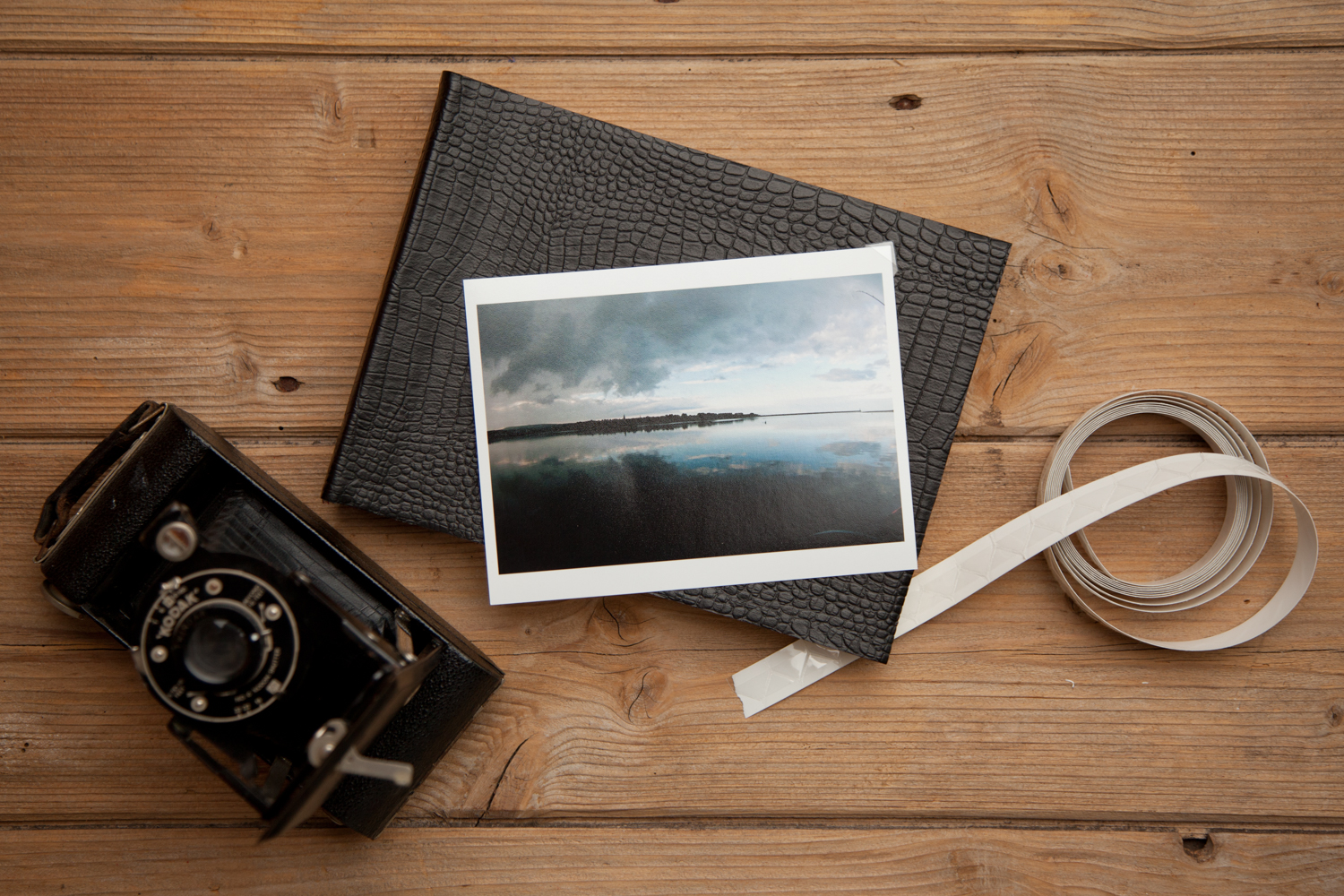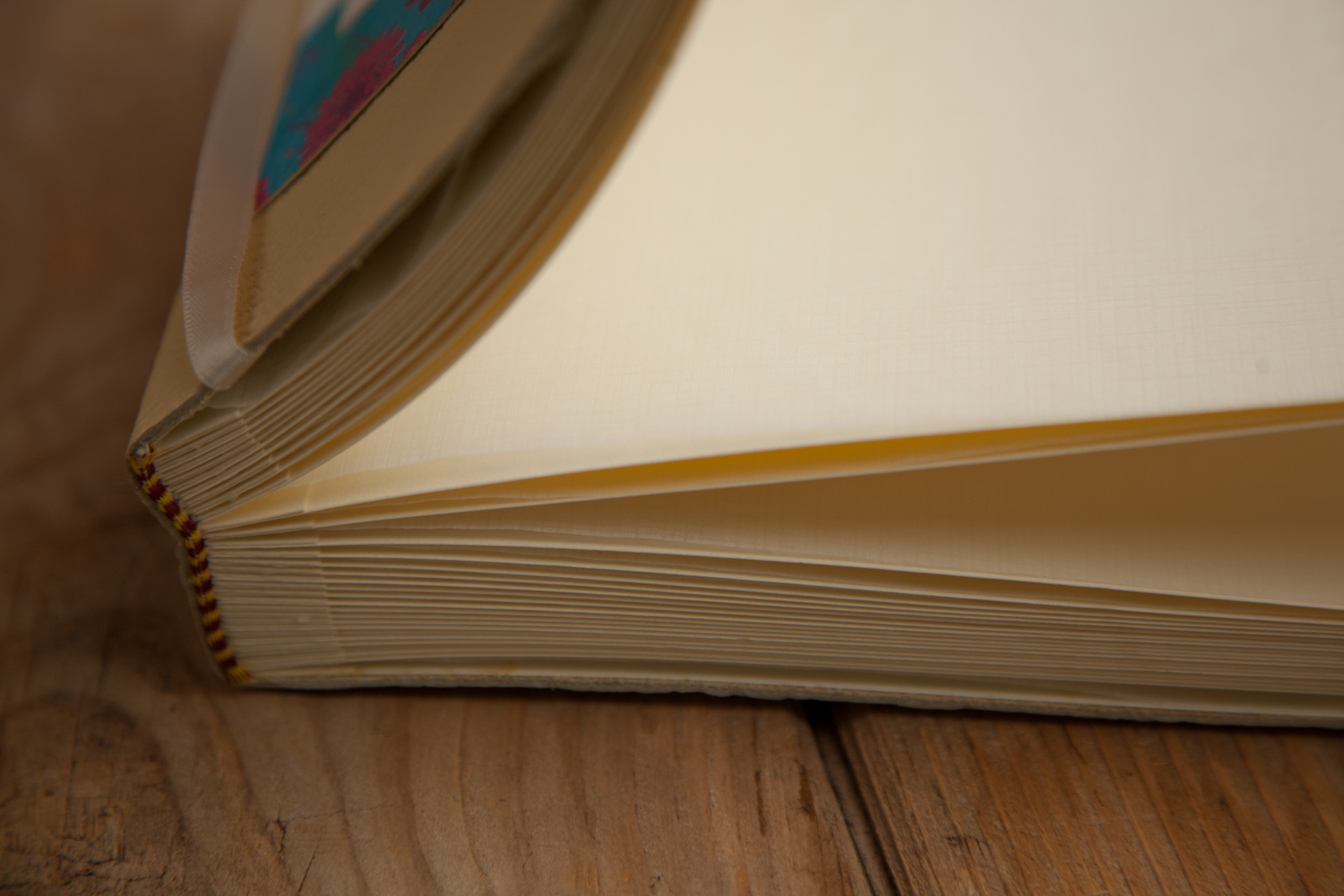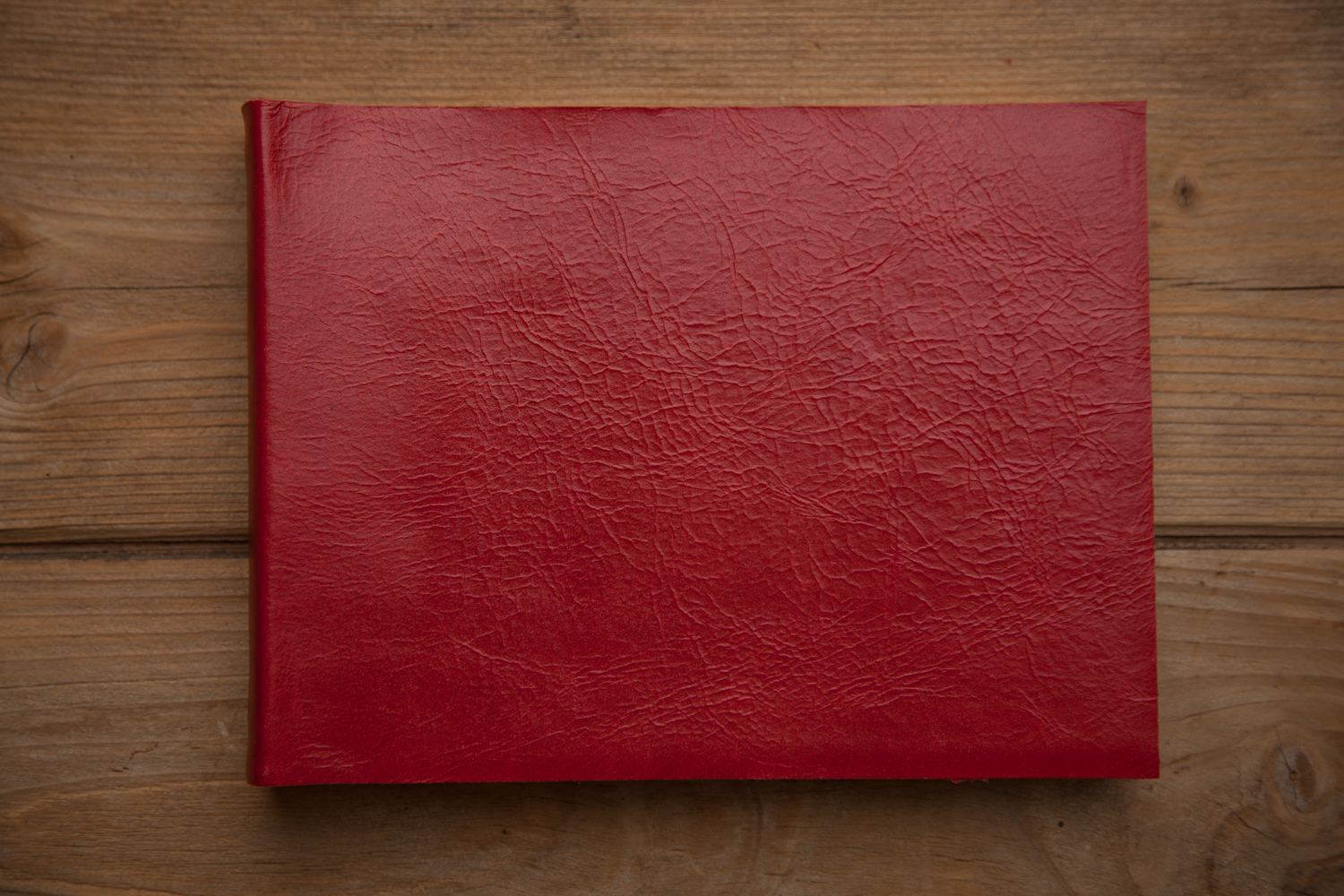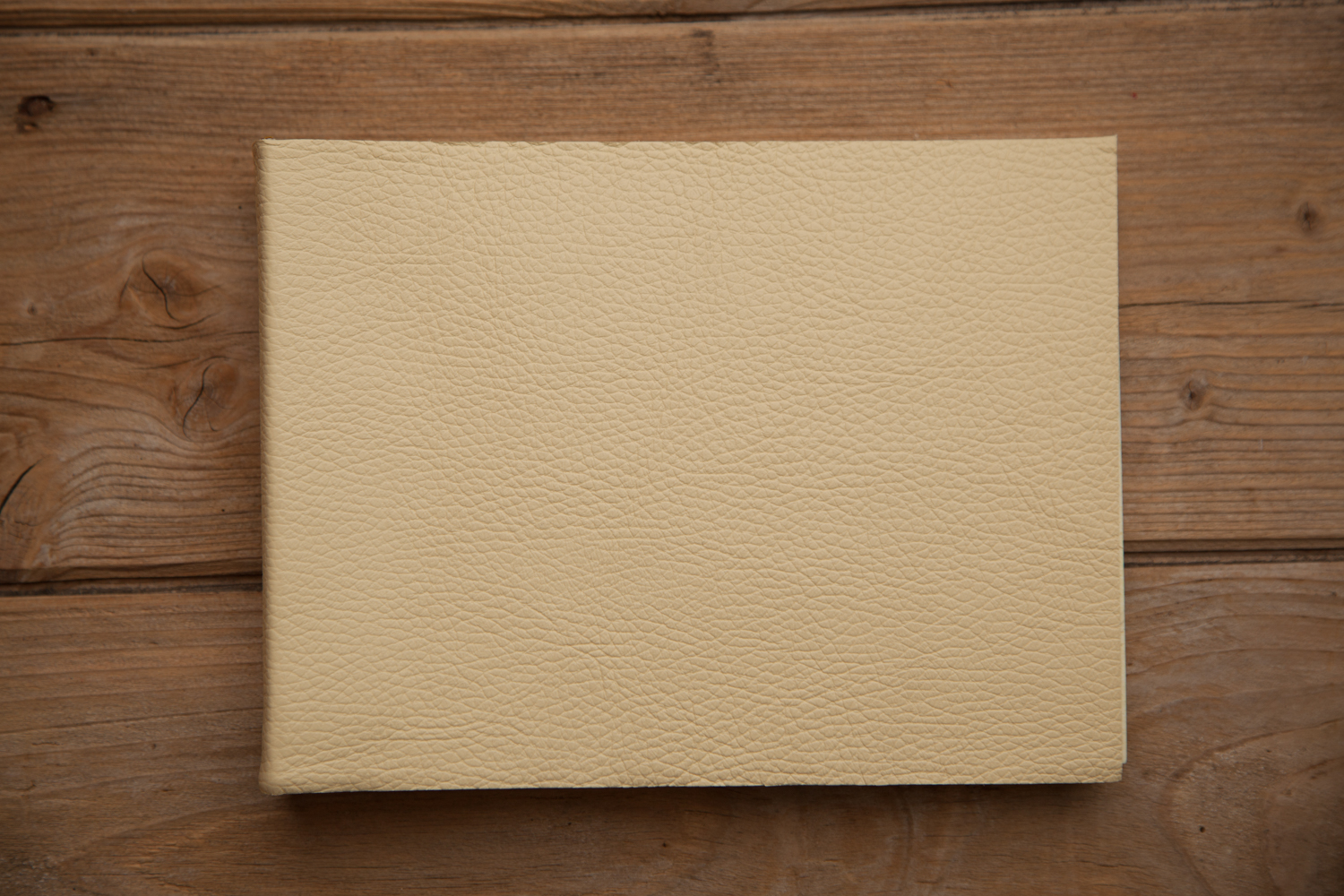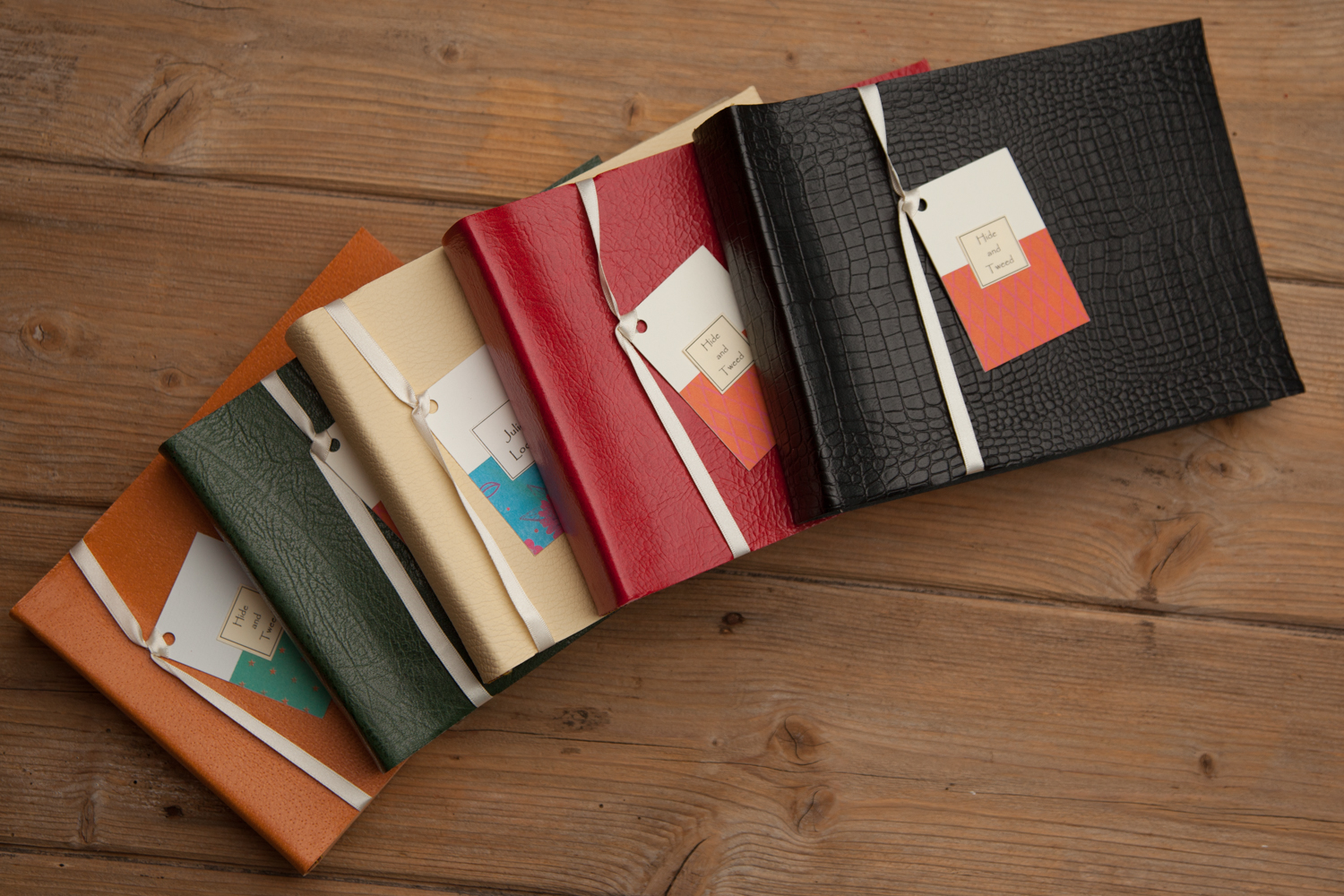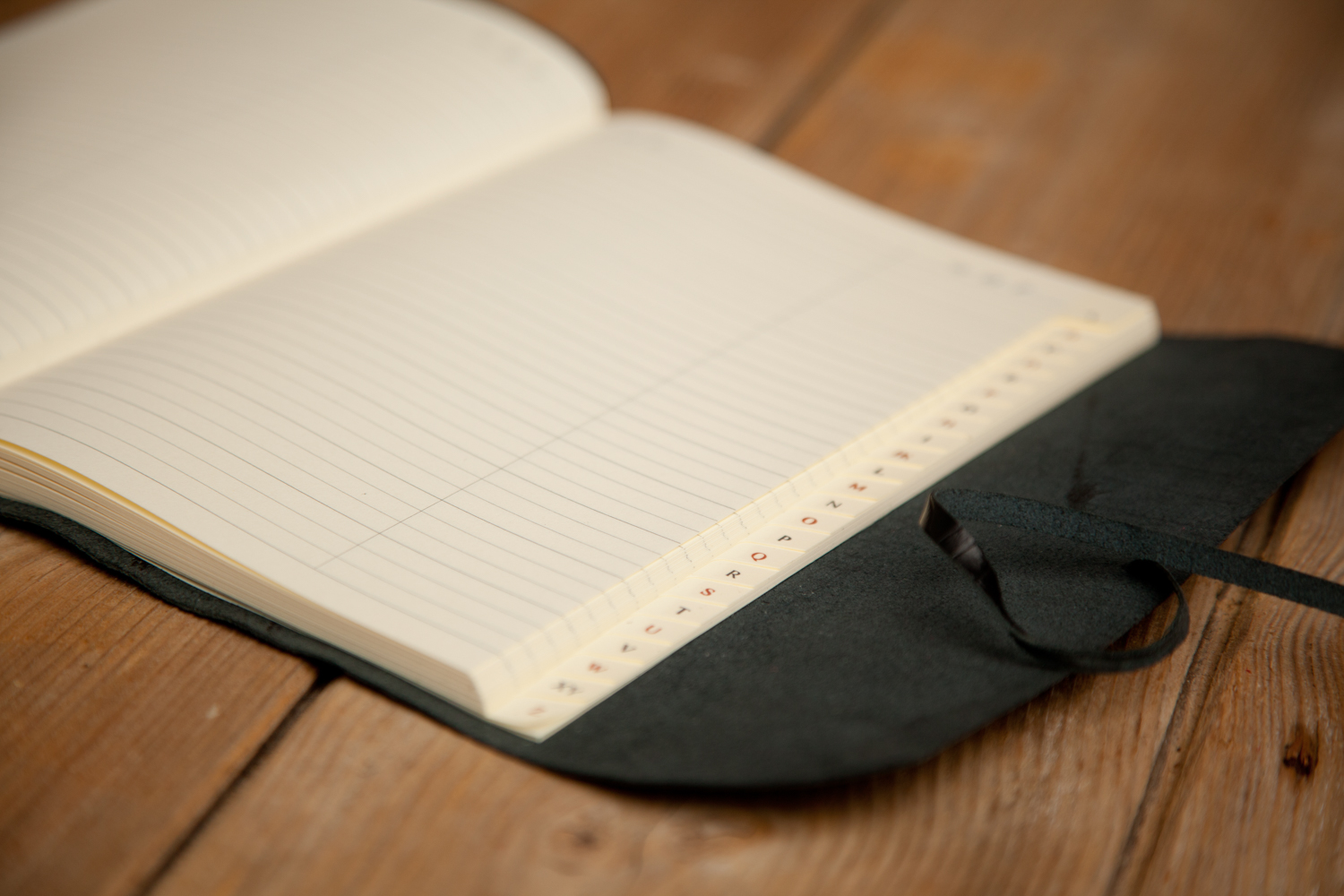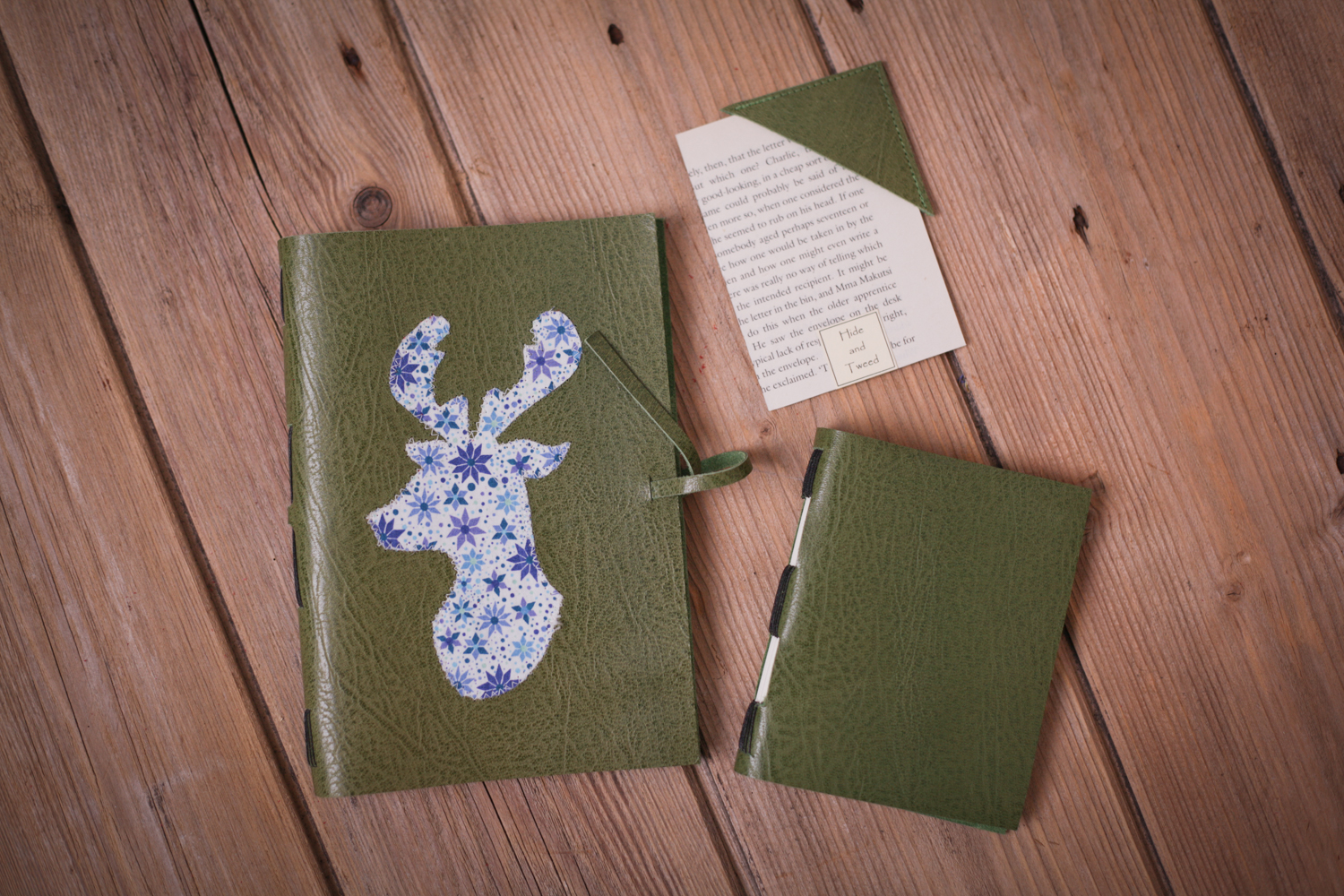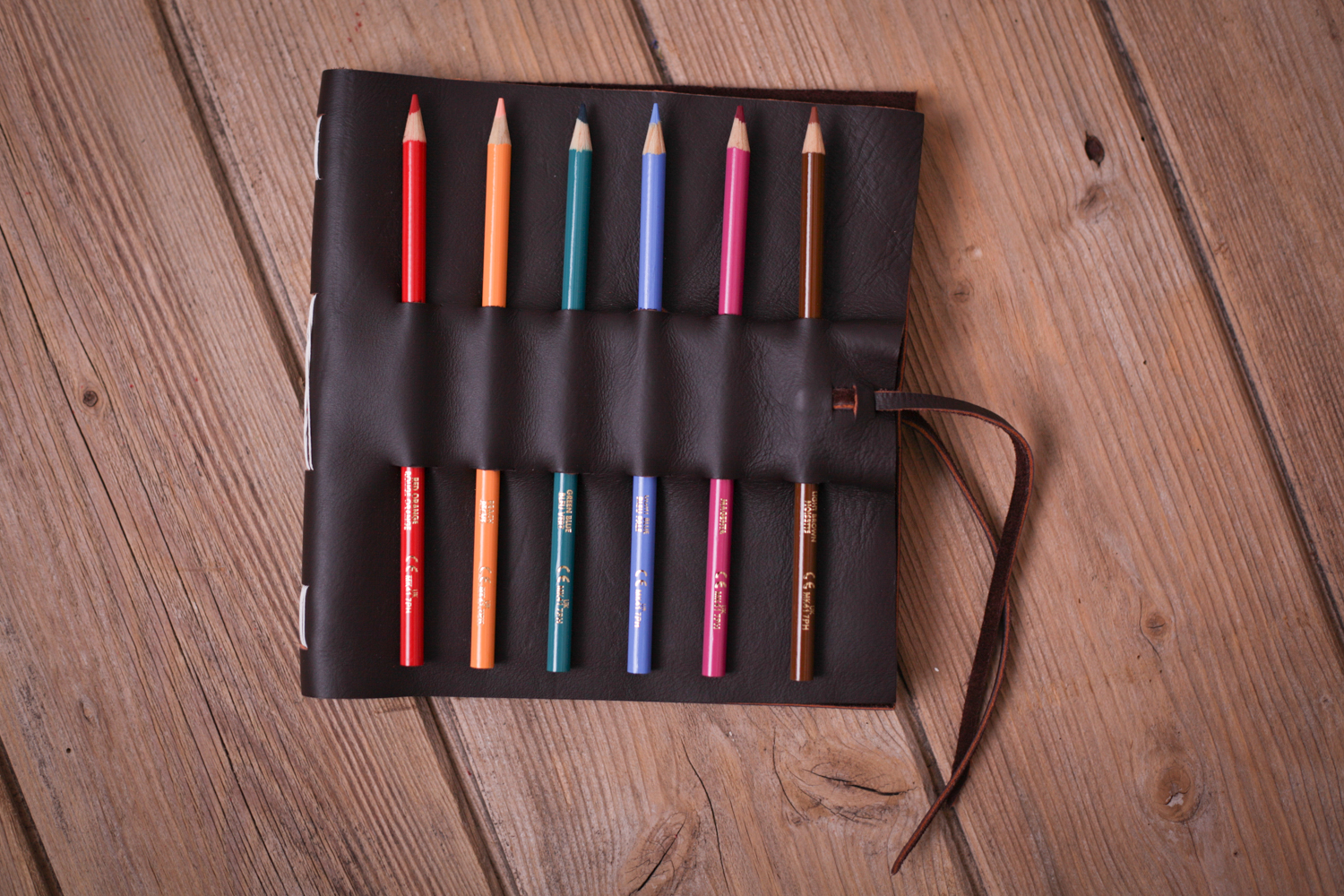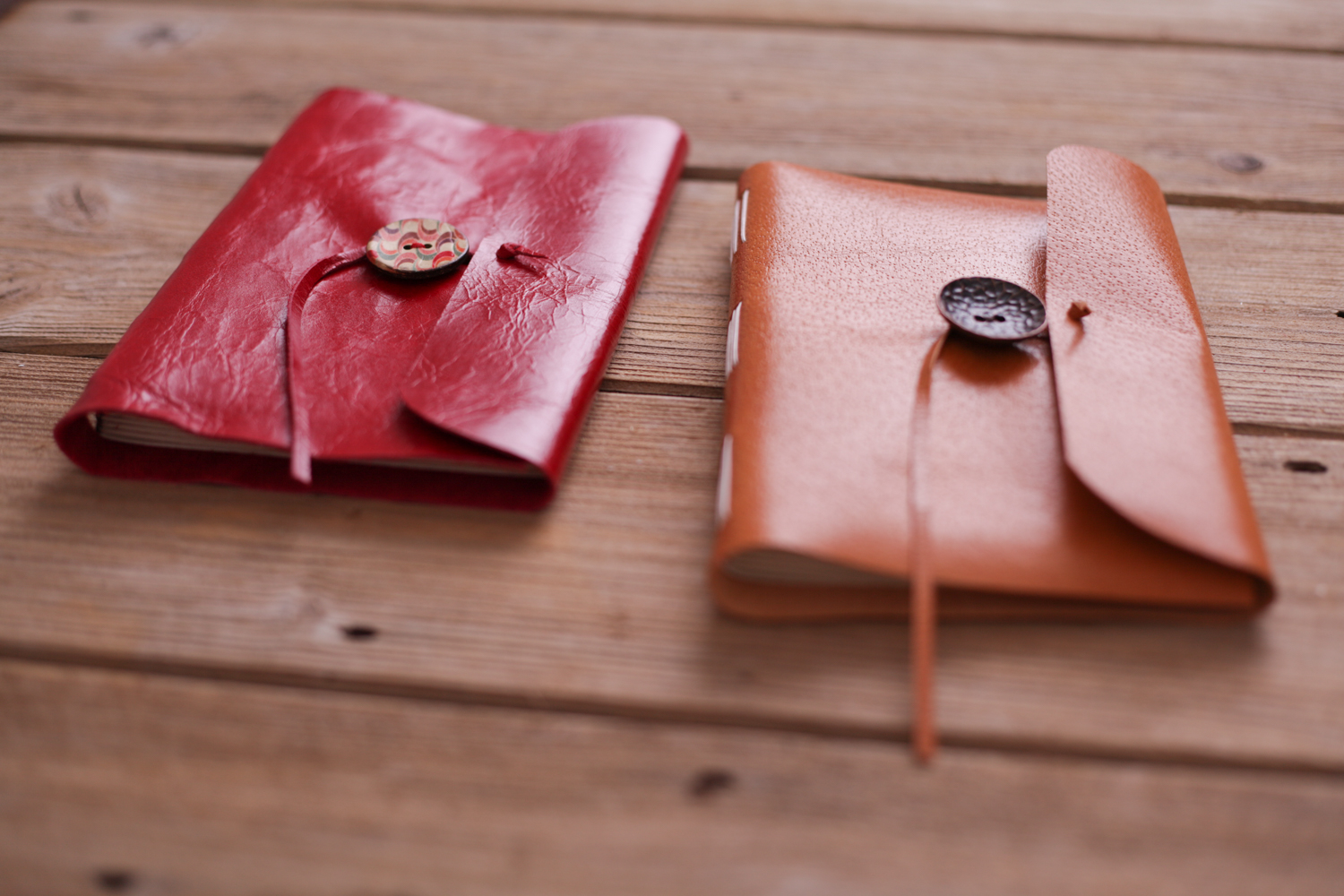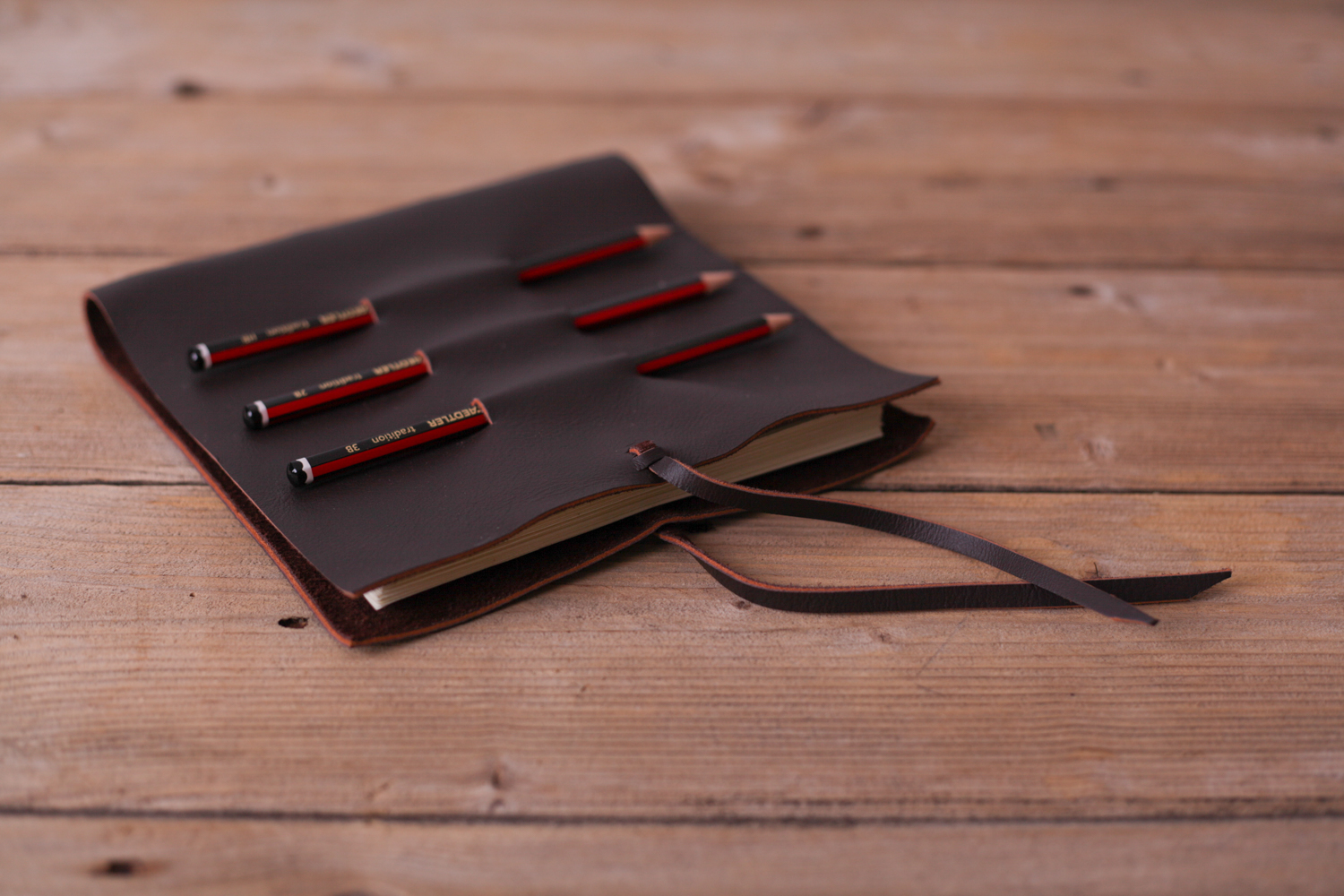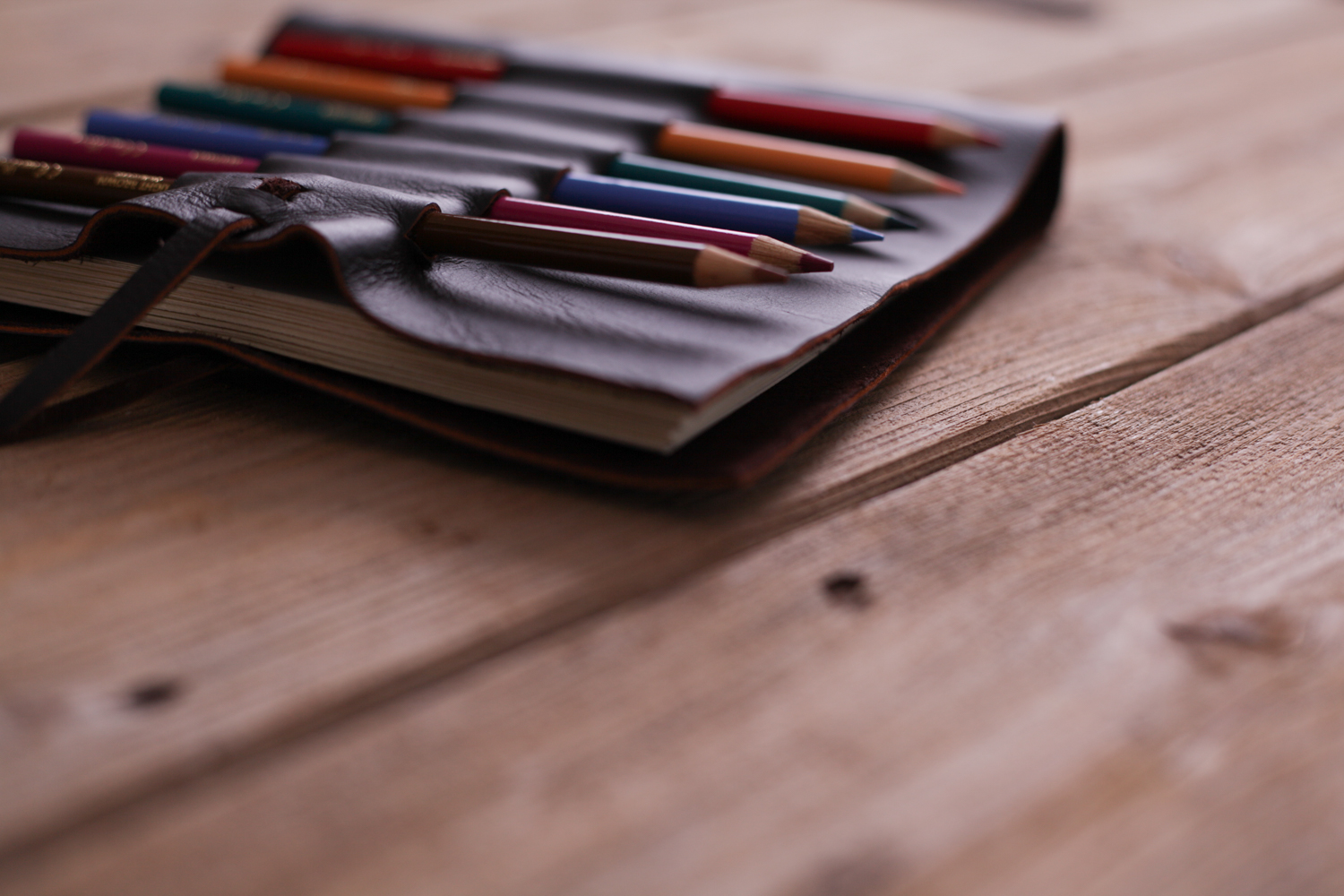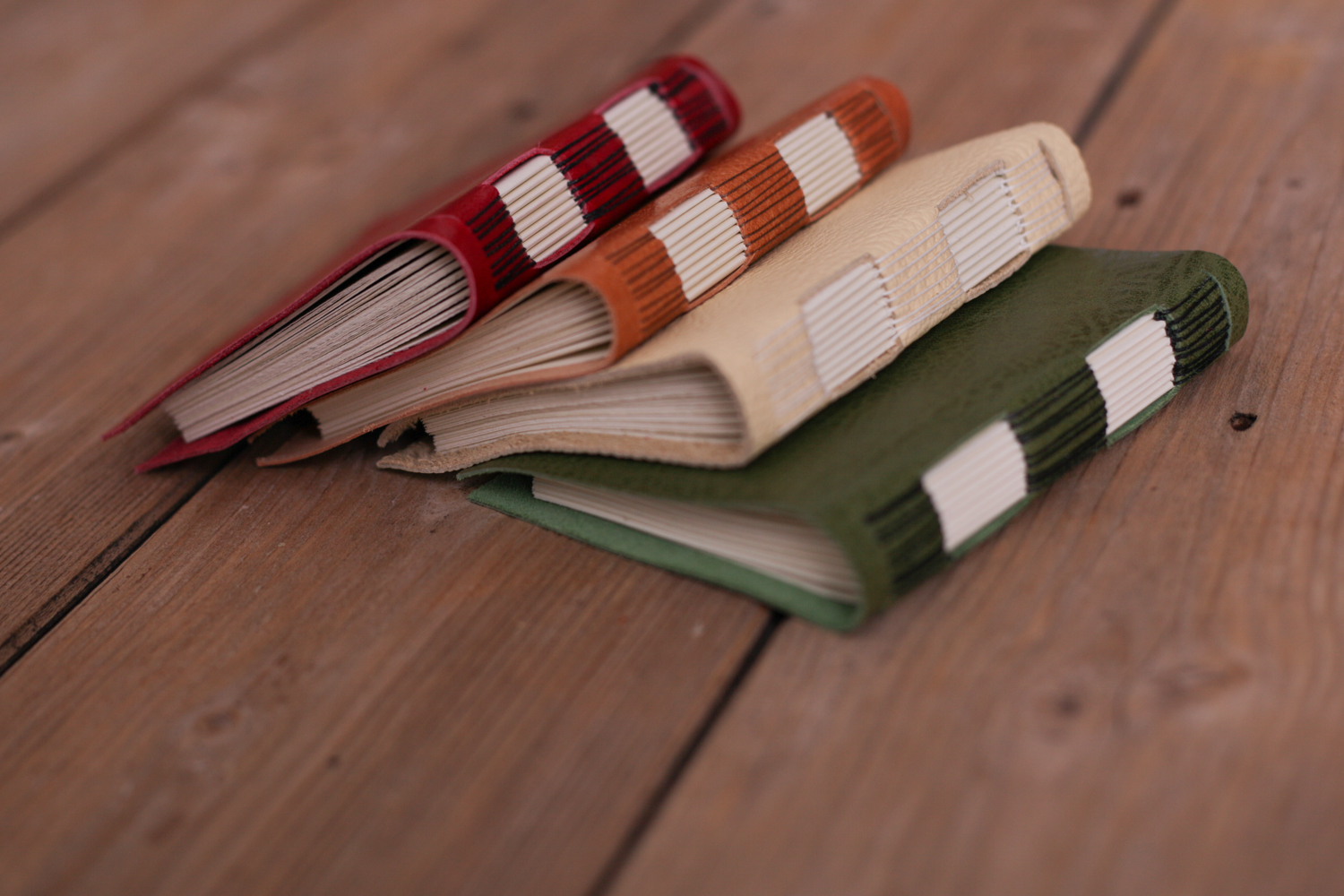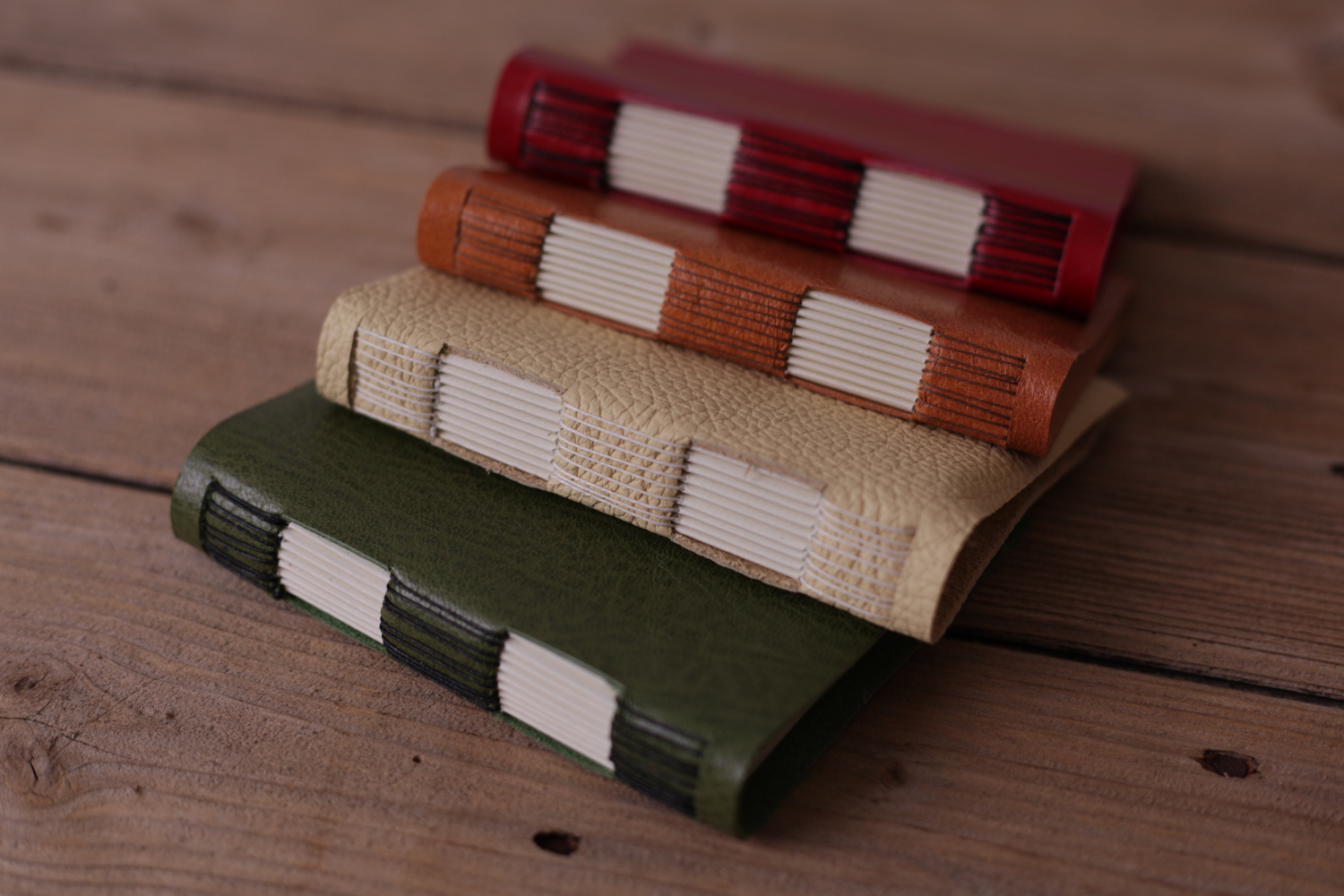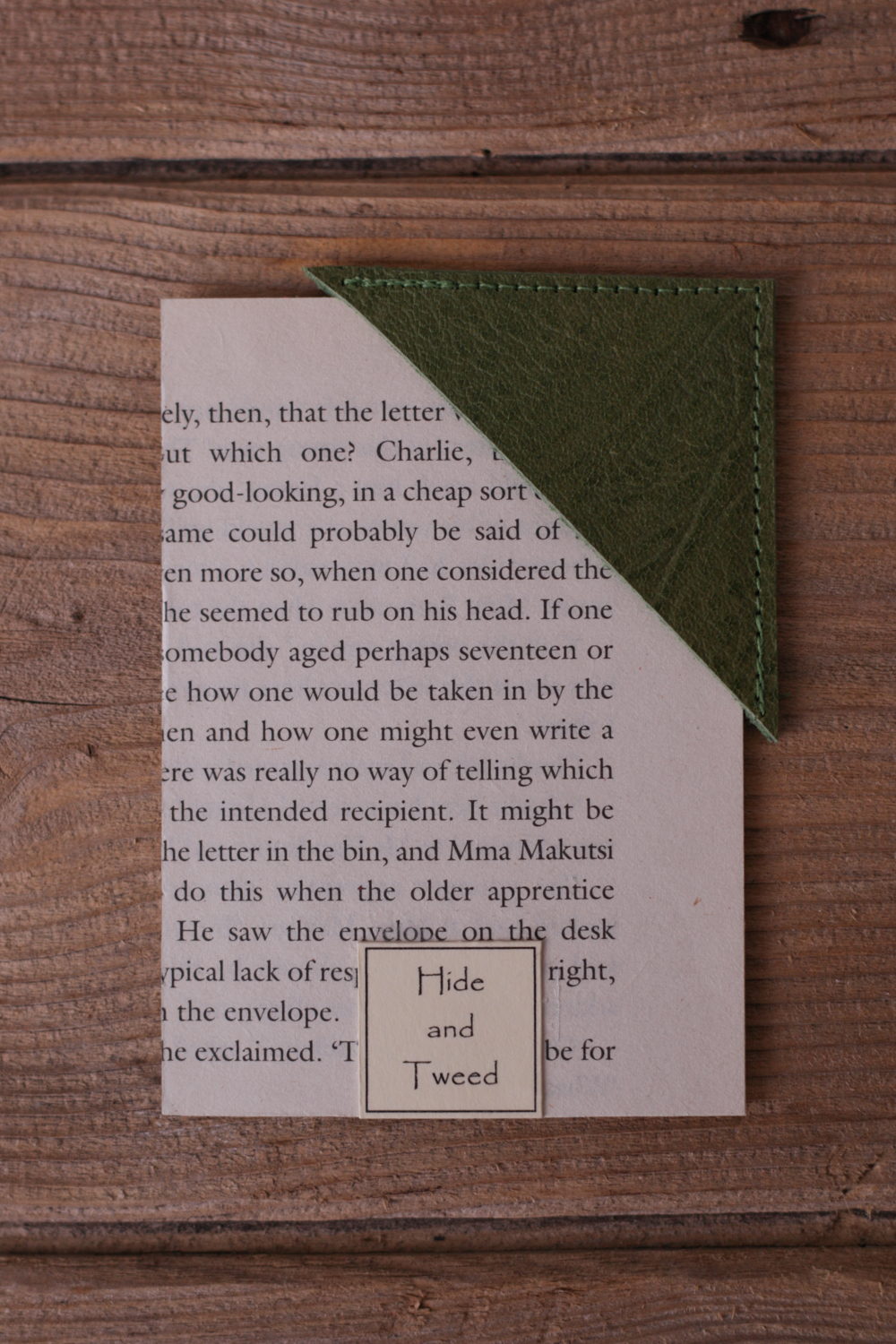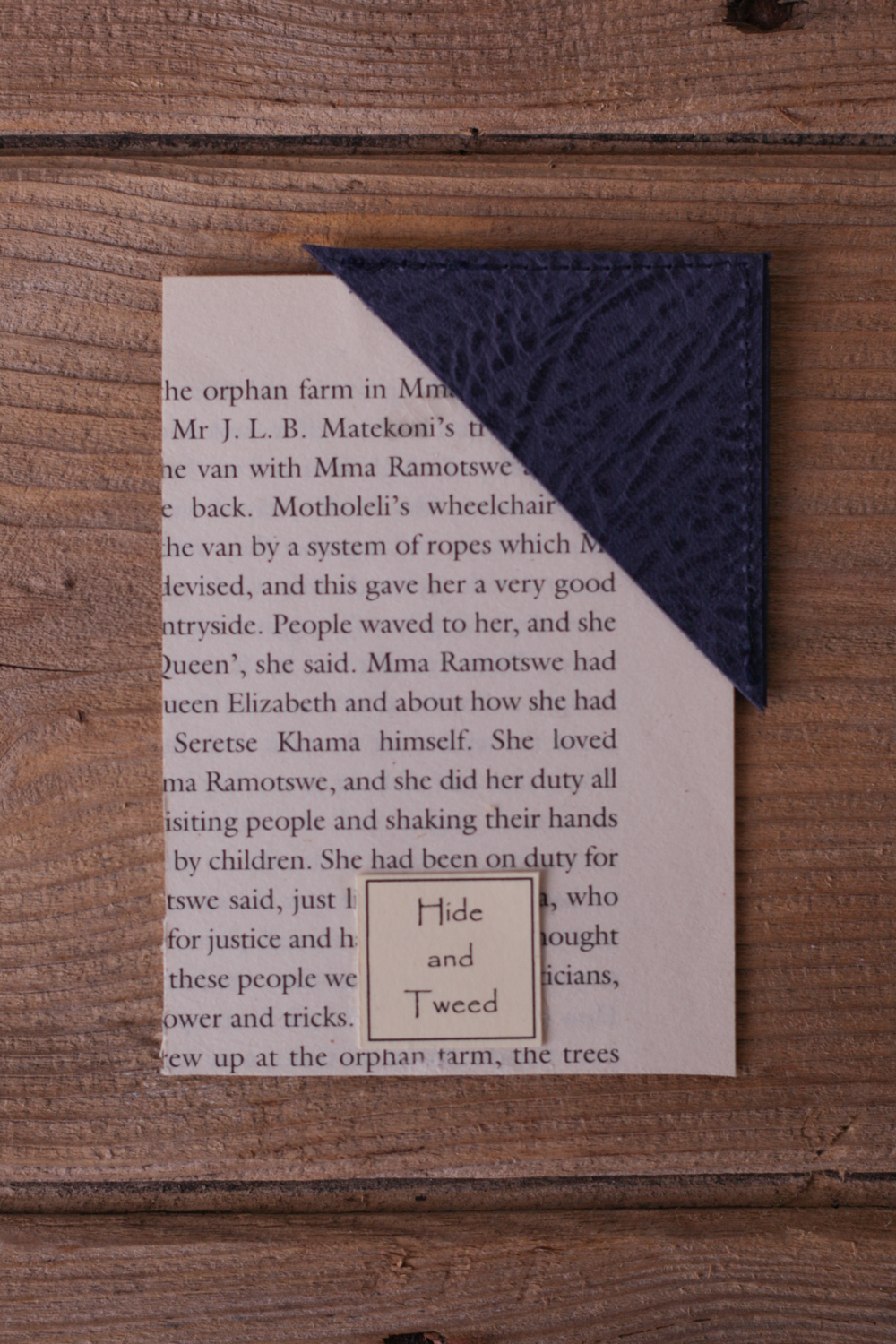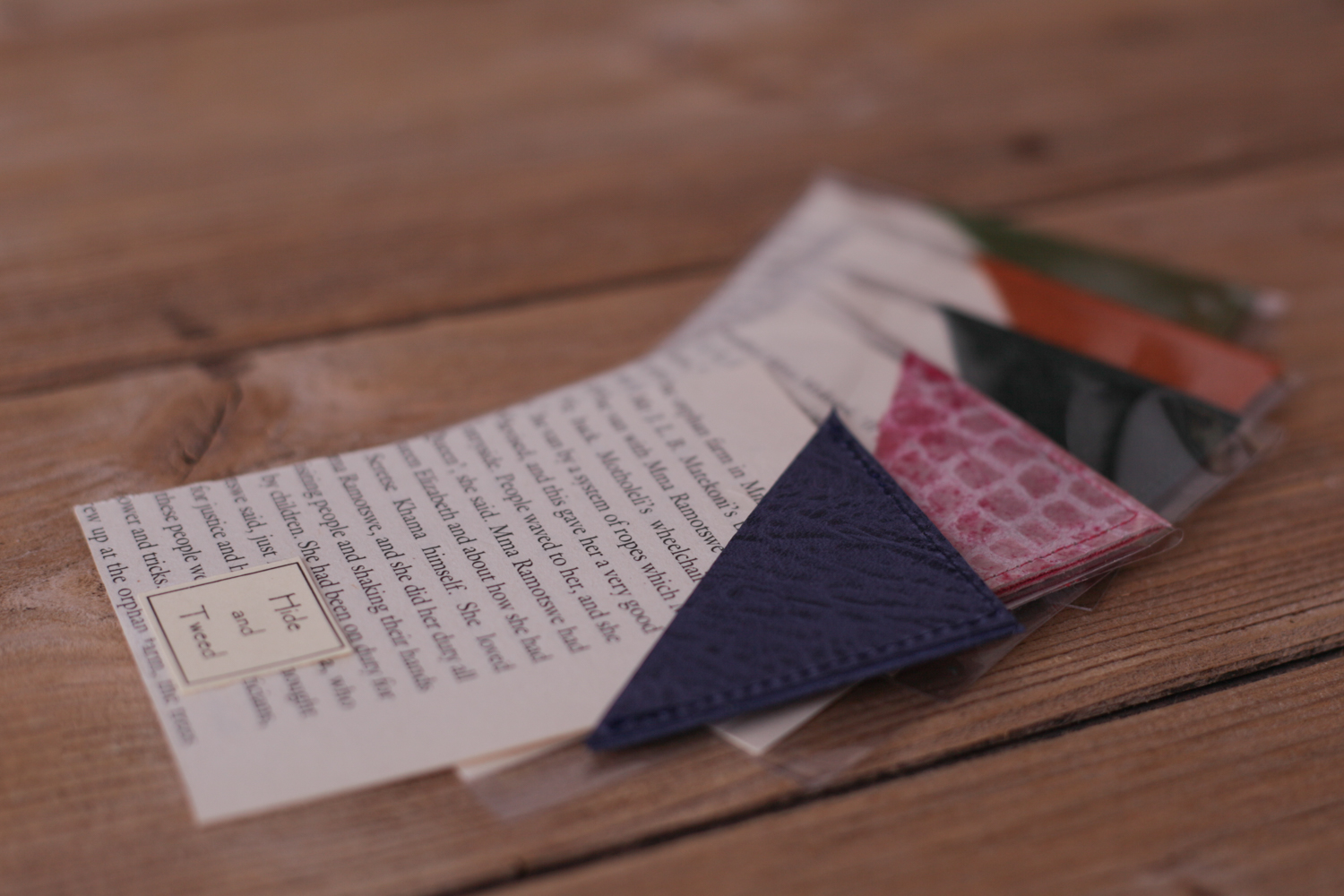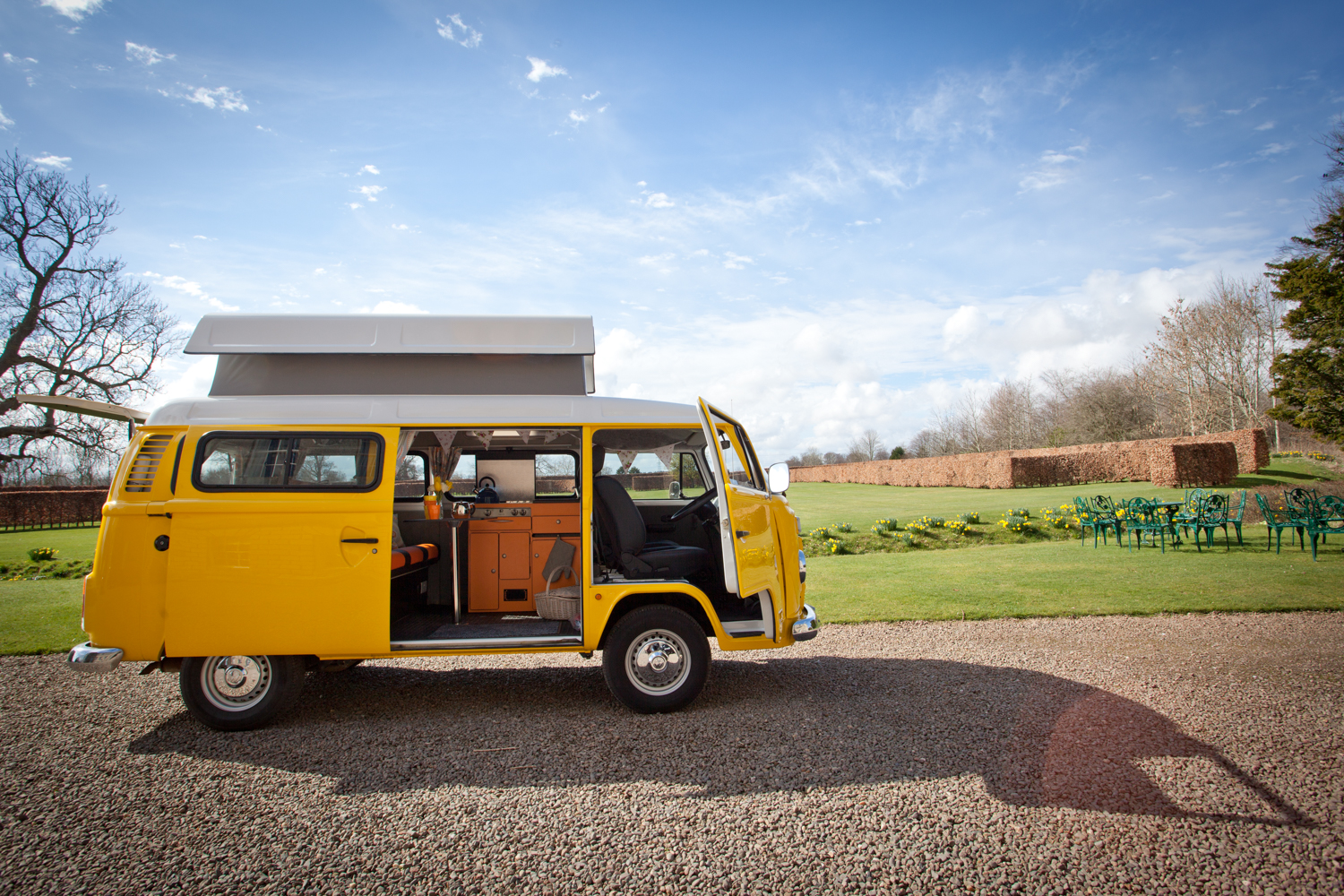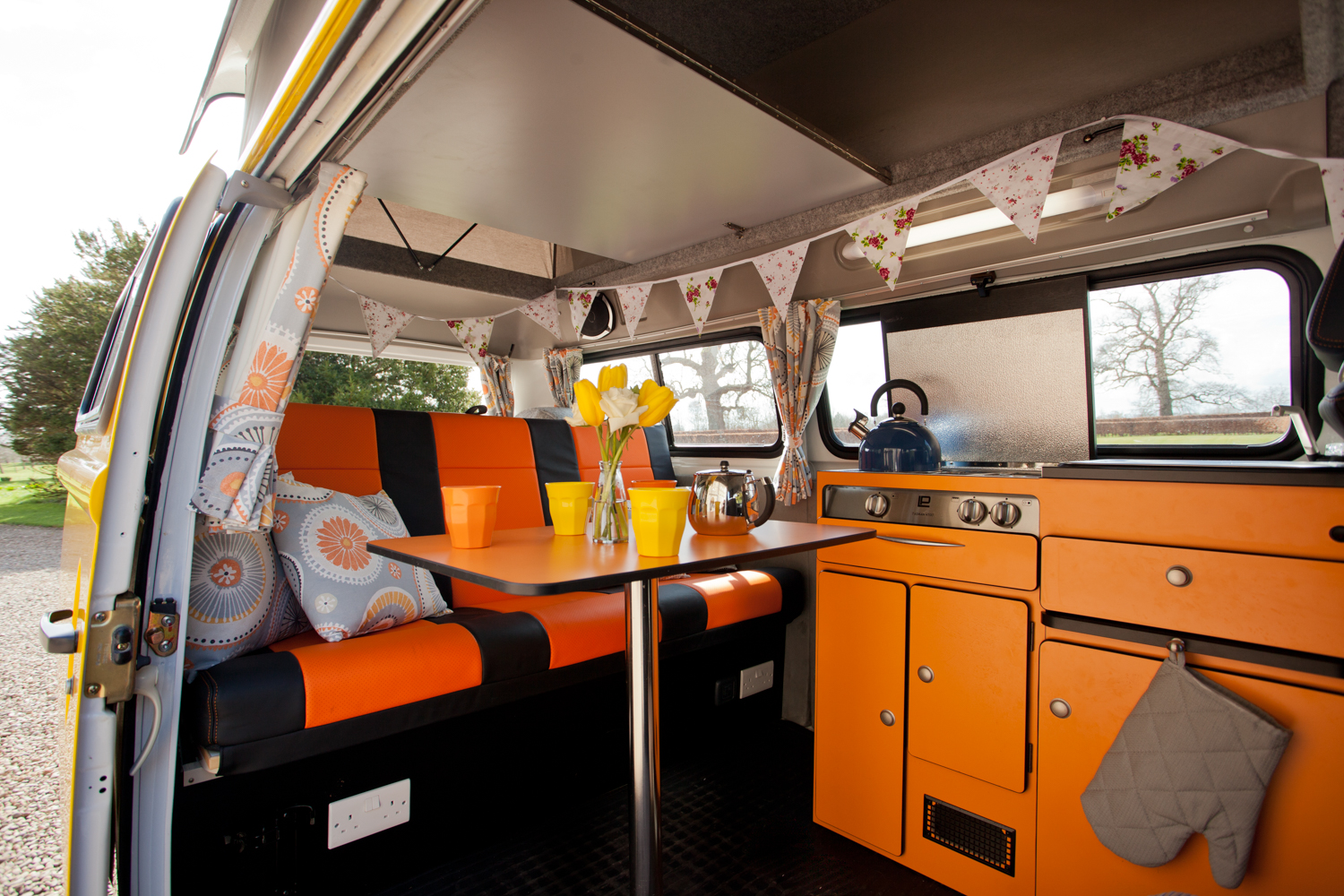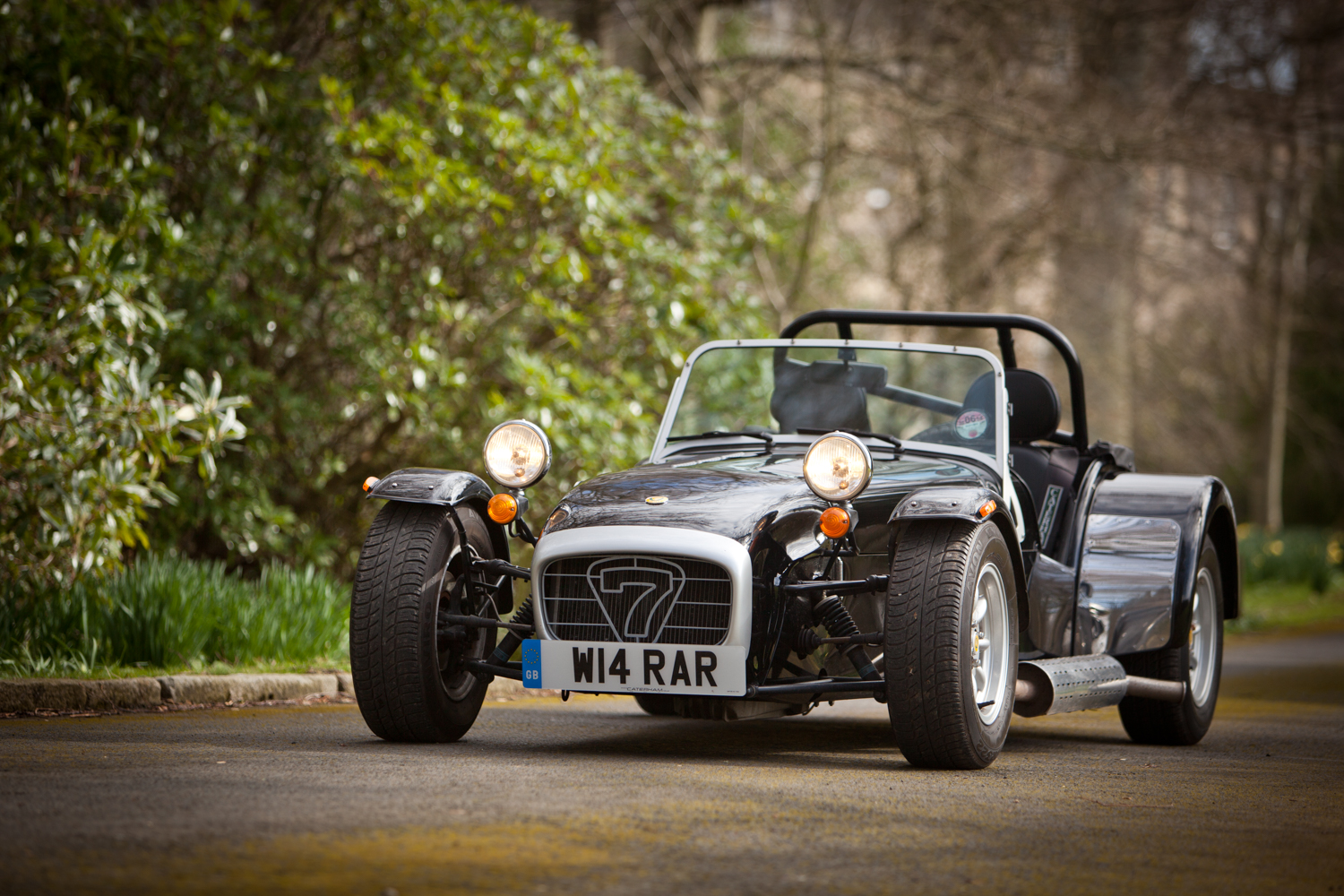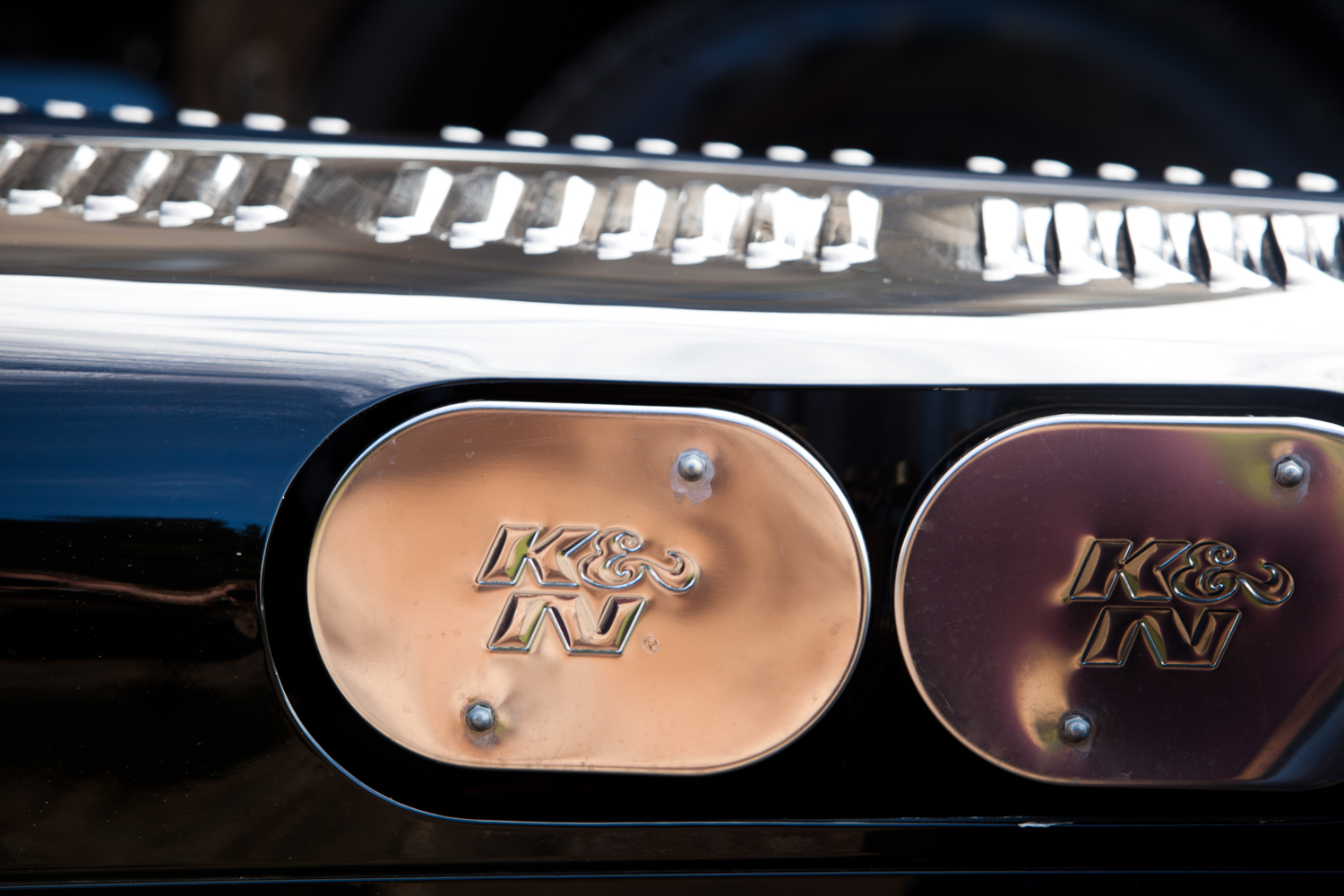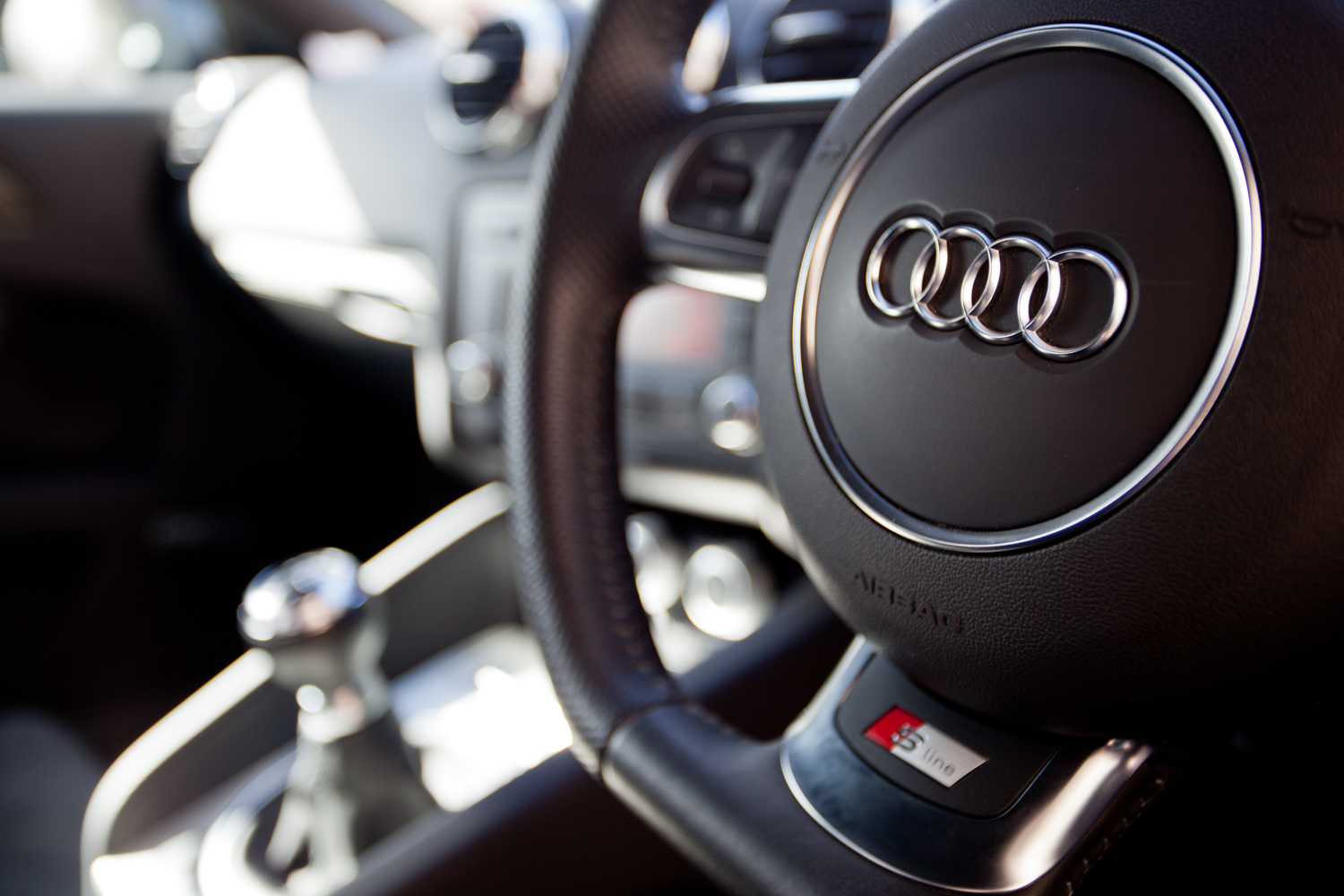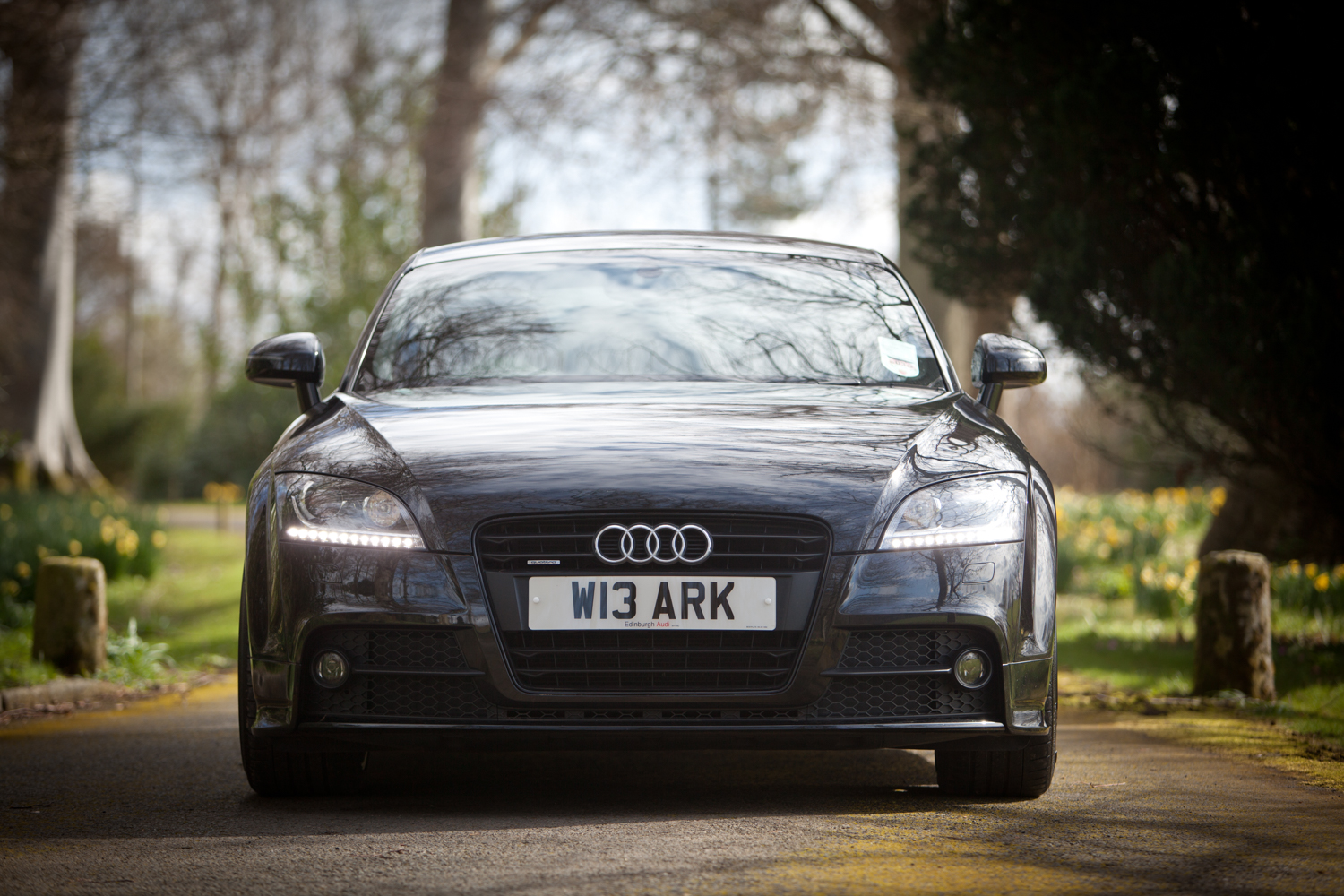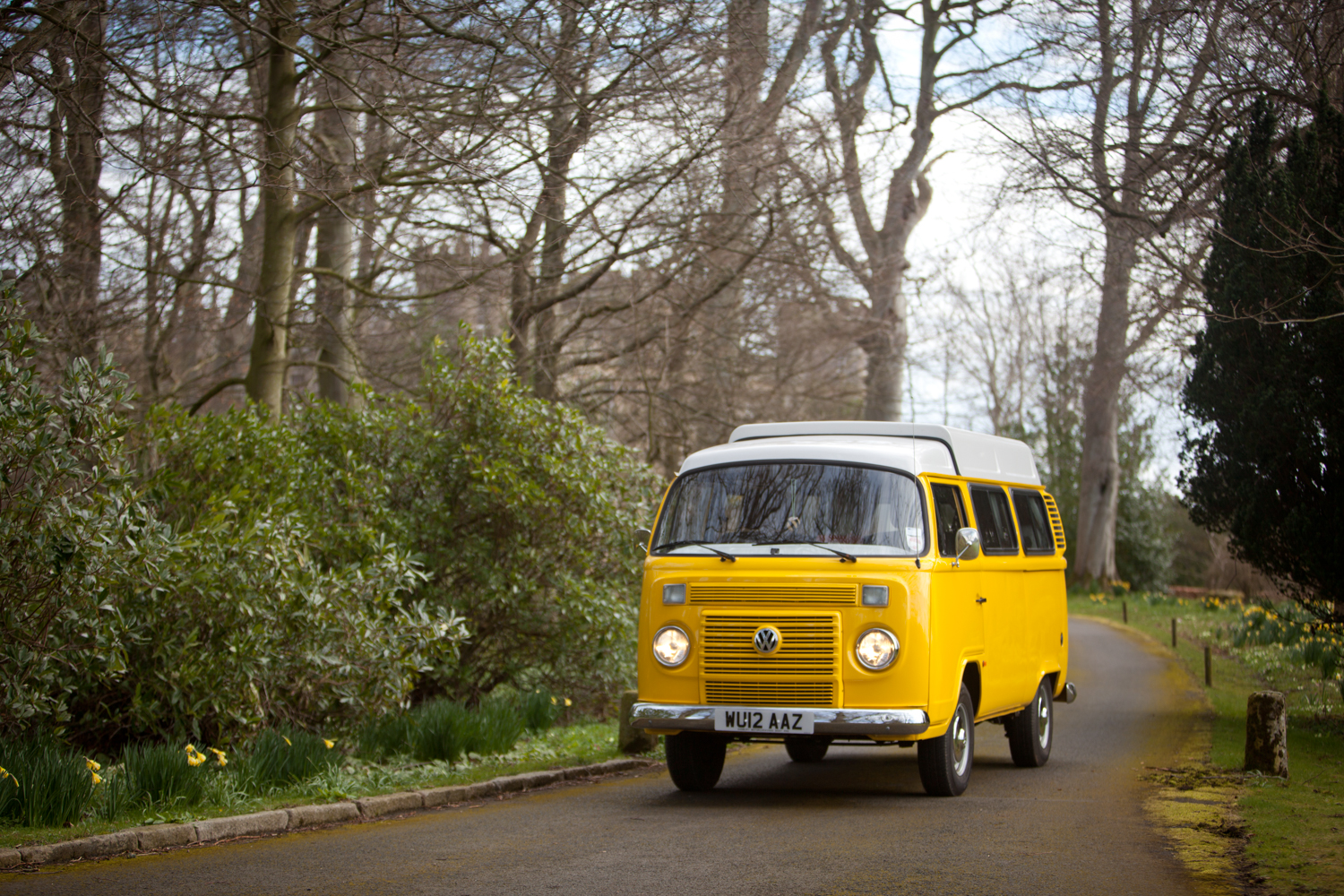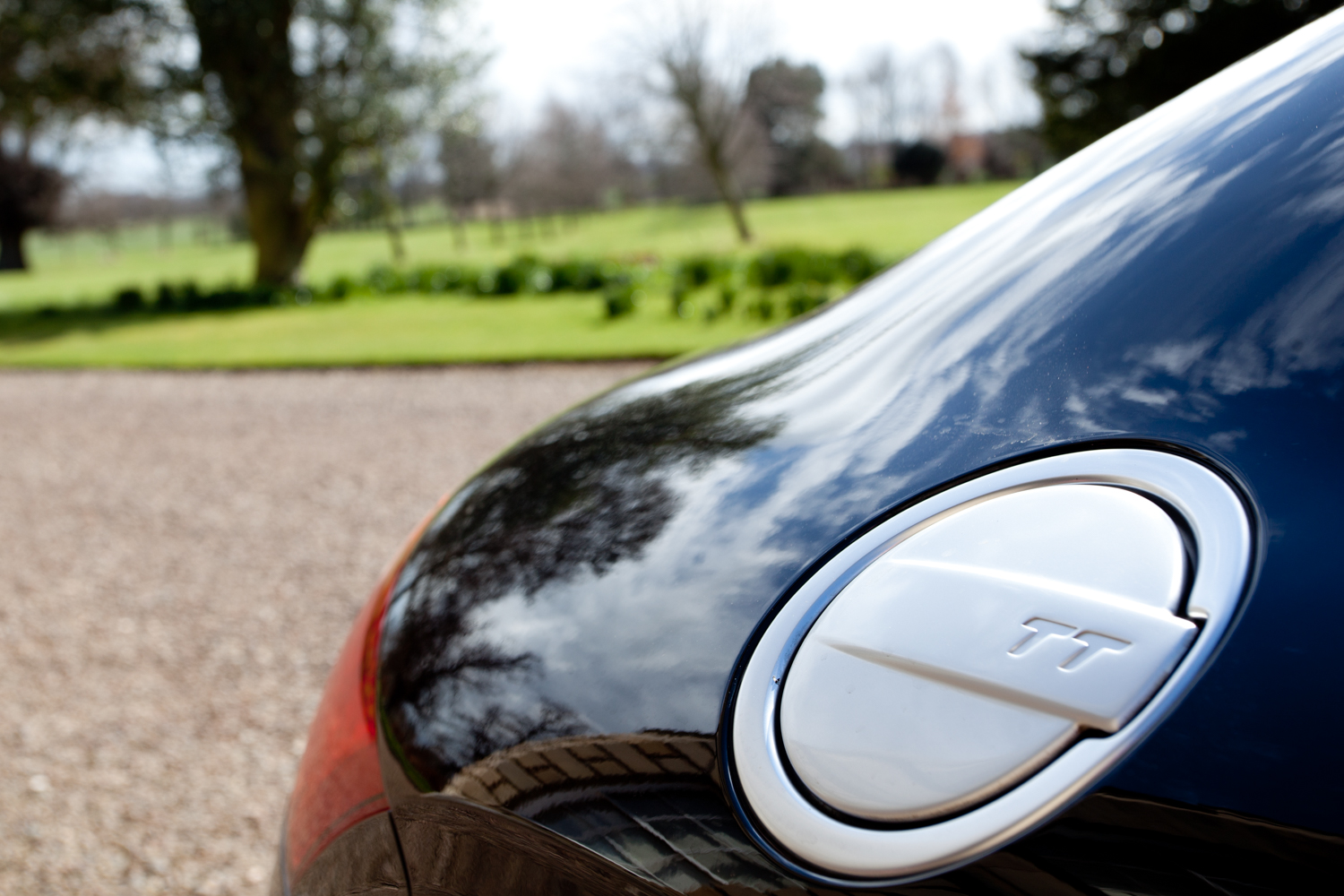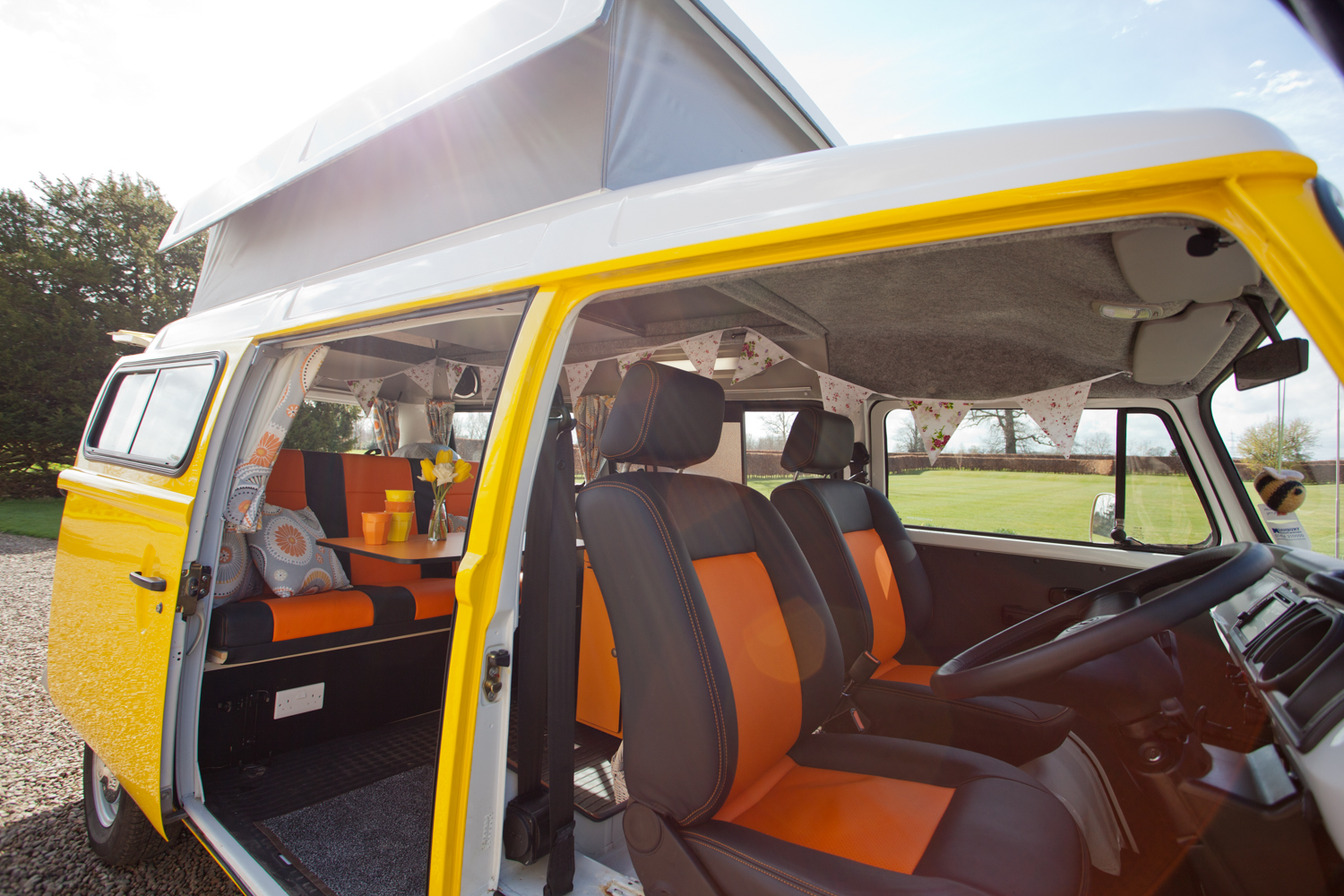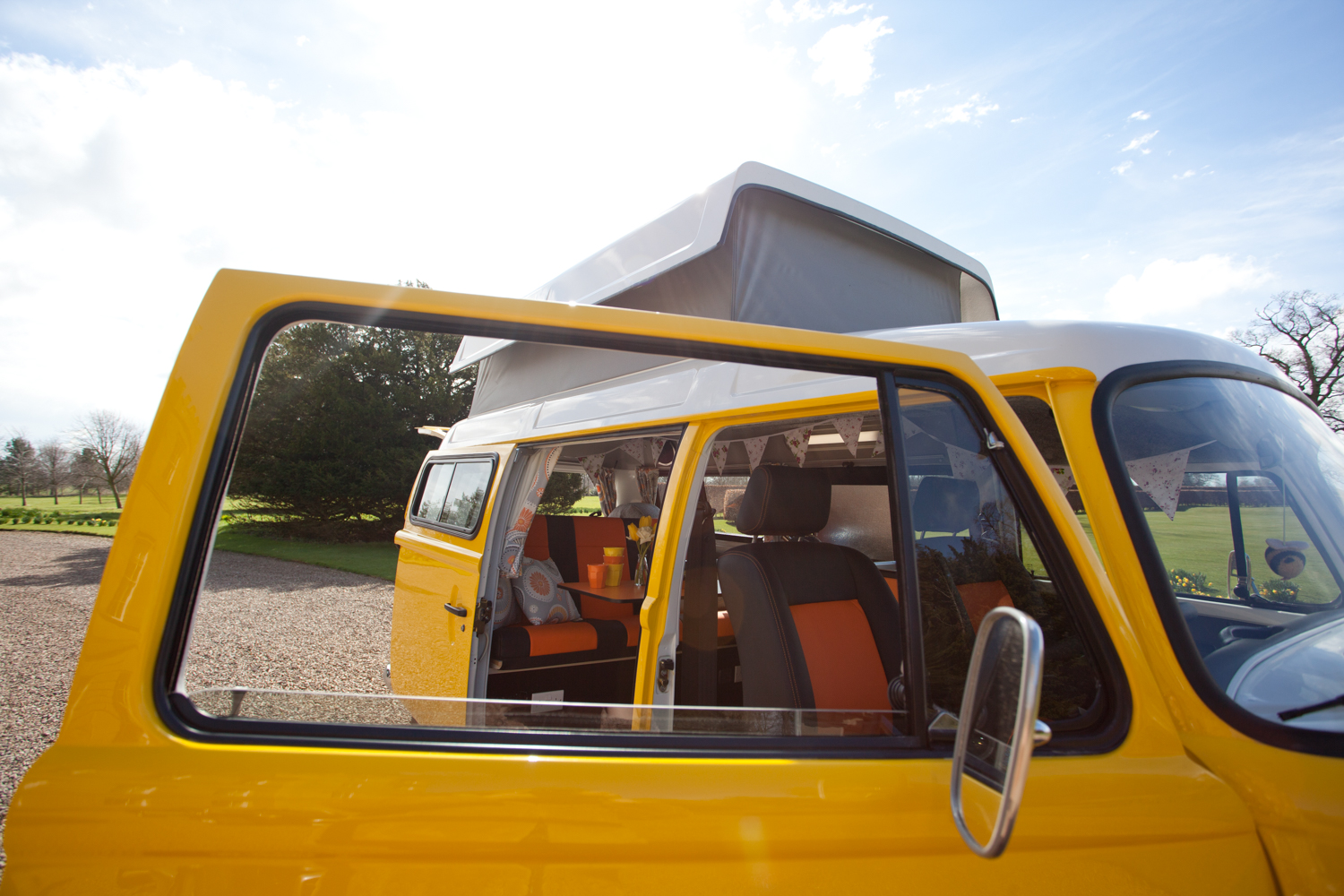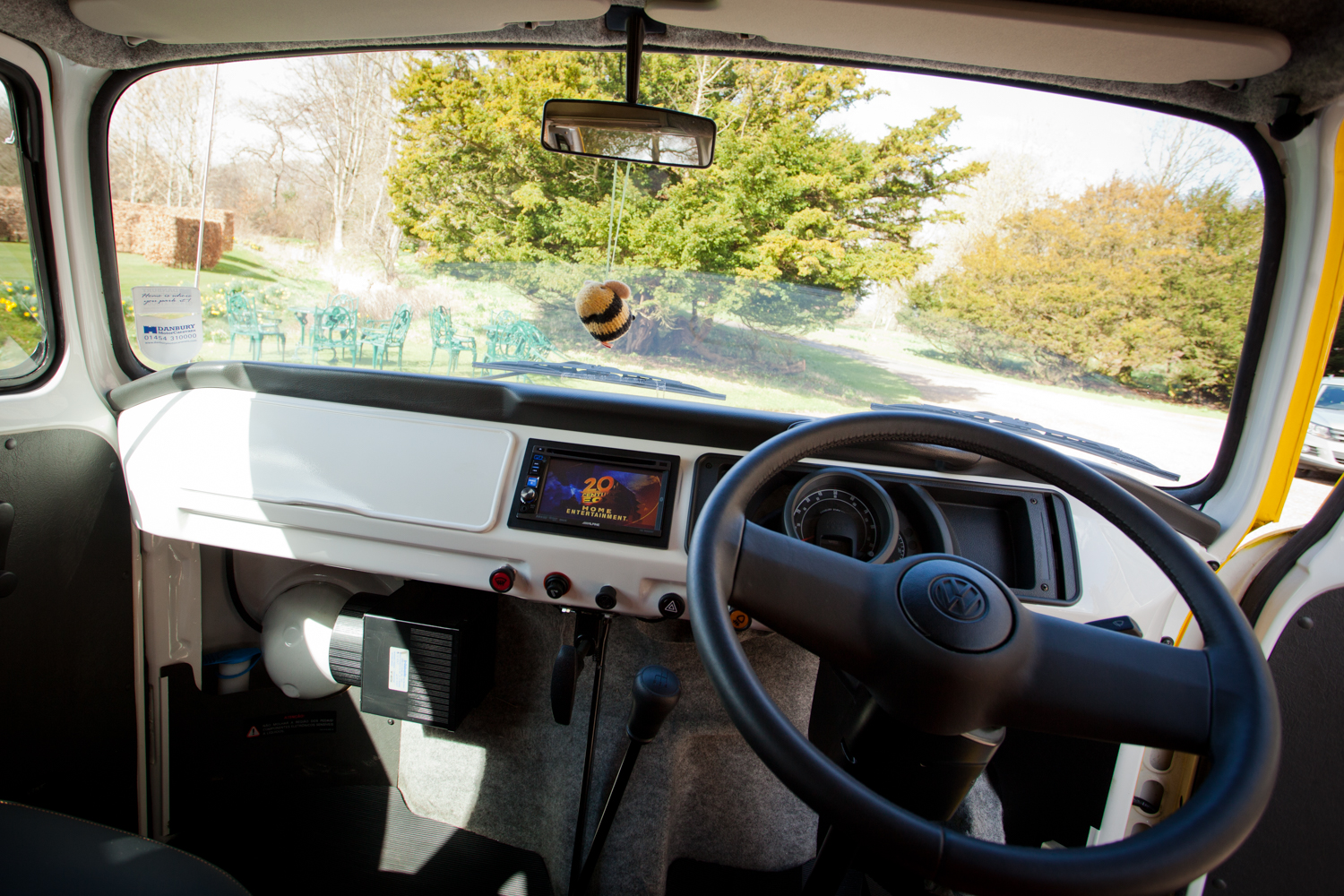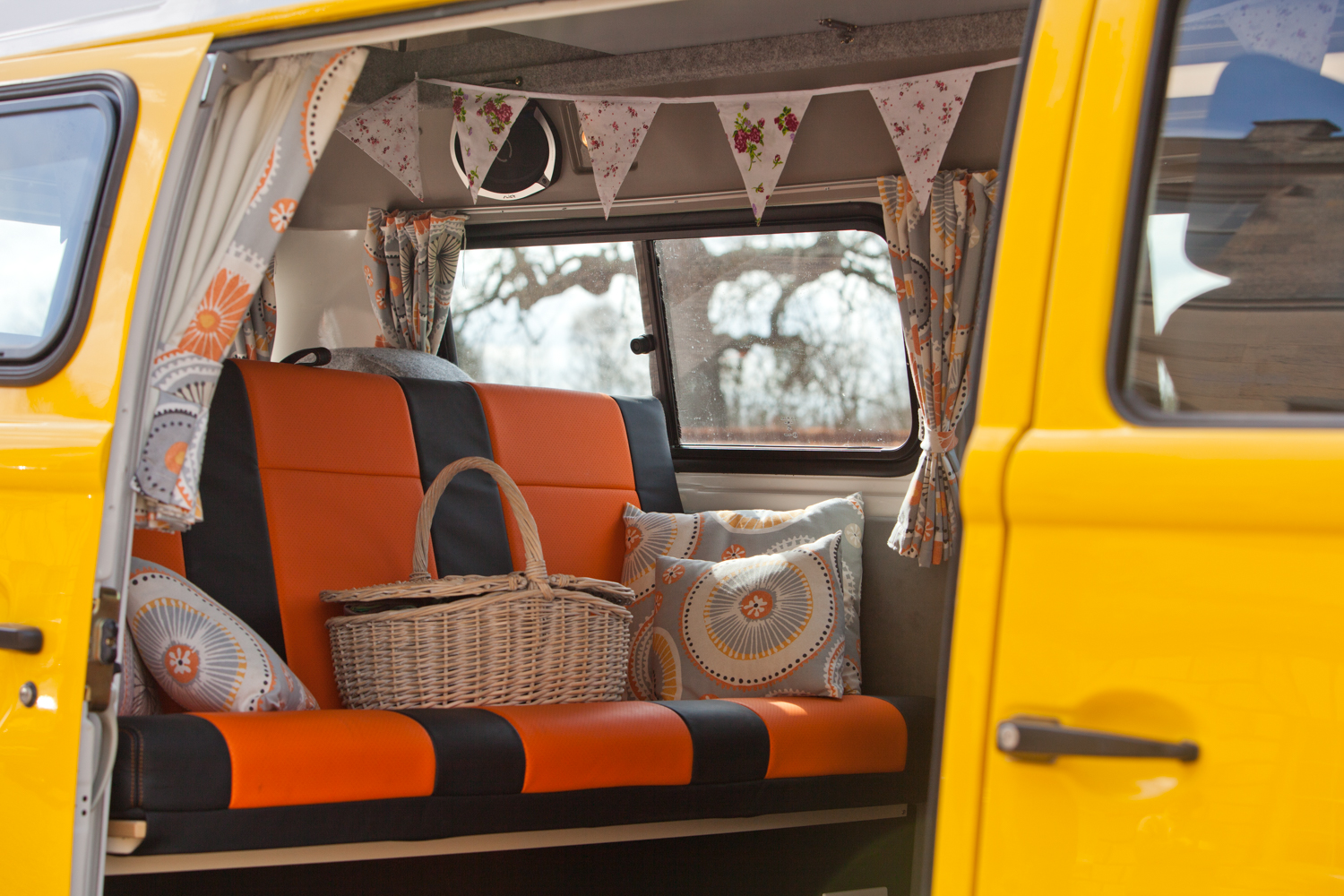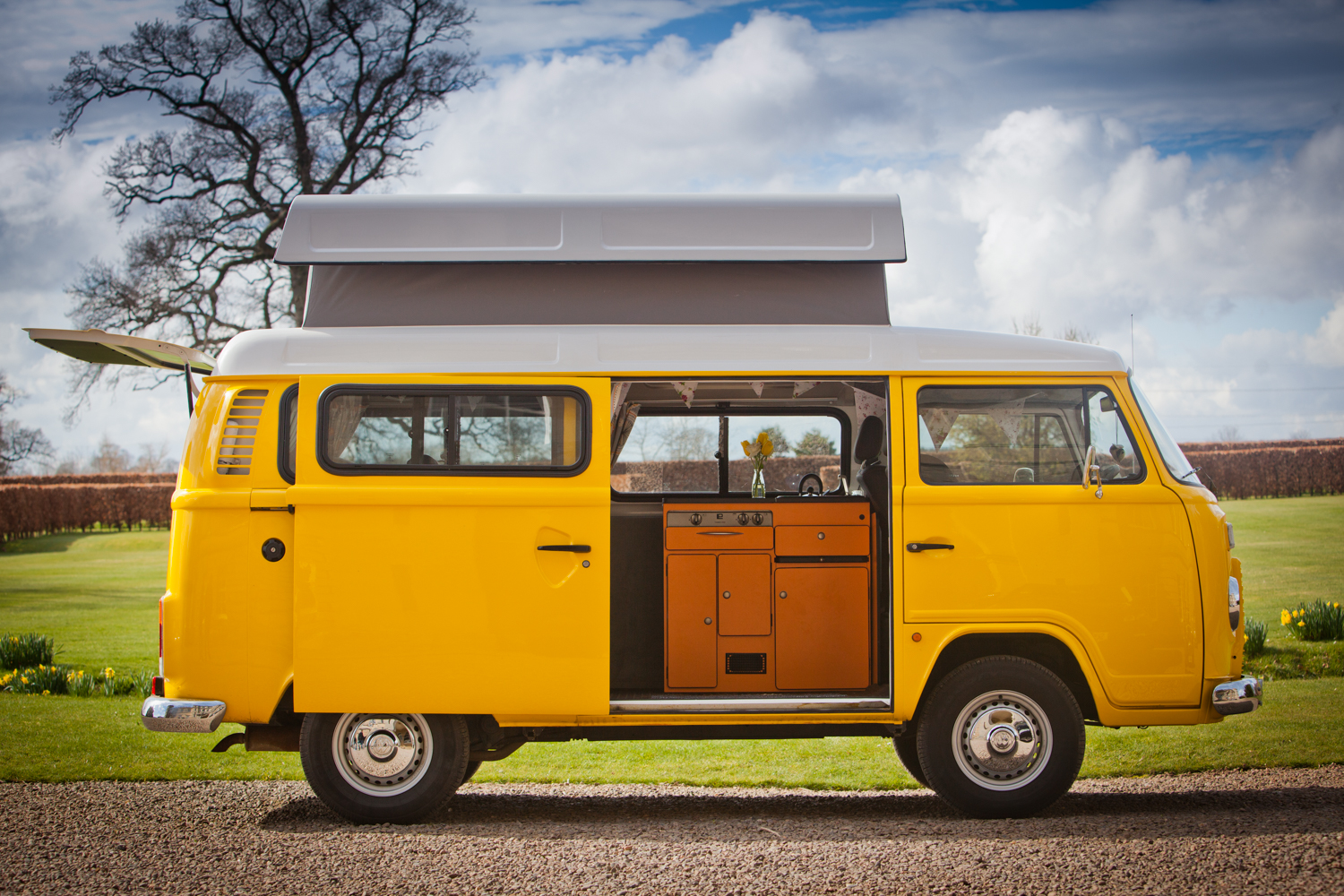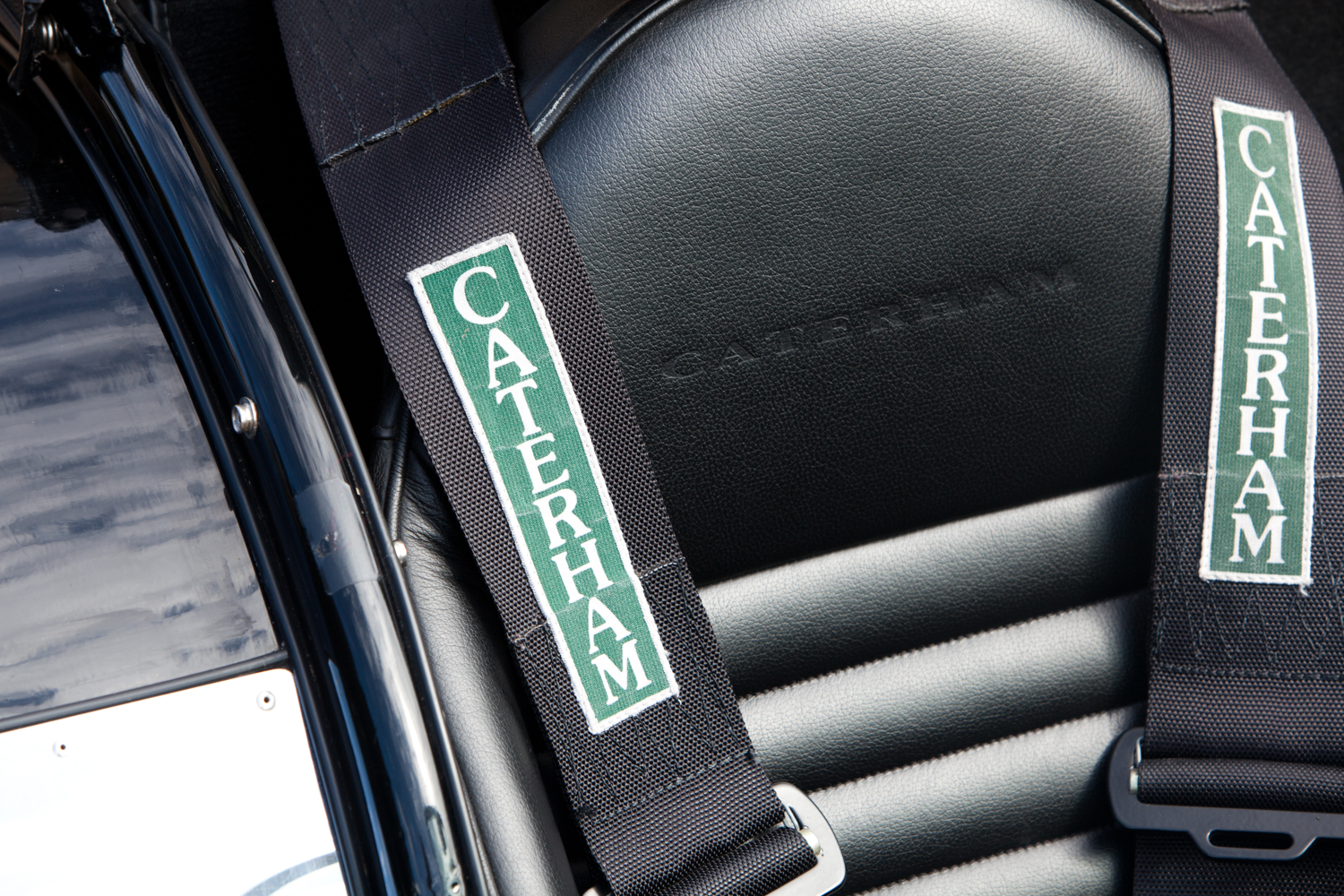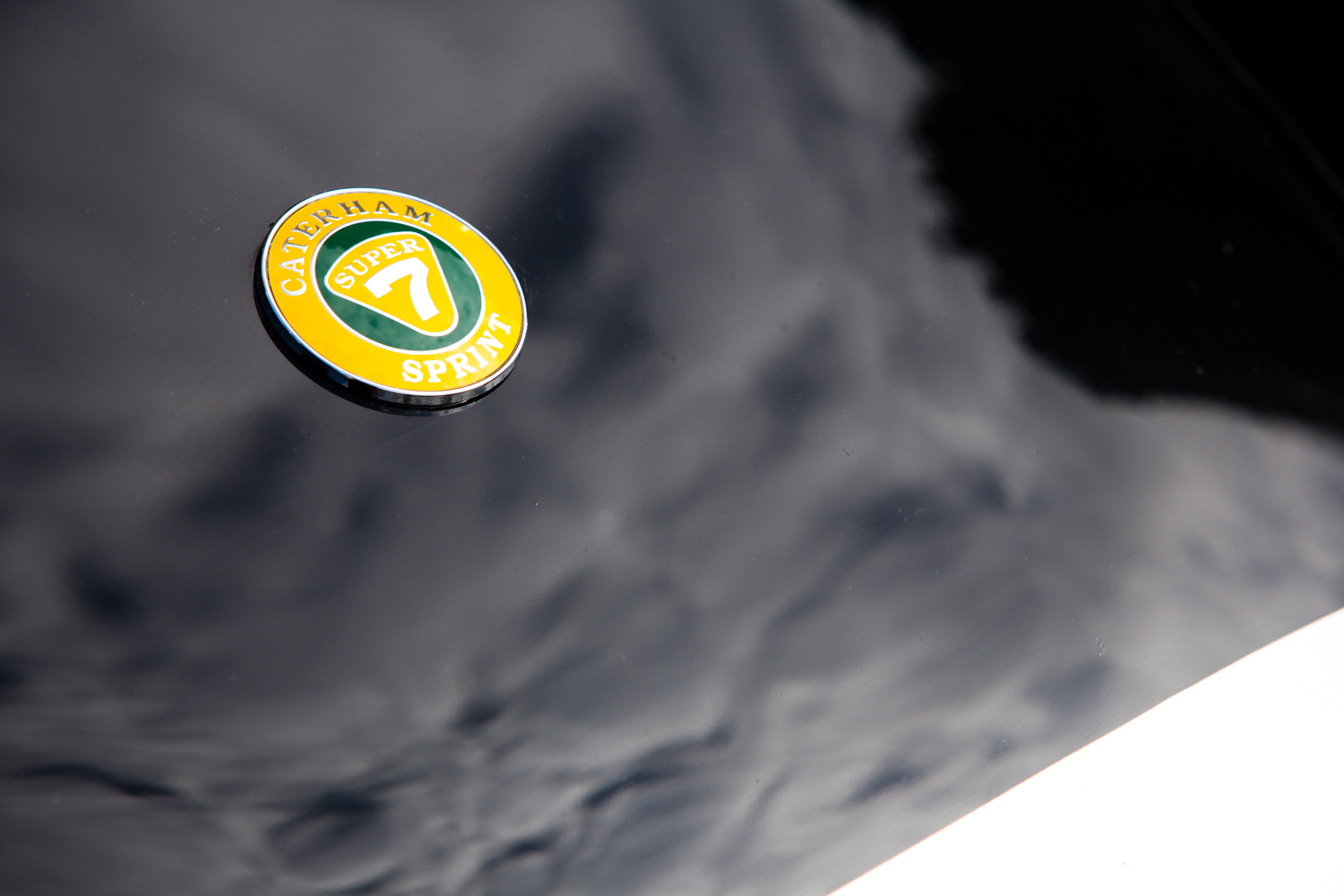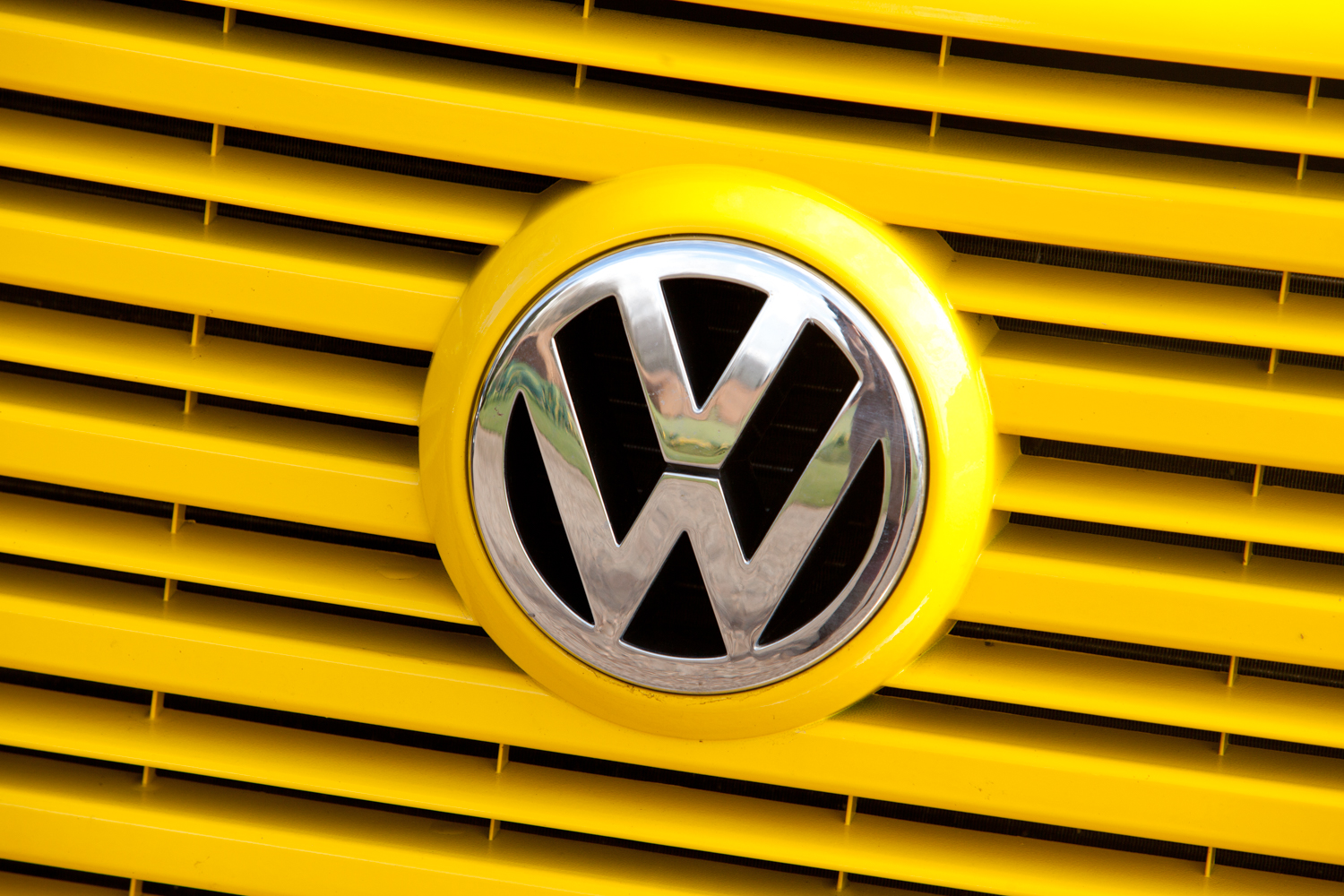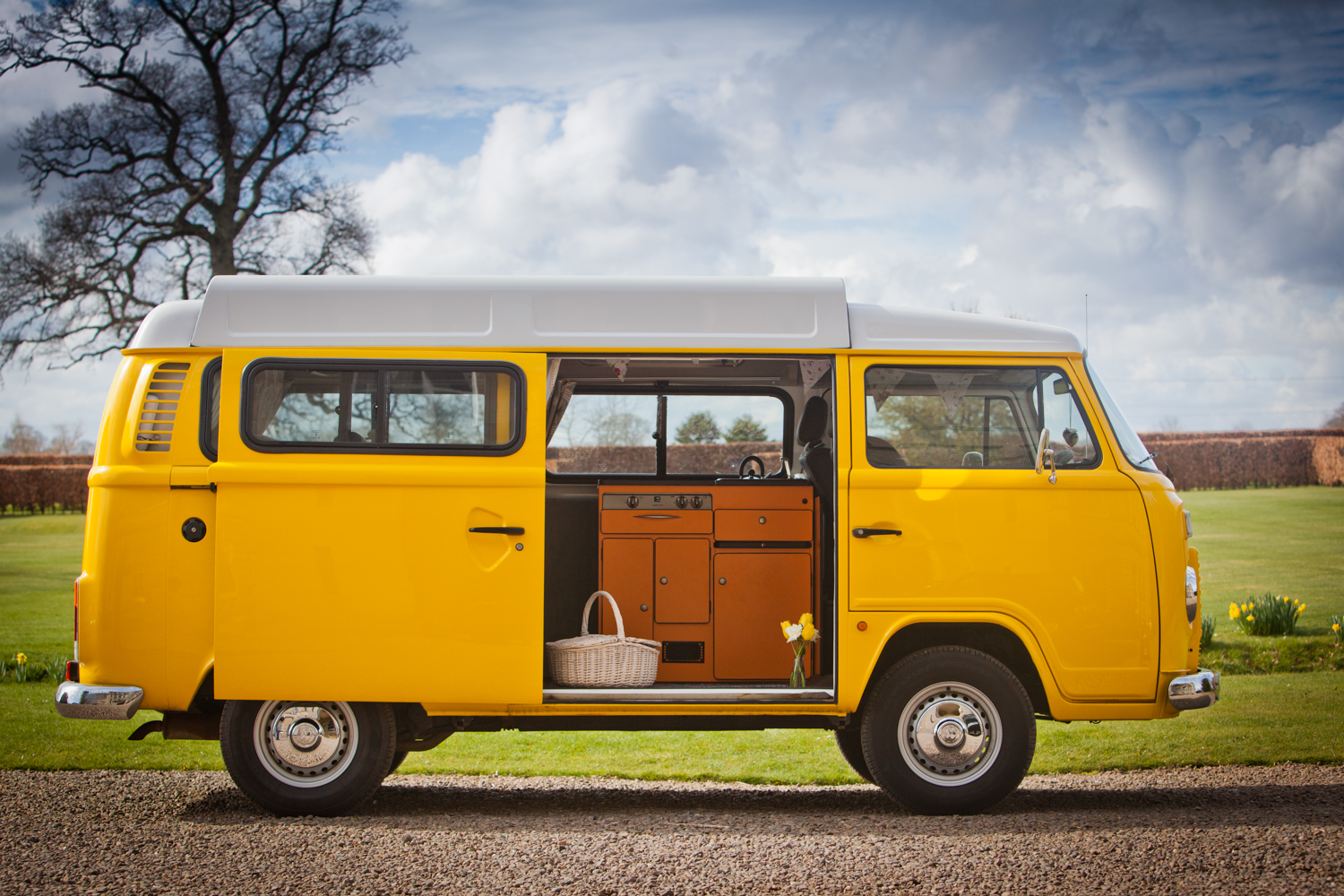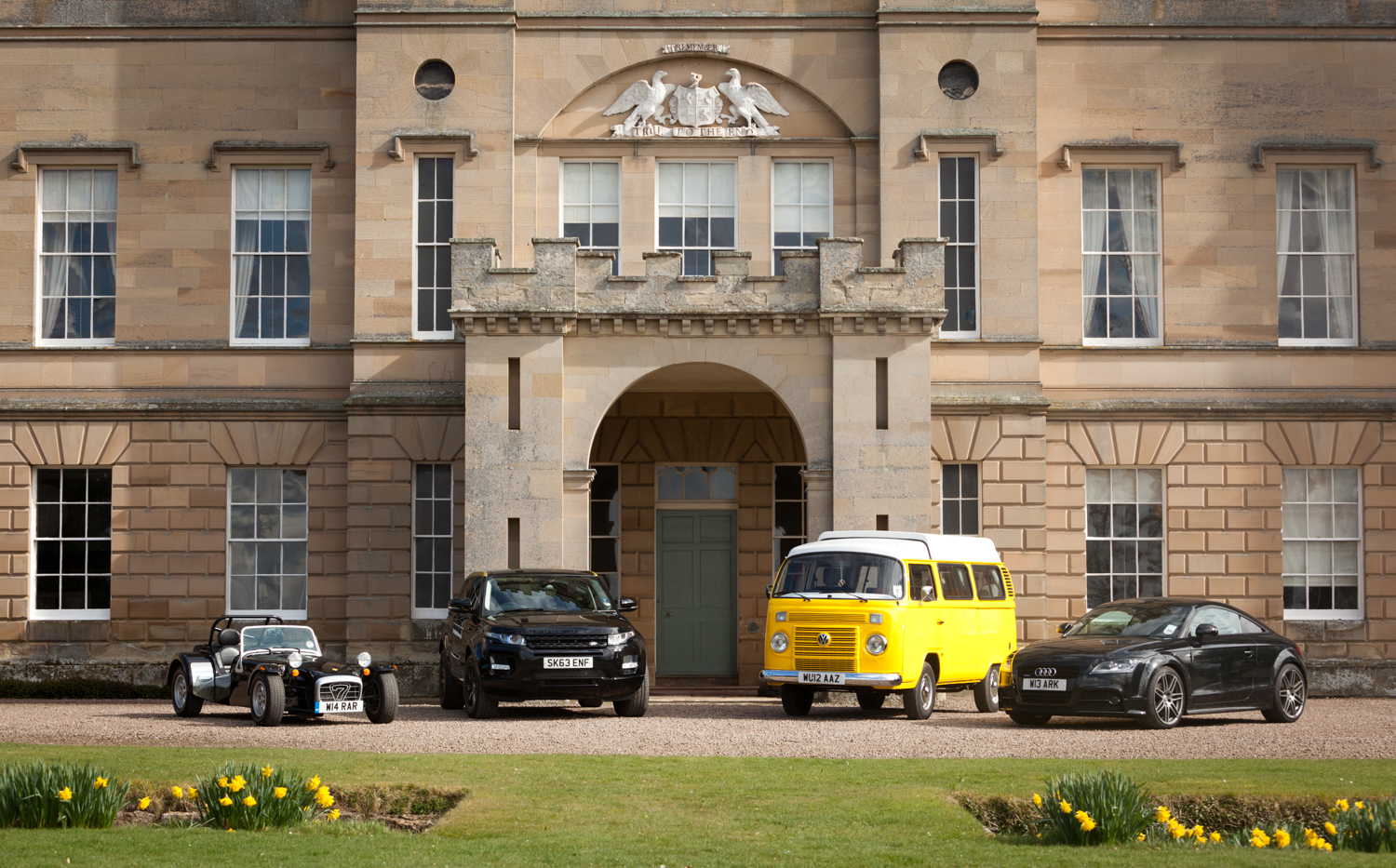Exploring Mill Pond Flower Farm: and A Journey into The Business Of Selling Flowers
I had the amazing opportunity to visit Mill Pond Flower Farm in Foulden, not far from Berwick but just over the border in Scotland. The flower farm, run by Paula Baxter is also the home of The Business Of Selling Flowers run by Paula, and two other dedicated, full-time flower farmers named Carol and Claire, who live elsewhere in the UK but the three come together now and again to help each other out and to discuss their work and have a photoshoot together. Join me as we delve into this charming farm, discover their online courses, and get to know the passionate individuals behind it all.
Mill Pond Flower Farm captivates me with its rustic beauty. The picturesque farm, with views of the Cheviots, offers a tranquil haven for flower enthusiasts and nature lovers alike.
Empowering Flower Farmers Through their online courses, Carol, Paula, and Claire's joint venture, The Business Of Selling Flowers, equips flower farmers and sellers with essential knowledge. They offer eight practical and comprehensive courses that cover topics like pricing, profit, selling, and the art of growing flowers. These courses empower individuals to become successful and profitable flower growers.
During my visit, I shared a memorable and lighthearted moment with Carol, Paula, and Claire. As I photographed them for their website and social media, they playfully turned the tables and captured behind-the-scenes shots of me. This experience shows their friendly nature and their desire to authentically represent their work.
Mill Pond Flower Farm, along with The Business Of Selling Flowers, brings together the beauty of nature and the entrepreneurial spirit. With their online courses, Carol, Paula, and Claire encourage aspiring flower farmers to thrive in the industry. My time at the farm was truly special, and I hope that these photographs serve not only as a useful illustrative branding portfolio but also as a testament to their dedication and camaraderie.
Tricks of the trade!
Taking payments in a rural setting.
Foliage for floristry
Cutting flowers
Potting table
Check out the Business Of Selling Flowers website for more info or check them out on Instagram
Enhancing the Buzz: Professional Studio Product Photography for Chain Bridge Honey Farm
Chain Bridge Honey Farm, located near Berwick upon Tweed, now takes center stage online as the harmonious blend of honey and bee products unfolds. In this article, we will delve into how professional studio product photography has enhanced the website presence of this already exceptionally popular Honey Farm. With a wide range of honey varieties including wildflower, heather, tweedside, and chunk honey, as well as exquisite beeswax candles, cosmetics, and gift sets, the Honey Farm's investment in professional photography has propelled their online brand to new heights.
At Chain Bridge Honey Farm, meticulous attention to detail and a dedication to quality form the very core of their operations. Recognising the significance of visually showcasing their products, the Honey Farm decided to invest in professional studio product photography. Their aim was to offer customers a more immersive experience that truly capture the essence and value of their offerings.
I collaborated with Frances from the Honey Farm and undertook a test shoot with some of the products and different backdrop ideas. We then embarked on a mission to present each item in its best light. Utilising expert studio lighting techniques, we ensured that every photograph exuded a clear and professional appearance while preserving the natural and wholesome qualities of the products.
One unique aspect of this project was the choice to use their wooden bee hives as backdrops. This creative decision established a visual connection between the products and their origins. The organic textures and warm hues of the hives serve as deliciously dark backdrops, fostering a consistent and authentic atmosphere throughout the product imagery.
For the website, we crafted flat-lay compositions for each product section, offering customers an intuitive navigation experience. These visually captivating flat lays now act as guideposts, leading visitors to explore the diverse offerings at Chain Bridge Honey Farm. We went on to capture seasonal shots for Easter and Christmas, showcasing alternative gifting options to chocolate eggs and highlighting the availability of gift hampers during the festive season.
Since they have started using the new professional studio product photography on their website, Chain Bridge has garnered glowing reviews from customers. Francis, the driving force behind the farm, expressed her delight to me at the uptick in online sales. While the impact on social media engagement is still being evaluated, expectations are high, as these captivating visuals are anticipated to attract and captivate a wider audience.
By faithfully representing their diverse range of honey and bee products, emphasising scale, and utilising bee hives as captivating backdrops, they have woven a visual narrative that deeply resonates with customers. The Honey Farm's unwavering commitment to excellence, coupled with our collaborative efforts, has resulted in a remarkable online presence that showcases its products in all their natural splendor.
Don't Upload Any More Photos to Your Website Without Reading This First!
Choosing the best image size and format for your product photos can easily double the speed of your website!
When it comes to choosing between jpeg and png files for your website files and photographs, there are technical pros and cons to consider.
Product pages of an e-commerce website need clear but enticing pictures of the item, and you want it to load fast online, right?
Image Formats
.jpeg
In general, jpegs are widely used online because jpeg images load quickly as they have small file sizes compared to other formats. If you want to use large images on your website you will need to compress the jpeg file. The larger the image in ‘weight’, the slower it loads. Jpeg files use ‘lossy’ compression which means that some of the data is lost each time you save it. Usually you can’t tell, but if you go too far with compression it may end up looking like a poor quality image. Lossy compression is permanent so you can’t get the quality back in a file after it has been compressed.
lifestyle product photography in jpeg format - fire bellows by https://www.firebellows.co.uk/bespoke
.jpeg files:
Have small file sizes
Have faster web loading times
Loose quality with compression
Don’t support transparency
Are great for websites with galleries and e-commerce catalogues, mastheads, banners and hero images
.png
They hold more data than a .jpeg and .png compression is ‘lossless’ which means that you can reduce the size of a png image while maintaining the quality. If you use png files online, you may notice longer loading times. png files are good for ‘cutout’ product photography online because the background of a .png file can be completely transparent. This means that you don’t get that dreaded ‘white box’ around your image if you have a coloured background on your website.
.png files:
Support transparency
Have larger file sizes
Are slower to load
Are clear, high-quality images
Are used for logo files, illustrations, small images that need transparent backgrounds, and images with text as part of a graphic.
Other Popular Image File Formats
.svg
SVG or scalable vector graphics file type is built by mathematical formulas that establish points on a grid which means that you can decrease then increase the size as many times as you like without it becoming blurry.
.gif
GIF files use 256 RGB colours and like PNG files they are lossless so do not lose quality. The colour limit is not ideal for saving photographs but solid colour graphics like logos can work. As you probably know GIFs support animation but it’s not a video you are seeing, more of a flipbook.
.ai and .psd
Adobe Illustrator and Photoshop files don’t render on browsers. You will need to convert these files to something like a jpeg or png to use them on your website.
Free Online Image Compression and Optimisation Tools
You can buy or subscribe to a software that will enable you to resize, compress and optimise your photographs which is great if you are doing this all the time as you can set up presets for different sizes and uses but if you just need to change a few images as a one-off, these websites do the job and are quick and free.
Tiny PNG: https://tinypng.com/
Optimizilla: https://imagecompressor.com/
JPEG Optimizer: http://jpeg-optimizer.com/
Resize Photos: http://www.resize-photos.com/
F.A.Q’s
What is the best image format for my website?
jpegs are best for file size but if you need to have transparency in your image, use png format.
What type of photography would be best for my business website?
Here is a link to an article that shows several different examples of professional photography from one shoot. All of them have the power to elevate your business's online presence and website, but which one would you use?
What are the ideal file sizes for photos on my website?
Use images 500 KB or less to help your site load quickly. The smaller the better! (As a guideline, I try and get my photographs under 300KB)
What file type should I use for my logo?
It depends on your logo. I use a png as I like our logo to have transparency when it is over a coloured background like this.
png file which has a transparent background
jpeg file which is ‘contained’ in a box
Can I use both png and jpeg on the same page?
Yes! I’ve used both formats on this very page!
I hope this guide helps you decide on how to format your website photography. If you have purchased product or commercial photography from Pictorial Photography, you will have received your files labelled HIGHRES and another set labelled LOWRES.
HIGHRES photographs are high resolution and ‘print ready’, these are for use on brochures and physically printed materials.
LOWRES photographs have been optimised for use online. Ready for use on your website and social media channels, we usually aim to keep them under 350KB so they won’t slow your site down. Please let us know if your web designer has specific requirements and we will export them to your preferences.
Did you know that we have a free website photography consultation service?
We can advise you on what images you need to increase your online sales or bookings. Schedule a free, no-obligation call with Sarah below:
Which of These 7 Types of Product Photography is Best for Your Business?
Have you ever wondered how to better showcase your products? Have you tried taking an artsy angle but the focus was in the wrong place? Well here are 7 different examples of professional photography that have the power to elevate your business's online presence and website.
1. Studio Backdrop
Using a simple, carefully chosen backdrop gives your product personality. It adds another bit of information about the product without being distracting. The highlight is still on the product but it is more interesting than a plain white backdrop like a lot of companies use. However a simple background is effective and common in e-commerce.
2. High Key and Cut Outs
High-key photography is just another term for photos of a product with an entirely white background, giving it a polished and professional look. With online shopping growing more common in everyday life, product photography like this is seen more but can make some products seem boring and lifeless.
Cut out photography is very similar to high key in the way the photo is actually shot but instead of keeping the white background, it is digitally removed to create a cut out shape with a see through or transparent background, otherwise called a png. Photos with a clear background like this are able to fit over any webpage seamlessly without any harsh white border making the website seem unprofessional. It does take more time to create this type of product photography but it may be just what your business needs.
3. Detail Shots
When buying online, one of the things a buyer is looking for are the details that they could find easily if they were buying in person like the inside of a drawer or close ups of a coat zipper. It is important to show potential buyers all the details of the product you are trying to sell.
Other details that you can photograph are things like your bespoke packaging if that is something unique to your business. Sometimes even simple but close up shots are wonderful for helping to showcase your designs. Having a detailed close up will highlight the quality of your product.
Groups of static products photographed together to show the variety of the products your business sells or to show bundle offers is also a good idea.
4. Proportions
Knowing what size something is before buying is essential and being able to do that from proportion shots saves time. Being able to show your product's size through proportions and scale helps a potential buyer visualise your product. There are many ways to show proportions in product photography but the most common way is by using a universal object like a human to show the size compared to them. This is even more vital when your business has multiple product sizes so that a customer can make sure they buy the correct size.
5. Lifestyle
Real life photography brings a warmth to your product and gives it a context. Seeing lit candles on a table or someone sat with a bowl of cereal shows the way a customer is intended to use a product and therefore creates a realistic feeling of what actually is being sold. This type of photography is more common within fashion and home ware industries but it is not limited to them! Creating an environment for your product may generate more interest but it could also be unnecessary for a simple product.
6. Using Models
Professional models can be expensive but anyone can be a model for a business as long as they sign a model release form to say they allow the business to use their photographs for marketing and advertising. Because of this, you or people you know can easily be used as models to show off your products. The struggles with this type of photography however lie in human flaws. Attempting to get a group to pose together at the same time can be difficult and only gets more complicated when pets or children are involved. Despite the struggle, using models in product photography creates a genuine atmosphere and lifestyle look.
7. Composed Sets
Having a carefully arranged set can create a story of the product and make connections between your product and how it was made or what it can be used for. A Flat Lay shot is commonly seen and is a good example of a composed set which is when the shot is taken from directly above the product which has been laid flat hence giving it its name.
It can be easy to overcrowd a set and use many additional props that your product is no longer the focus so be cautious about what is included and make sure everything is relevant. It doesn’t need to be complicated to be effective.
Só Madra
All of the product photography examples used in this blog are from a commercial shoot in the summer commissioned by Gillian. She runs Só Madra, her own small Borders based business, where she lovingly creates luxury dog leads and collars with help from her partner, Keith, and their 3 beautiful spaniels. Gillian has worked hard on her branding so it was important that the images provided by Pictorial Photography aligned with how she visualised her brand and its message.
Gillian used our free commercial photography brief template to communicate her brand’s story and her website goals. We then worked together to capture quality photographs at her home; on two dog walks; and in our studio, where we produced several consistent e-commerce photographs, close ups and packaging examples for her online shop.
Take a look at their range of products at www.somadra.co.uk
The Perfect Blend: Behind the Scenes at Fords the Bakers
The Perfect Blend: Behind the Scenes at Ford’s the Bakers
I visited Jim at Ford’s the Bakers (who, by the way, makes the best morning rolls in the world, hands down), to photograph his baking process when he was testing out 6 new secret blends of artisan bread.
It was fascinating to see what goes on behind the scenes and the work that goes into baking. Jim is working with suppliers to test out the new blends and the photographs will be for the supplier’s wholesale website and agency PR.
The mixing, the proofing, the dough going into the oven, and the bread coming out of the oven were all shot in one day. Then the resulting loaves of bread were brought back and photographed in the studio for product photos which will be useful for things like marketing, illustrating recipes, instructions, and online website descriptions or specifications.
James Ford & Son is a long-standing local family business, established in 1950. Fords have a shop on Hide Hill in Berwick as well as this bakery and shop that are located in the village of Norham, Northumberland, which is only a short drive from Berwick.
I photographed the Berwick Ford’s shop for the ‘Lockdown Workers’ project in 2020. The photograph below has since been used as the cover of a new novel, ‘Reggie’s Pantry’.
What’s your favourite thing to get from Ford’s?
I’d love to get some new lunchtime inspiration so please leave a comment below!
Written by Sarah
5 Things to Consider before Hiring a Commercial Photographer
Cooperative funeralcare staff, friendly, approachable, professional
1) Insurance
Most professional photographers will have full liability insurance cover for commercial work but it is certainly worth checking with them how much this is for and that it is all up to date before you decide to hire them. Large businesses and most public sector companies require the cover to be at least £5 million for liability.
2) Contracts
A photography contract protects everyone from unexpected surprises as it allows you to understand in detail what you can anticipate from the photographer’s services and exactly what they expect from you. A contract can be provided by either side as long as both sides agree.
A good contract should include:
The anticipated start date of the contract or shoot date
A summary of what each party will deliver: what will be delivered and when by the photographer; the financial total, and payment schedule
A cancellation policy
Copyright ownership and transfer of use rights (permission to use the photographs for a fixed length of time is most common in commercial photography)
Details of property and model releases required
Liability limitations
Post-production, editing, file format, and expected turnaround time
Any extra fees
Co-op Funeralcare Vehicle Range
3) Photography brief
Create a really clear brief. Photographers are amazing in many ways but telepathy is not one of our superpowers. A good creative brief can save everyone a lot of time and ensure you get the very best out of your marketing budget. Outlining and giving as much information to your photographer on the brand, your buyer personas, target audience, project goals, and USP is invaluable. You get bonus points for including visuals (we are photographers after all).
I have created a detailed explanation of what to include in each section and a free photography brief template to help you out and get you started with this.
4) Model releases for commercial publication
A model release is a written form of permission allowing you to publish a person’s image online and in marketing materials without the worry of liability and licensing claims that may arise down the road.
Model releases are not just for ‘models’. Anyone who can be identified in photography used for commercial purposes should be asked for, and give, express written permission by way of filling in a model release form. Yes, that includes happy customers, passers-by in the public domain, your staff, and even your own family members.
Model releases are also needed to use a recognisable part of the person being photographed. (For example a tattoo, a scar, or even a silhouette of someone if they have a recognisable stance or posture.)
Property releases may be required from a property owner if land or property is recognisable in the photography.
Unfortunately, putting a post on social media and sticking signage up to tell people that photography is taking place is not enough; although it is a good idea to make people aware of what is going on on the day.
An impressive fleet
5) Child models
If you are paying professional child models from a modelling agency to be in the photographs, take into consideration that you will need a chaperone to be available and extra time before the shoot to acquire a performance licence approved by the council where the child resides, even if the work is out of school hours.
Every council seems to be different in how they handle these requests but in my experience, the turnaround time is never less than a fortnight and the paperwork and evidence required can be extensive. For more information on child employment permits see here: https://www.gov.uk/child-employment/restrictions-on-child-employment
Funeral home interior
Please be aware that the information provided by this blog is subject to change. We recommend that you do not take any information held within as a definitive guide to the law or the relevant matter being discussed. You are advised to seek legal or professional advice where necessary rather than relying on the content supplied by the author of this blog.
Due to the nature of the matters discussed on this blog, the information contained within it and any pages linked to it are clearly subject to change, without warning. The law, regulations and other forms of legal governance are constantly changing and adapting to meet the needs of the modern world and it is impossible to comprehensively detail the nature of such within the confines of a blog in a concise, up-to-date manner.
Let me know in the comments below if you have any questions about the free photography brief template.
How to Prepare your Holiday Let for Stress Free Interior Photography
The Drawing Office, Berwick
I have worked with hundreds of holiday let owners in Northumberland and The Scottish Borders over the years. Growing up, my mum always had holiday accommodation in Berwick and recently my husband and I renovated the floor above my photography studio so now I even own a holiday apartment. This means that I have a really good understanding of the local tourism business and how I can make life easier for holiday accommodation owners when photographing their holiday lets in a way that fully showcases them.
There’s no need to stress about a photoshoot! The most important thing is to make sure the holiday let looks exactly as it would be when your guests arrive.
Other tips would be:
Turn on all the lights and lamps before the shoot
Have the bed(s) made and ready with clean sheets
Make sure the windows are clean on both the inside and the outside
Close all toilet sets and use fluffy towels on any handrails
If there are any thank you gifts you will regularly be giving to holidaymakers, buy some wine or flowers in advance
Before every shoot, I schedule a consultation call to ensure that we get the best results possible from the session. If like me, you like to be well prepared in advance you can download my property photography prep checklist below for free.
Ideally, you would be there for the photography but if you can't be around I can arrange key collection and get on with your photography with minimum fuss, saving you time away from your busy schedule.
Starting with me taking a short walk around the local area can provide you with a multitude of photos to choose from which will give prospective holidaymakers a feel of the sights and attractions they can expect to enjoy when they visit your place.
So, if you would like to make a huge improvement to your bookings this year my product photography package deal is perfect for holiday cottages, guest houses and hotels.
Or why not book a call?
Written by Sarah
Why You Need a Website for Your Holiday Let
This is The Summerhouse, a newly renovated cottage on a Scottish Borders estate. It has an idyllic lakeside location and is perfect for glorious walks so, of course, I had to take a lovely walk to get some of the photos.
It has a delightful and secluded garden overlooking the lake as well as a private access road and parking immediately outside. A perfect family retreat with total peace and tranquillity!
I photographed the holiday cottage just as it was being finished and I am delighted to see that the accommodation has already had loads of bookings for this year. I think the owners may be putting The Summerhouse on other third-party websites, but they do have their own website https://www.summerhousestays.co.uk.
Having your own website for holiday lets is a great idea because you pay no commission on the bookings you receive. Commission on booking sites can be as high as 22% so it is always worth taking your own bookings where possible.
You would also have more control over what your website says and how it looks so you can include as many pictures or stories about the property as you would like without hitting a character limit.
“Sarah has done photos for us for two holiday cottages and for my professional website.
Sarah is a great photographer and a lovely person to work with. She works to a high standard, always supplying well-crafted, lucid and perceptive photos that work really well. She has an eye for unusual angles and details that give her photos extra character. And she is a very approachable person to work with, always ready to go the extra mile (literally!) and very reliable. She is flexible in arranging appointments and prompt in producing work. Definitely our first choice and I would thoroughly recommend her.”
Thinking about having your holiday let professionally photographed, but still have questions? Book a call to discuss what photography would best help you and your business.
Written by Sarah
How to Write a Brilliant Commercial Photography Brief
How to Write a Brilliant Commercial Photography Brief
I’ve seen loads of photography briefs: good ones, great ones, and some bad ones. Drawing on experience, I’m going to offer some tips and advice for preparing one that will really make the most of your session.
So you might be wondering why do you need to give your photographer a brief? Or what is a creative brief? It might help if I explain what a photography brief is first.
A creative brief is a summary of requirements and agreements between the client and the photographer. It should list facts and other details to give an overall view of the plan and project. A good photography brief will help your photographer understand your brand and target market. It will demonstrate how the photographs are going to be used and set out basics like time, location, budget, and file delivery. A great brief can save a huge amount of time and ensure the success and effectiveness of your shoot, campaign, or project.
Allocating a marketing campaign budget can be stressful but writing a brief will ensure you get the best out of the creative element and maximise your return on investment in terms of your photographer’s time and creativity.
Address and Postcode of Venue/Location of Shoot
If the location is outside, include details of a backup location somewhere undercover or inside. Make sure you include a postcode and attach a google maps link or quick sketch of the location for bonus points!
Date, Time and Schedule
For larger and more complex projects, a schedule or timetable can save a lot of time. For example, if a large team are having portraits taken they can each have their own allotted time to arrive; not only will the team feel happier, but it ensures the photographs will turn out better as they won’t have to stand in line and feel embarrassed in front of others. Everything will run smoothly and you will look super efficient!
Target Audience
Identify who the photographs are aimed at or who the target viewers are. Knowing the kind of audience a project is expected to have will help your photographer come up with creative ideas that suit the interests of those people.
Brand Info
Unless you have used the photographer before, assume that they know nothing about the brand. Include brand colour info, brand guidelines, logos, ethos etc - every detail helps!
Objective / Project Goals
What should the audience see, feel, or do the first time they see the photographs? Do you want them to feel inspired to take action? Identify clear goals for the project. What problem is the overall project trying to solve?
Usage
List what the images are going to be used for. Think about: different social media platforms; whether any will be used for PR, on the company website or in your brochures, or on billboards. Specify which media the photographs are to be used in, and the length of exposure (how long the photos will be on the internet).
Format
Do any of the shots need to be in landscape or portrait orientation? Would square or a mixture of formats be more useful?
Examples
Include previous photo examples of what has worked well in the past. If you don’t have many good existing photographs already, you could send something like a Pinterest board of the style of images you like that would work for your project. Bad examples can be useful (but not as useful as the good examples) - if you are including bad examples, don’t get them mixed up!
Shot List
If this is not clear from the objective/project goals section, think about photographs that will be really useful to have. What is lacking in your portfolio? Look through the company website and think about your scheduled social media posts. Are there any that could do with a better photograph? Check through the printed literature for ideas of what could be improved on or what is lacking or needs to be changed before the next print run.
Models and Roles
List who will be in the photographs. Sometimes it makes sense to combine models and roles with your shot list.
Model releases are always required if using people, paid staff or otherwise. Some companies prefer to design their own model release documentation; here is a very detailed one from The Royal Photographic Society. There are also some really good mobile apps available for model releases. It is a good idea to have your model releases filled in and signed in advance of the shoot, if possible, as it will save a lot of time on the day.
If you are using company staff in the photographs, give them plenty of notice; no one likes to have this sprung on them the morning of a shoot. Make sure uniforms are smart and complete and find out if any safety equipment is required for a job (and therefore needs to be worn by staff in the photographs). If that is the case, make sure the equipment is available for them and let the photographer know it needs to be worn.
Other Useful Info
This section hugely varies from company to company and from shoot to shoot but can include things like available lighting, equipment, props, if rooms have been booked, parking, health and safety, PPE equipment required, the site passes, meal arrangements, location permission, or special rules of the location.
Delivery
If you have deadlines that need to be met, this is the time to say!
List preferred methods of file delivery. If you are unsure, check whether your office firewall will allow services like ‘We Transfer’ or ‘Drop Box’. If not, you will probably require a USB memory stick which can take longer, especially if it needs to be posted out, so take this into consideration with your deadlines.
Jpeg is the industry standard for the file format. Let your photographer know if you or your designer need another file type.
Think about end-use. You could save some time by asking your photographer to deliver high resolution and web resolution (at a specified file size for your website or preferred social media platform). They will have software to quickly and easily batch-process the images ready for you to use. Consider asking for ‘letterbox images’ (wide but not tall) for banners or ads; or some photos specifically in square format for Instagram. Just let them know what you might need. You can find out sizes from your web designer and the help pages on your chosen social media platform.
Payment and Rights
Detail the agreed payment and where the invoice needs to be sent. State any purchase order or other info that needs to be included. This saves a lot of time emailing back and forth after the shoot.
If you have agreed on special rights, release, copyright, or exclusivity this should be noted here to ensure that everybody is on the same page.
Contact Details
It’s important for everyone to have team members’ details in case of unforeseen delays and last-minute changes to the plan.
Call your photographer after sending them the brief to discuss ideas before the commission. They may have experience in similar shoots and could have some really useful knowledge that could save you a lot of time and money.
Template
Download the free sample template below and use the explanations above to build a well-rounded photography brief for your next project or campaign. Remember to keep it as short as possible (2 pages max) but include as much information as you can.
Written by Sarah
A Great Blend of PR, Headshots, and Product Photography for Innovative Local Firm, Silvery Tweed Cereals
Over the last few years, we have completed quite a variety of photography work for Silvery Tweed Cereals, from Headshots of lab technicians and managers to new machinery and facilities, and large fleet vehicles.
We have also covered events and charitable activities for STC who have been celebrating their 175th anniversary. One event that sticks in my mind was a great summer fete for their staff. The fete raised £1500 which was donated to local charities; Berwick Lifeboats, Berwickshire Riders for the Disabled Association, The Grove School, and Berwick Cancer Cars.
Another charitable activity we covered was the new ‘Silvery Tweed Technical Centre’ at Berwick Middle School. STC funded a school kitchen refurbishment, which included six new ovens, pasta machines, a barbecue, UV bacteria lights, chopping boards and utensils, nutritional analysis software, as well as a new lighting system and painting. https://www.silverytweedcereals.co.uk/News-and-Updates/
More recently we completed a project with Silvery Tweed and Fords the Bakers who tested out 6 new blends for artisan bread. You can read about it here on the blog, or on British Baker Magazine or in the local press, Northumberland Gazette.
These are the beautiful breads made from the blends by Fords the Bakers. I spent an afternoon photographing the loaves of bread in the studio with technicians from STC. These photos will be used: to advertise the new blends; as product photography for their brochures and website; and in sales catalogs.
Product photography session in the studio for prop hire business Get Knotted
Product photography in the studio on a plain grey background to show the quality and detail of some of Get Knotted's prop hire items for their website and blog.
Get-Knotted is a wedding and prop hire company based in Earlston, Scottish Borders. They offer floristry, styling and have a fantastic working relationship with many of the bigger wedding venues in the borders and Northumberland.
“It is always great to work with Sarah. We have collaborated on many projects and she is always great fun, massively talented and patient. I recommend her not only for wedding photography but also commercial work.”
Product Photoshoot: We Are Rushworth, Designer Knitwear Fashion
Product Photoshoot: We Are Rushworth, Designer Knitwear Fashion
This week we had a great shoot with 2 local models, Shaun and Dawn, for the designer brand We Are Rushworth. The styling and direction was led by designer Victoria Rushworth who was assisted by Georgia Thorburn (Georgia's creative mood boards were fantastically useful).
Make up by MUA Eren Saygilier, Bridge Street, Berwick.
After the studio work was done, we retreated to an old warehouse next door for some location work. We had an outdoor place in mind but it was raining so we might use that location on a new shoot.
Their story goes: We are sharp. We like to find our own way. We have imagination. We appreciate effort. We are not perfect. We are aiming high. We are Rushworth... are you?
I was glad of all the help in direction as WAR (We Are Rushworth) have a very strong brand that they follow so consistency is very important in terms of the look and feel of the images.
We Are Rushworth have projectWAR, a small and bijoux shop in West Street, Berwick upon Tweed, which is very much worth a visit but if you can't make it they also have a nice web presence here https://www.wearerushworth.com/
Written by Sarah
Luxe Spa Studio Product Shoot
A bit different to our usual studio work, today I photographed some spa and pool chemicals for the Luxe Spa website. Luxe Spa required 'cut out' white background images to match in with what was already on their website. The photographs needed to be clean and simple to accurately display their products on the online e-commerce website.
Product Photography for Hide and Tweed's Lovely Gift Range
Julie handcrafts her own limited range of beautiful leather gifts to sell on etsy. https://www.etsy.com/uk/shop/HideandTweed
We shot product description photographs to showcase her work online using an old barn door I had here in the studio to give a more natural look to the photography.
Specialist Car and Campervan Rental Website Photography at Wedderburn Castle
I've been allowed to drive some superb cars in the name of photography. Just look at this VW Bumblebee Camper Van; it’s my favourite, and you can even watch movies on the dashboard!
Car photography is not my usual line of work but this job was a real joy. The owners of Arkvendor Specialist Car Hire have some stunning vehicles to hire and wanted to showcase some on their website. Our friends at Wedderburn Castle allowed us the use of their grounds for this photo shoot which makes it extra special. It’s a real cross-border collaboration.
Written by Sarah
